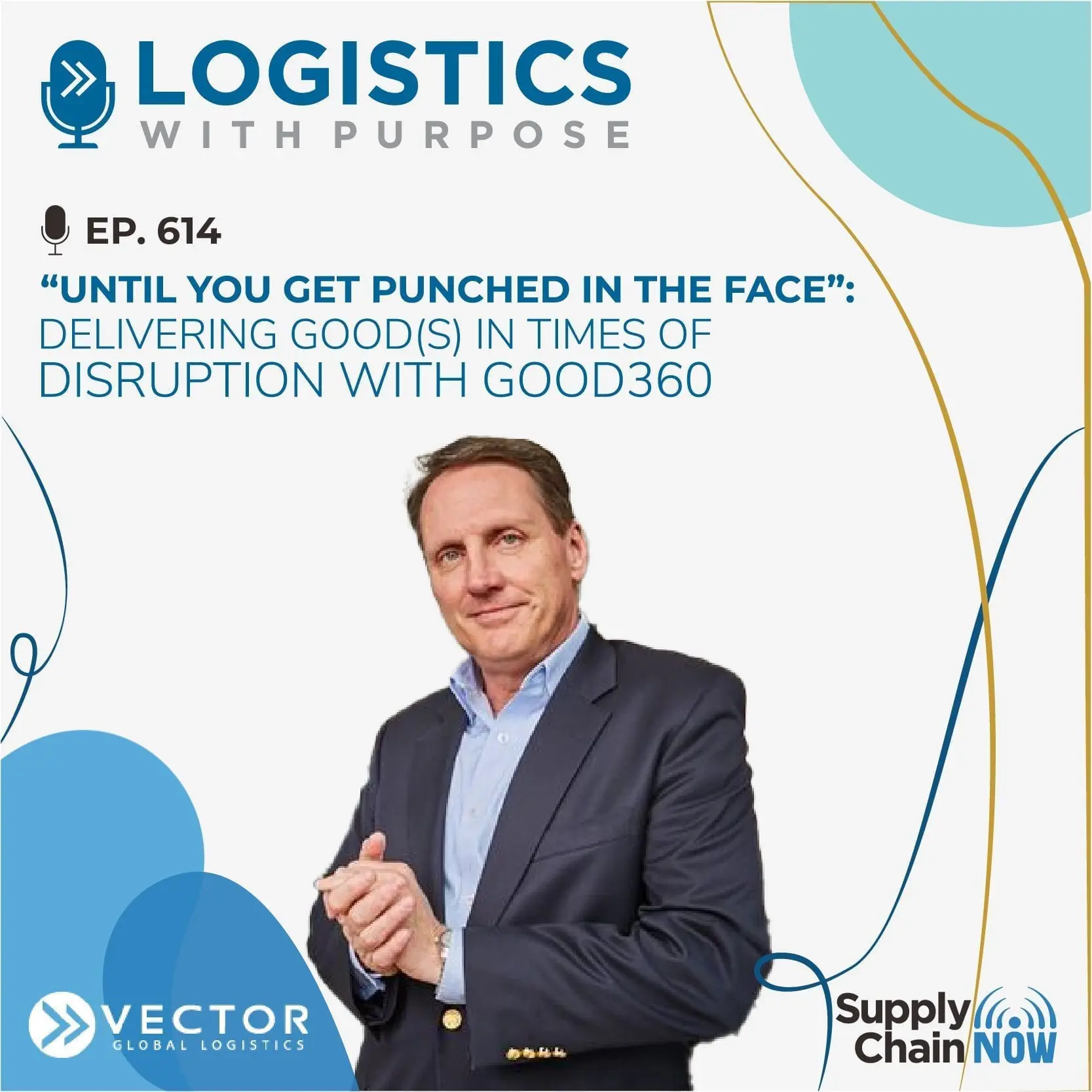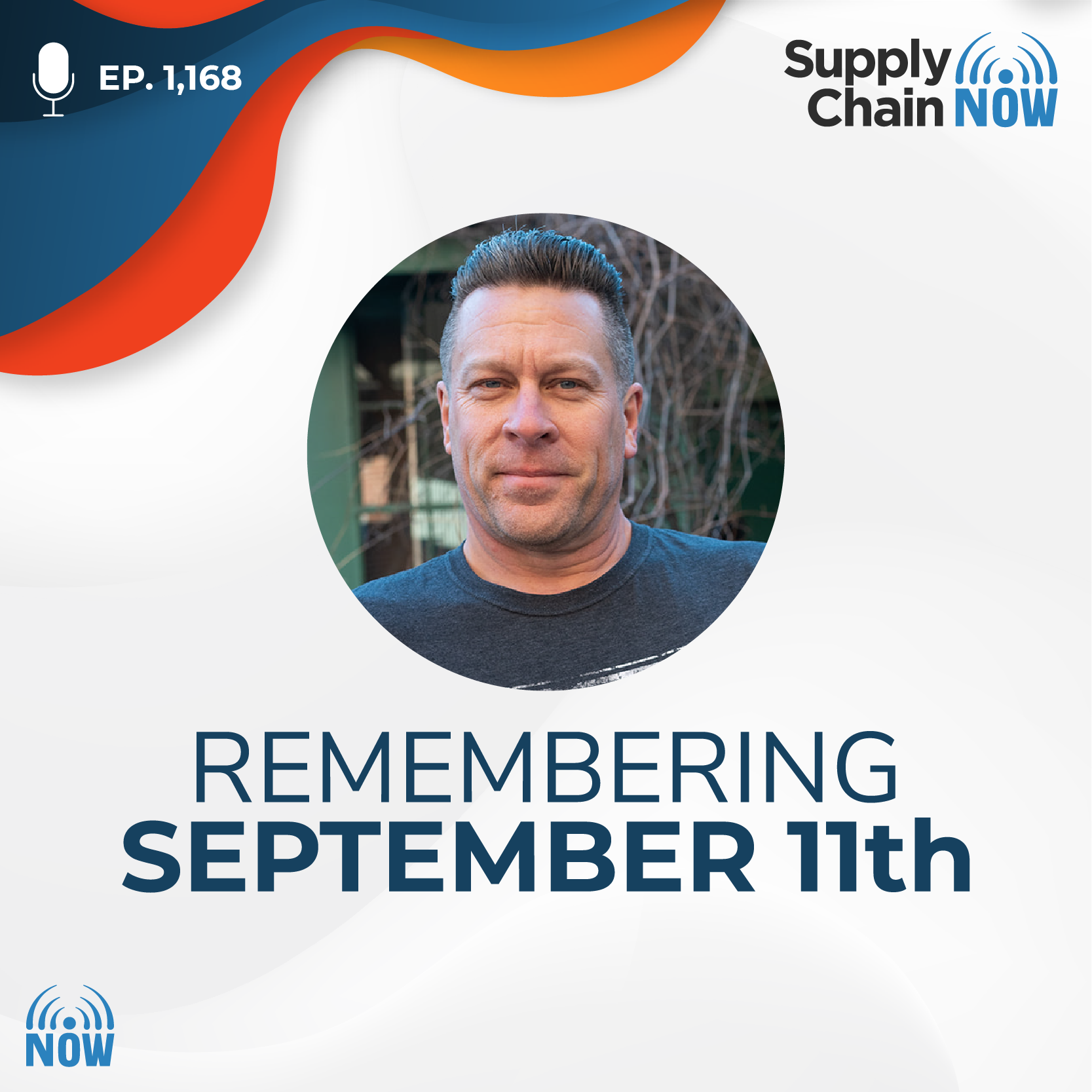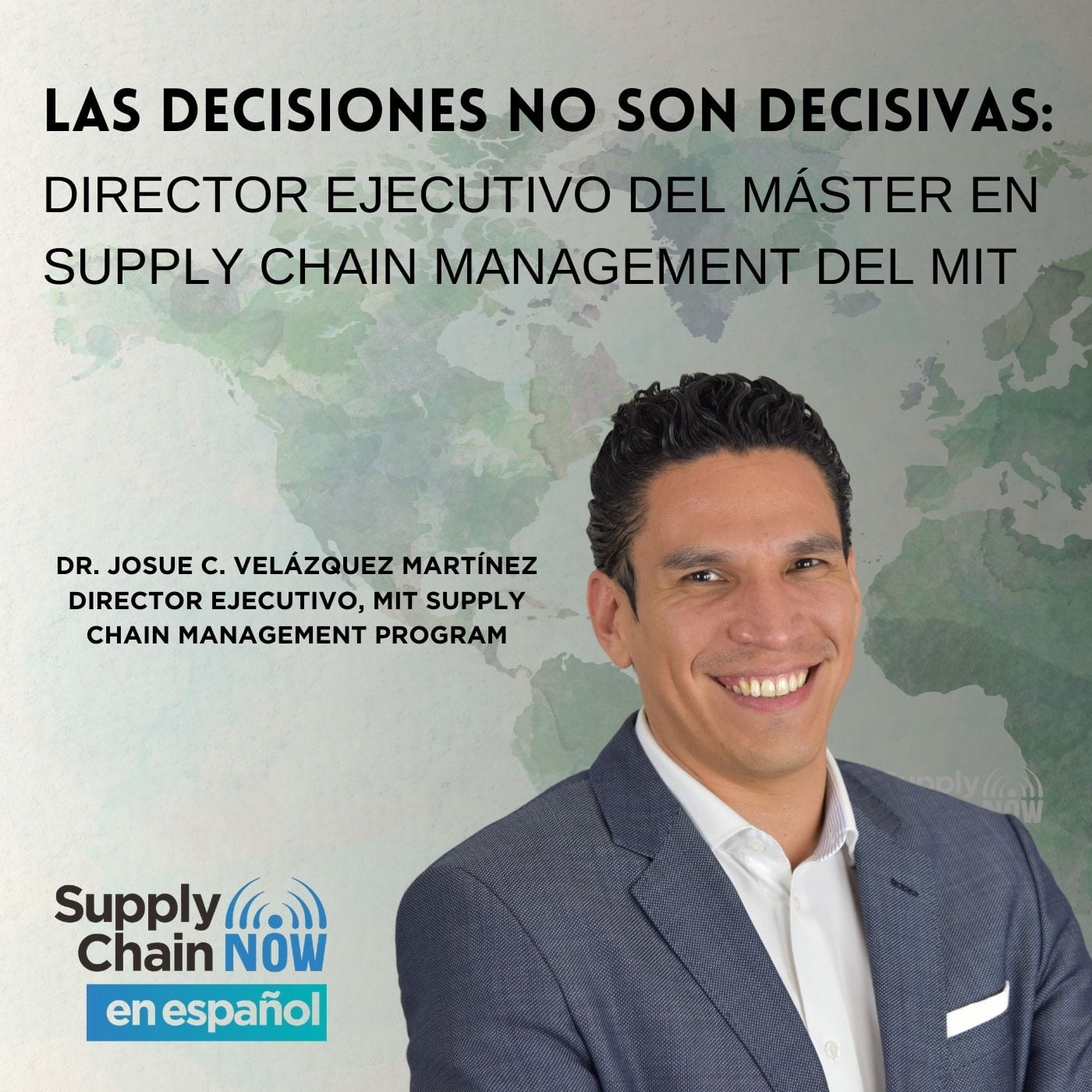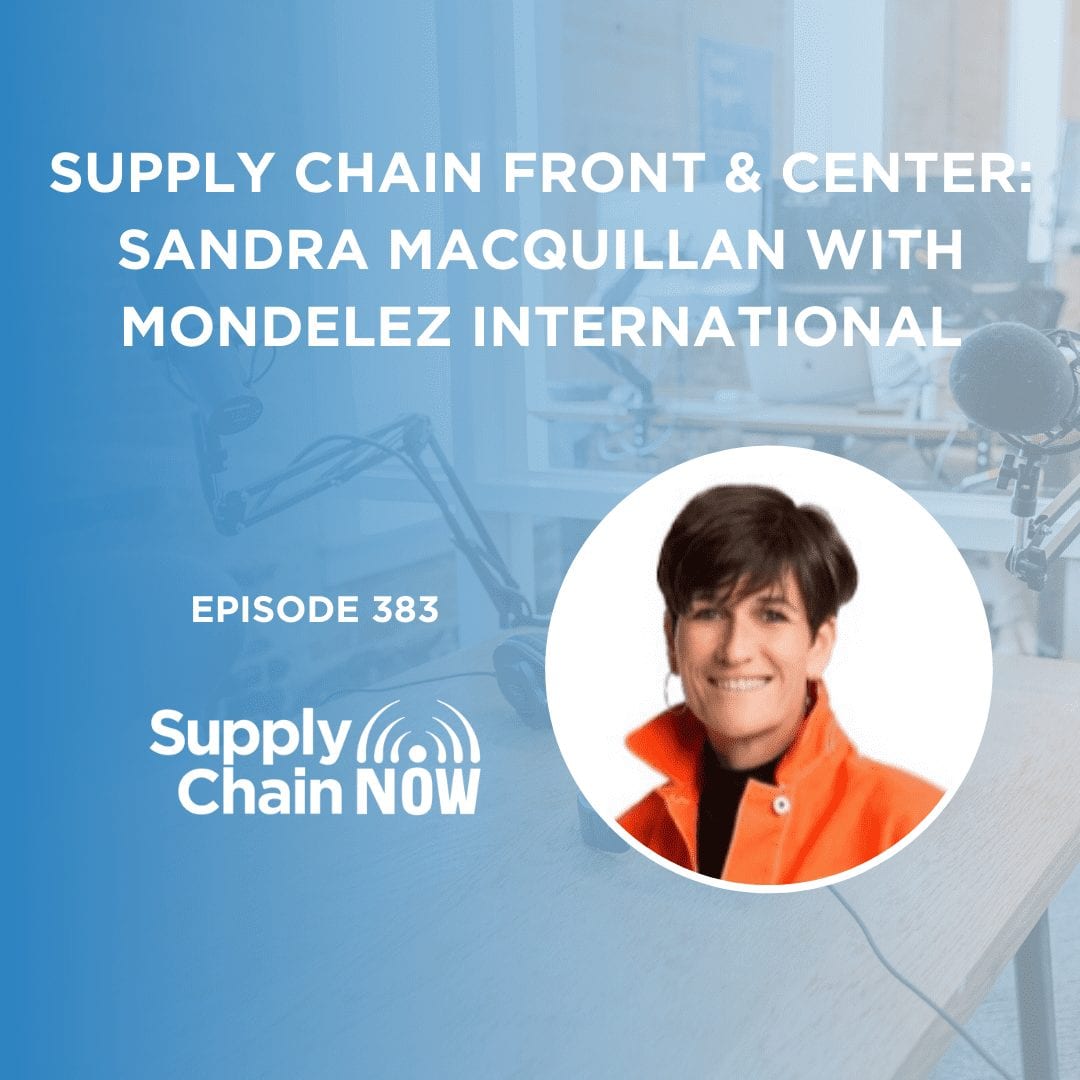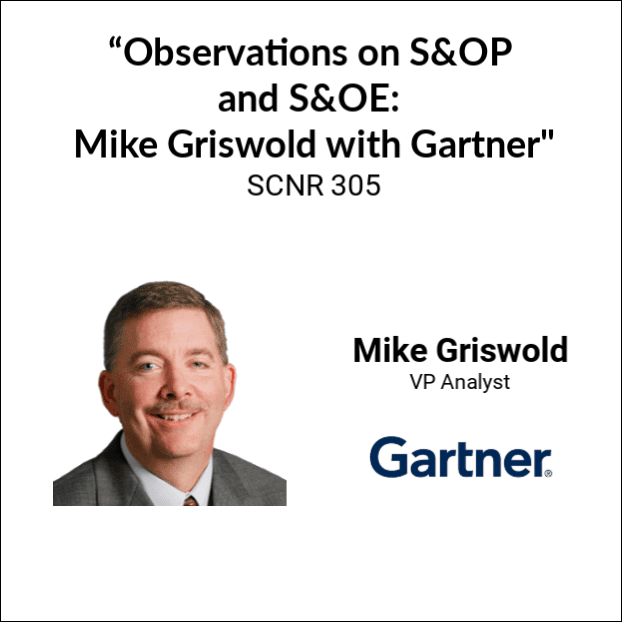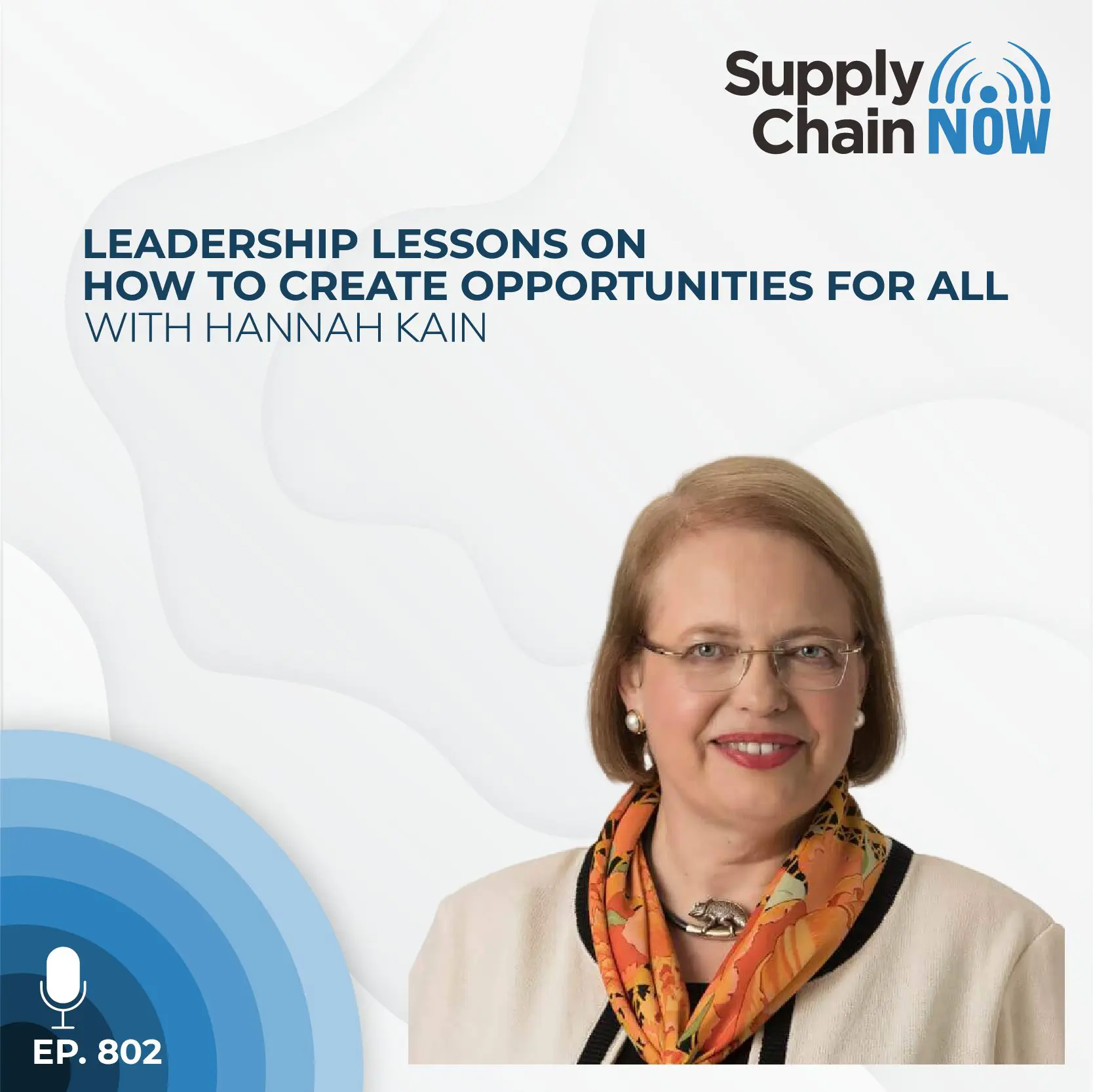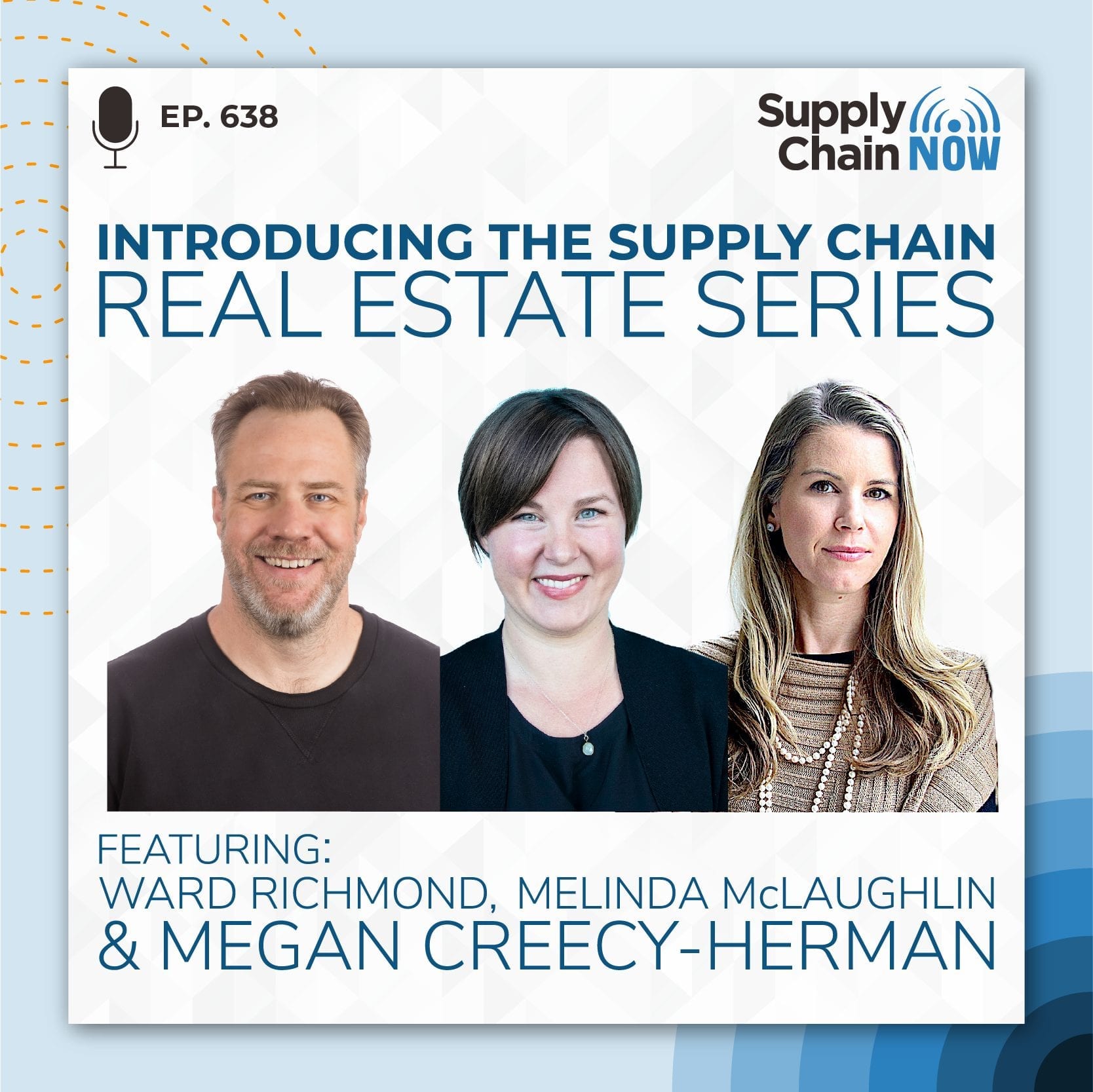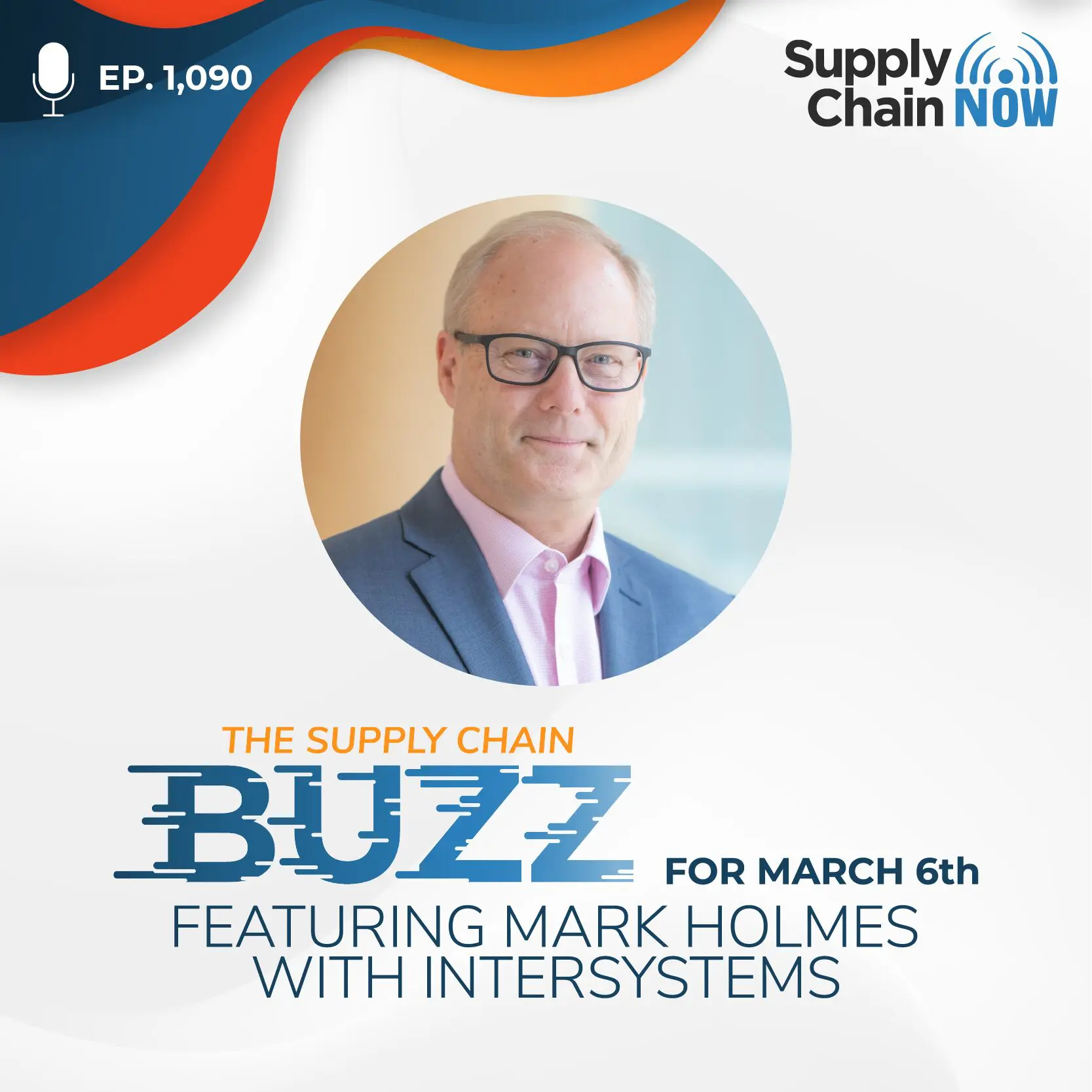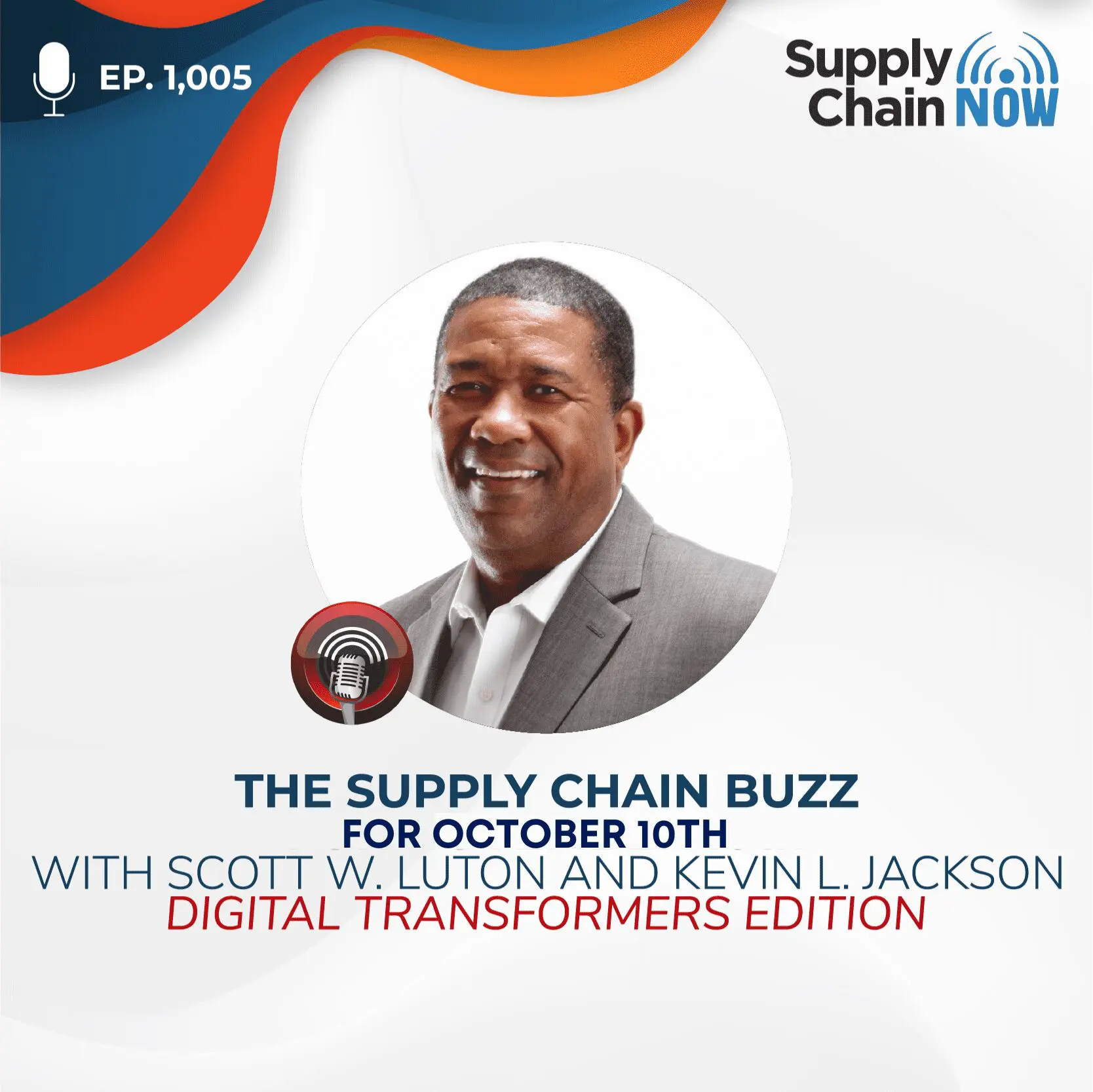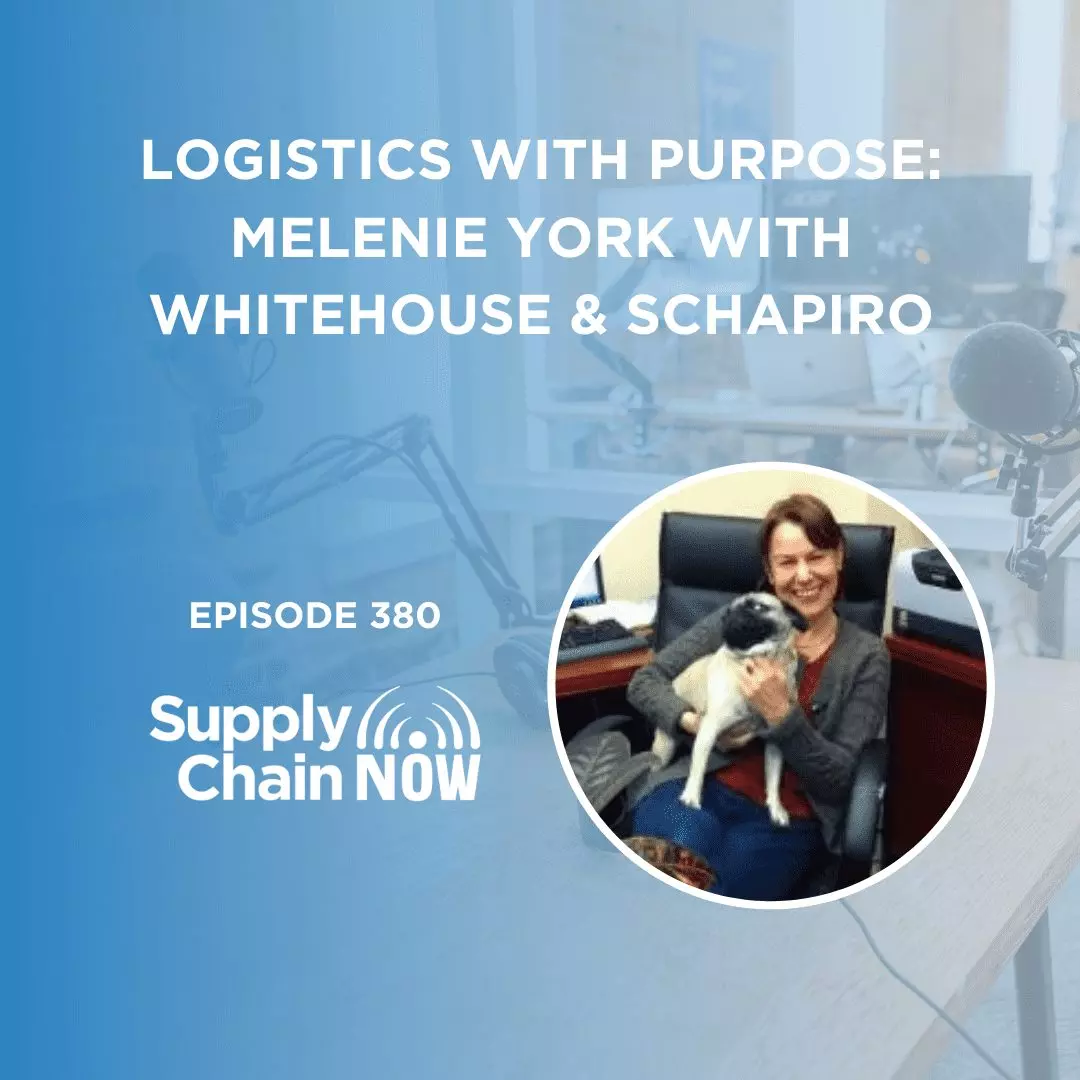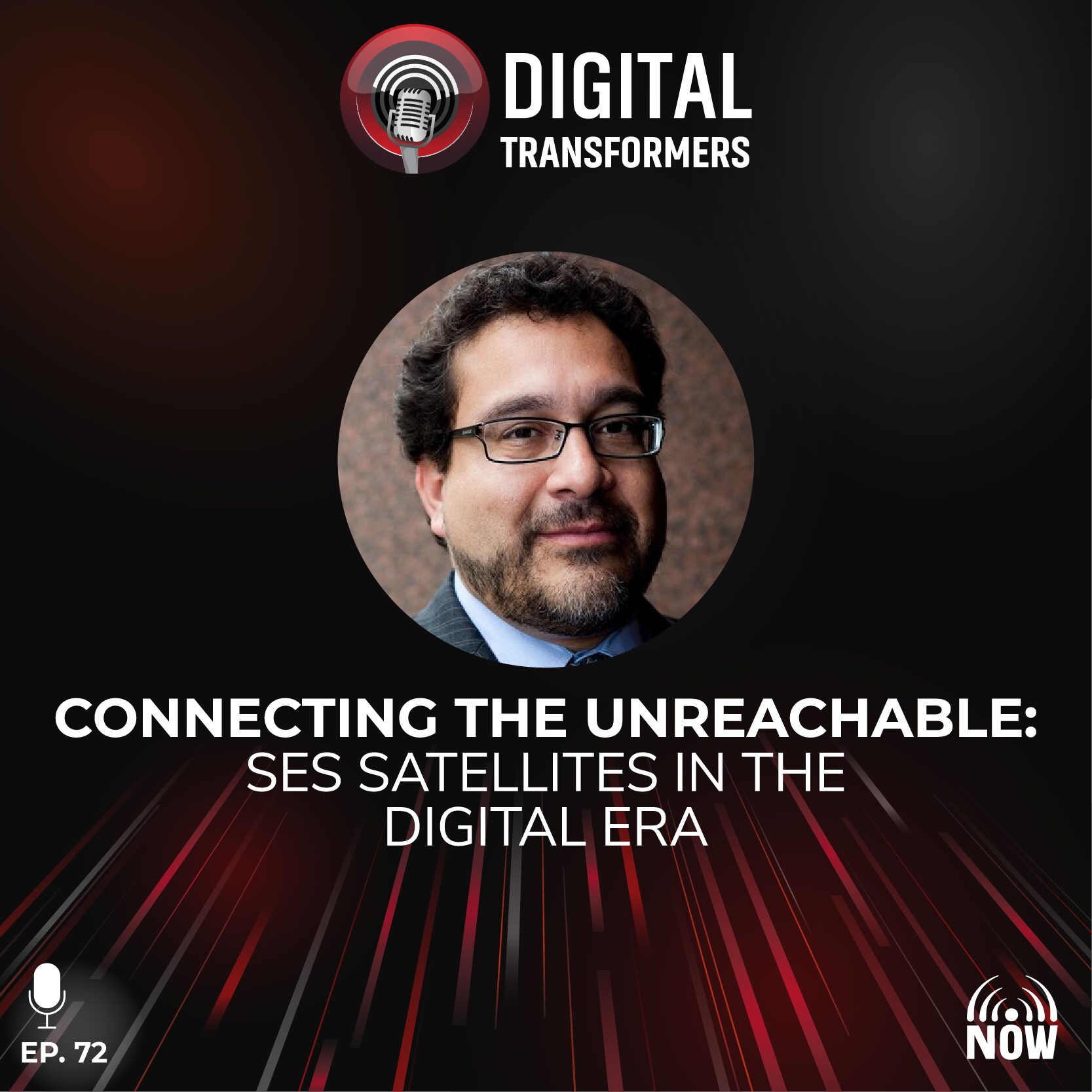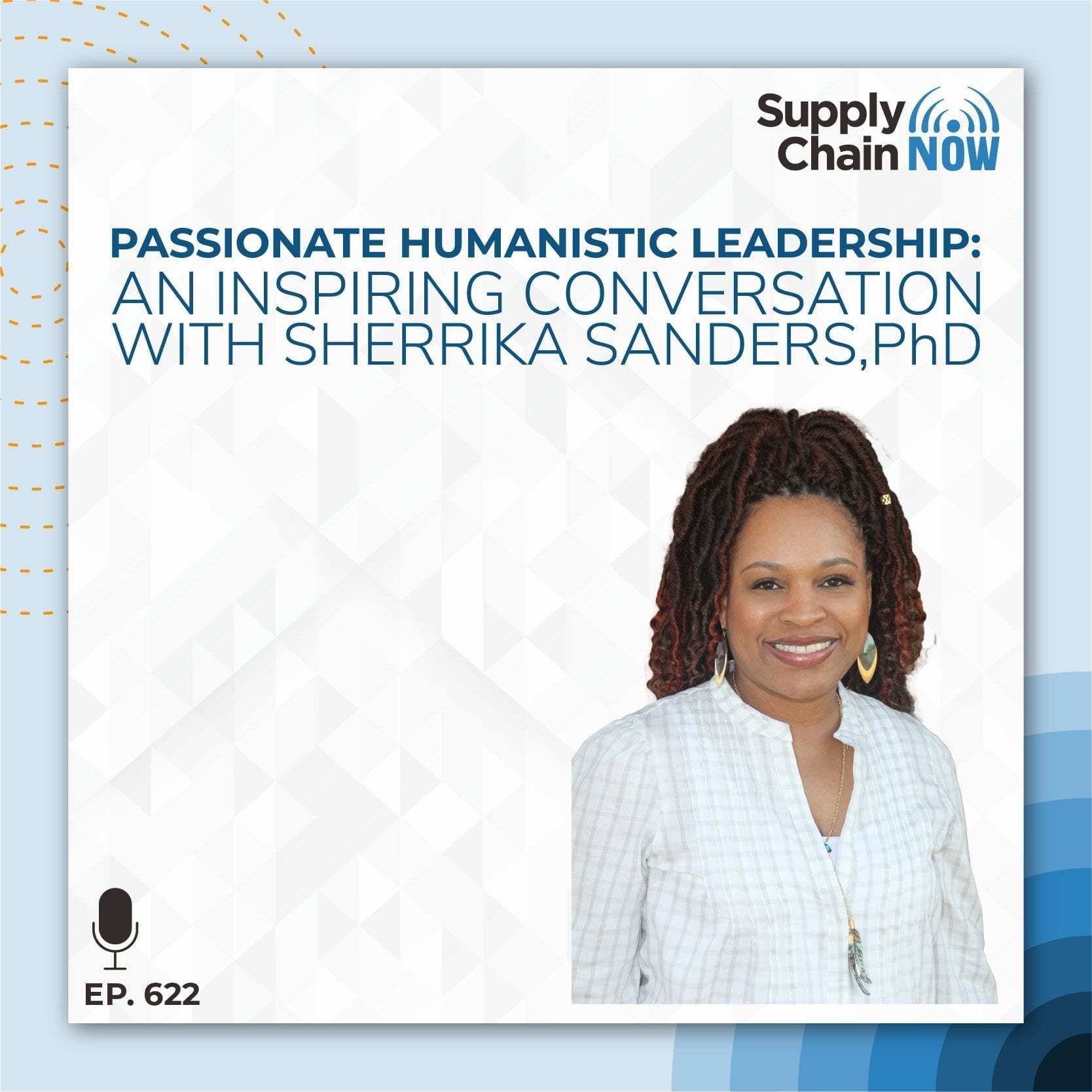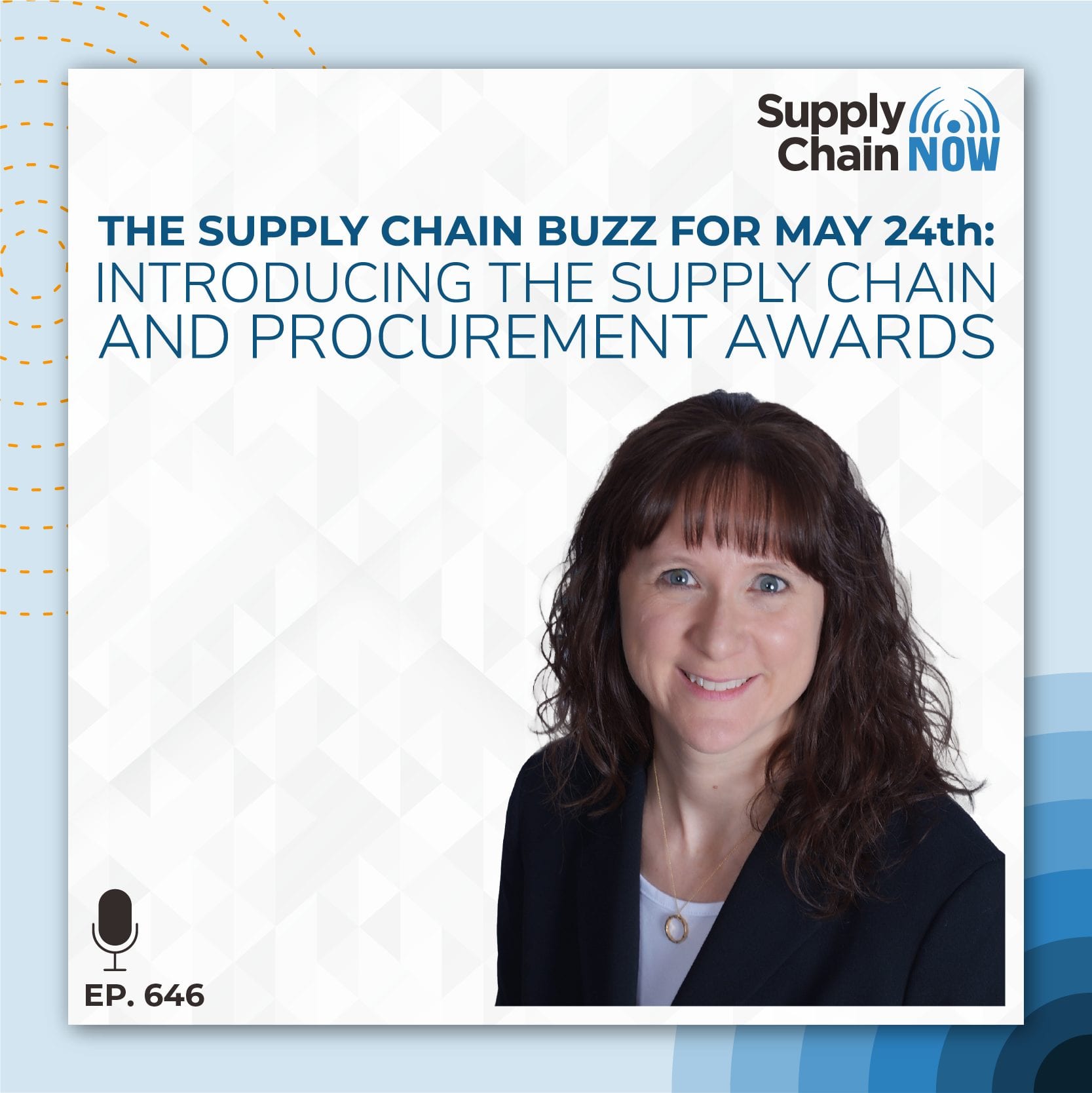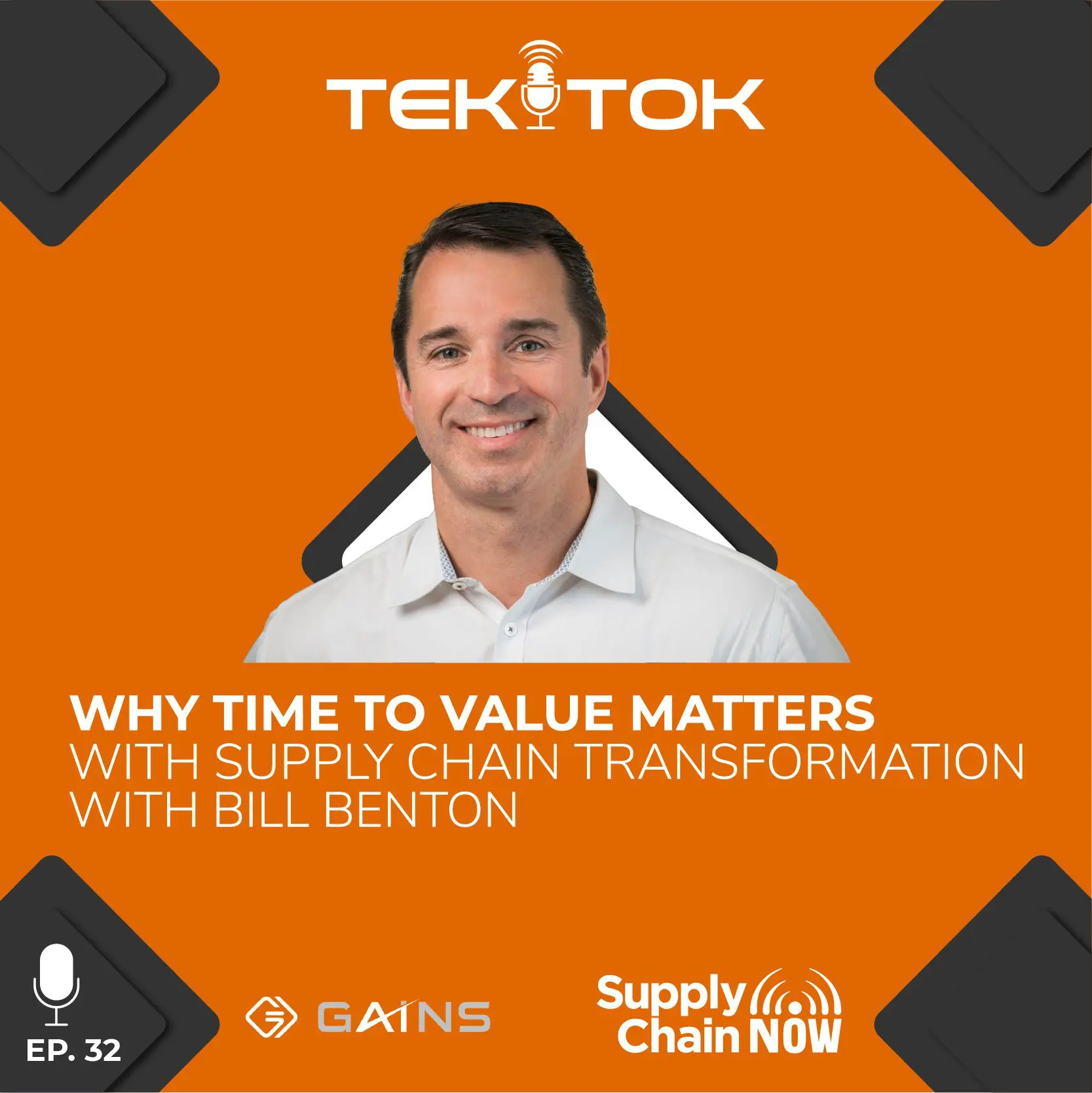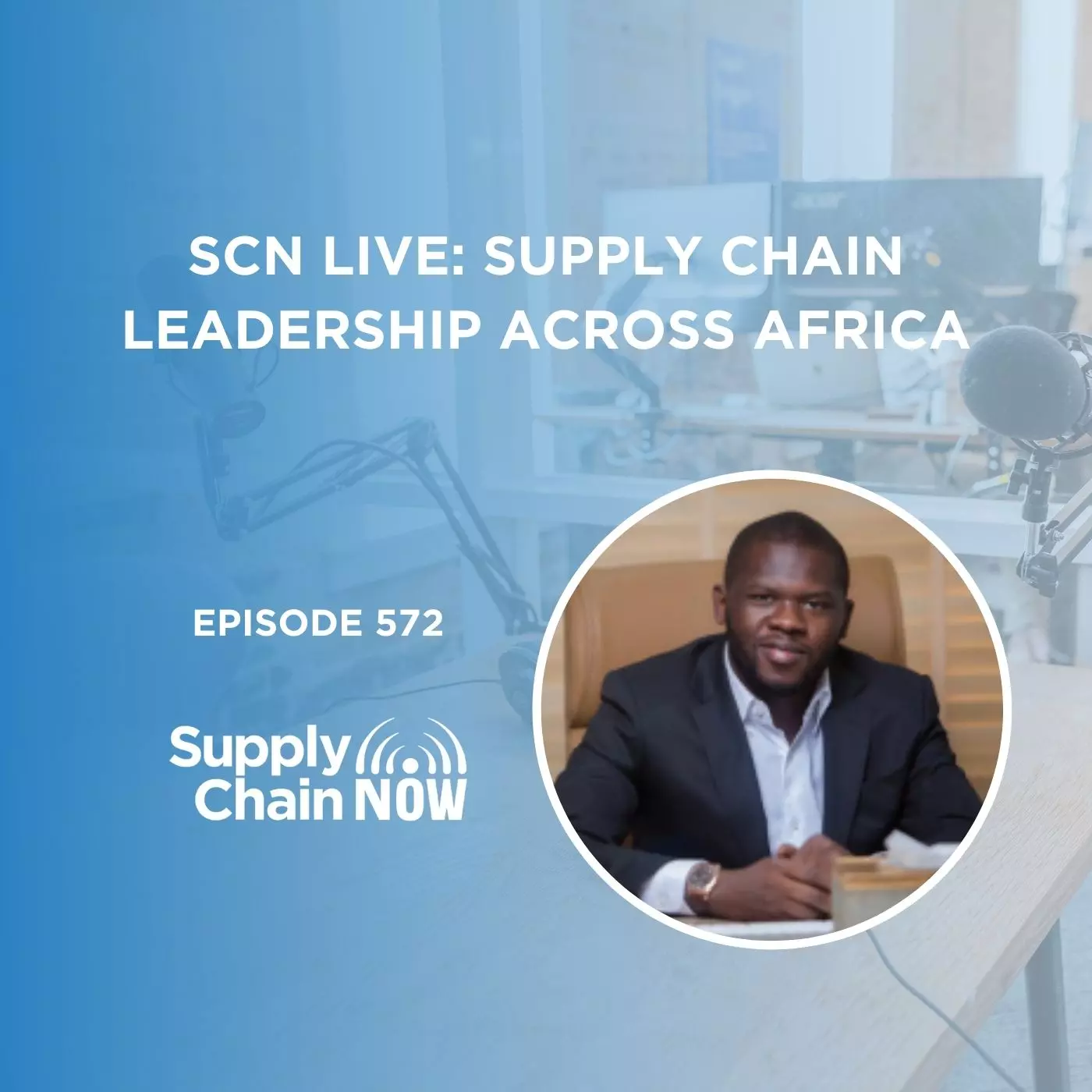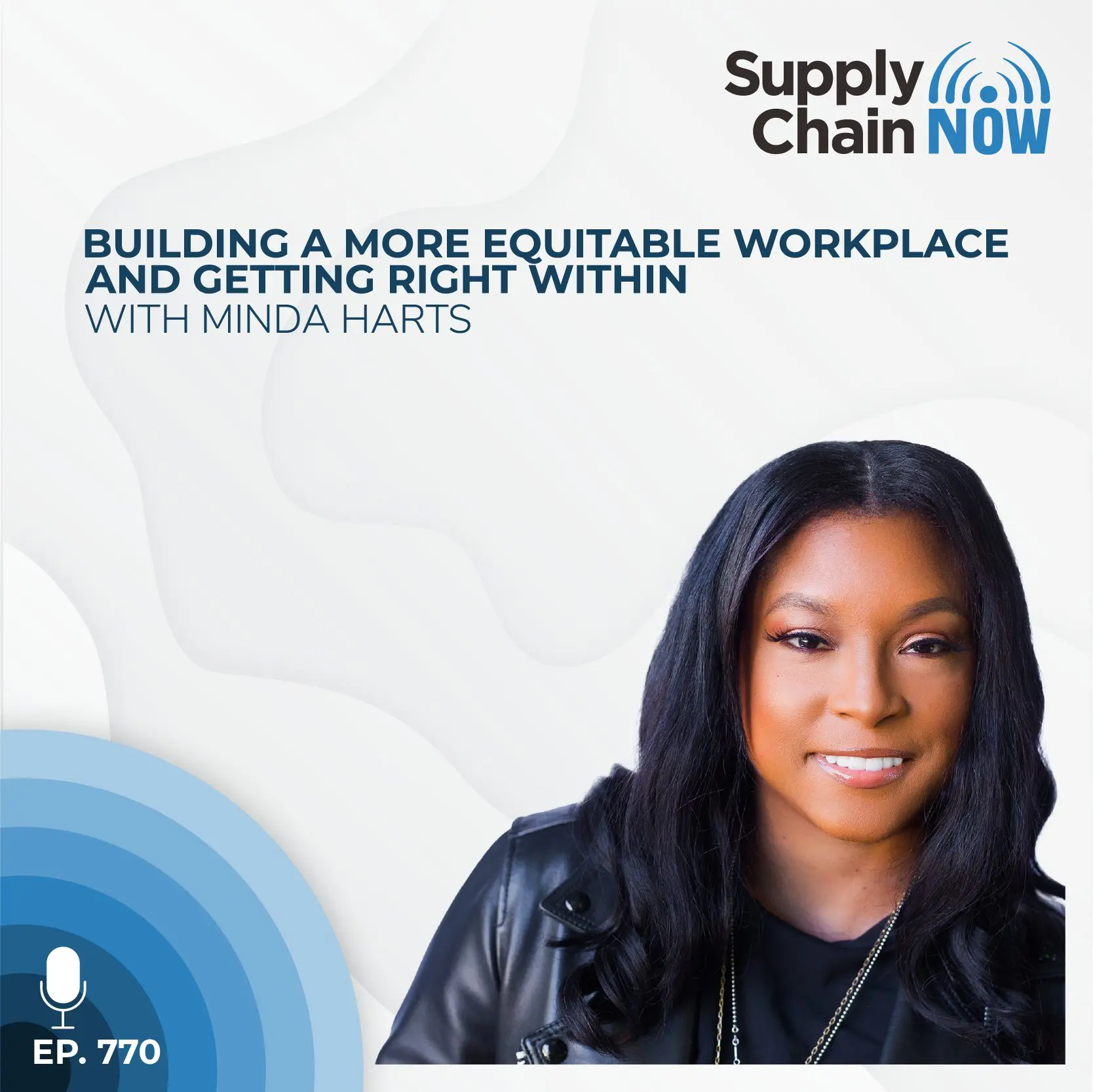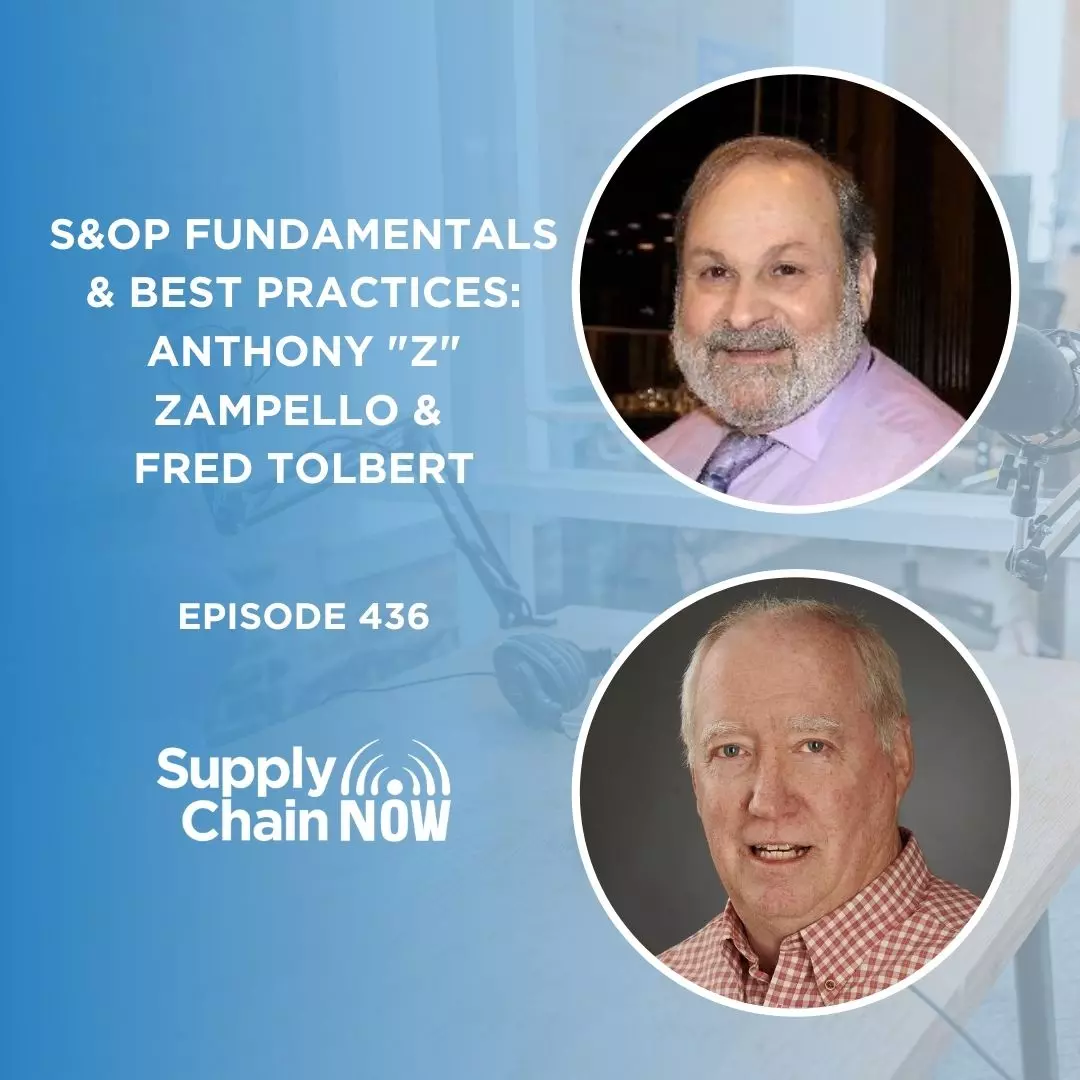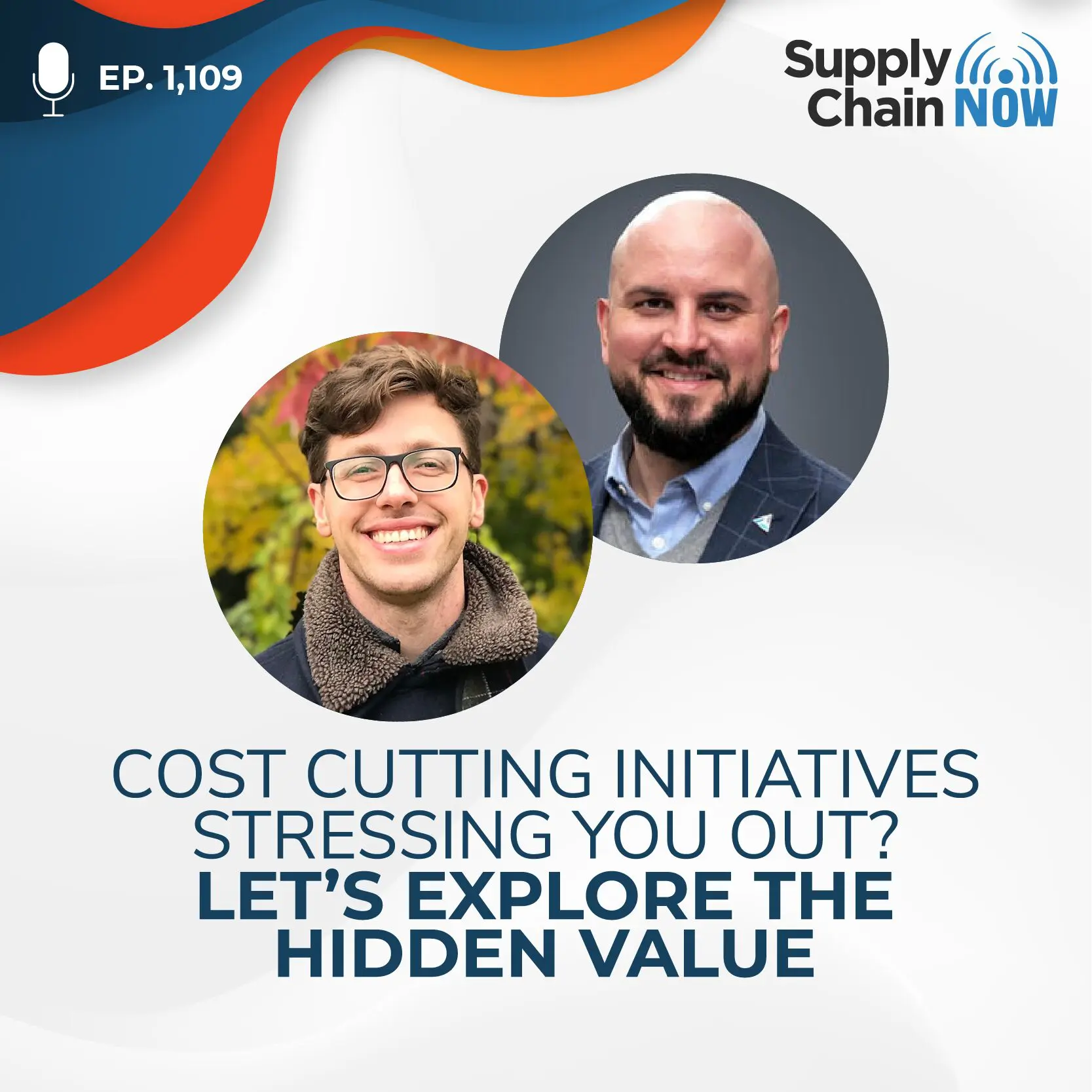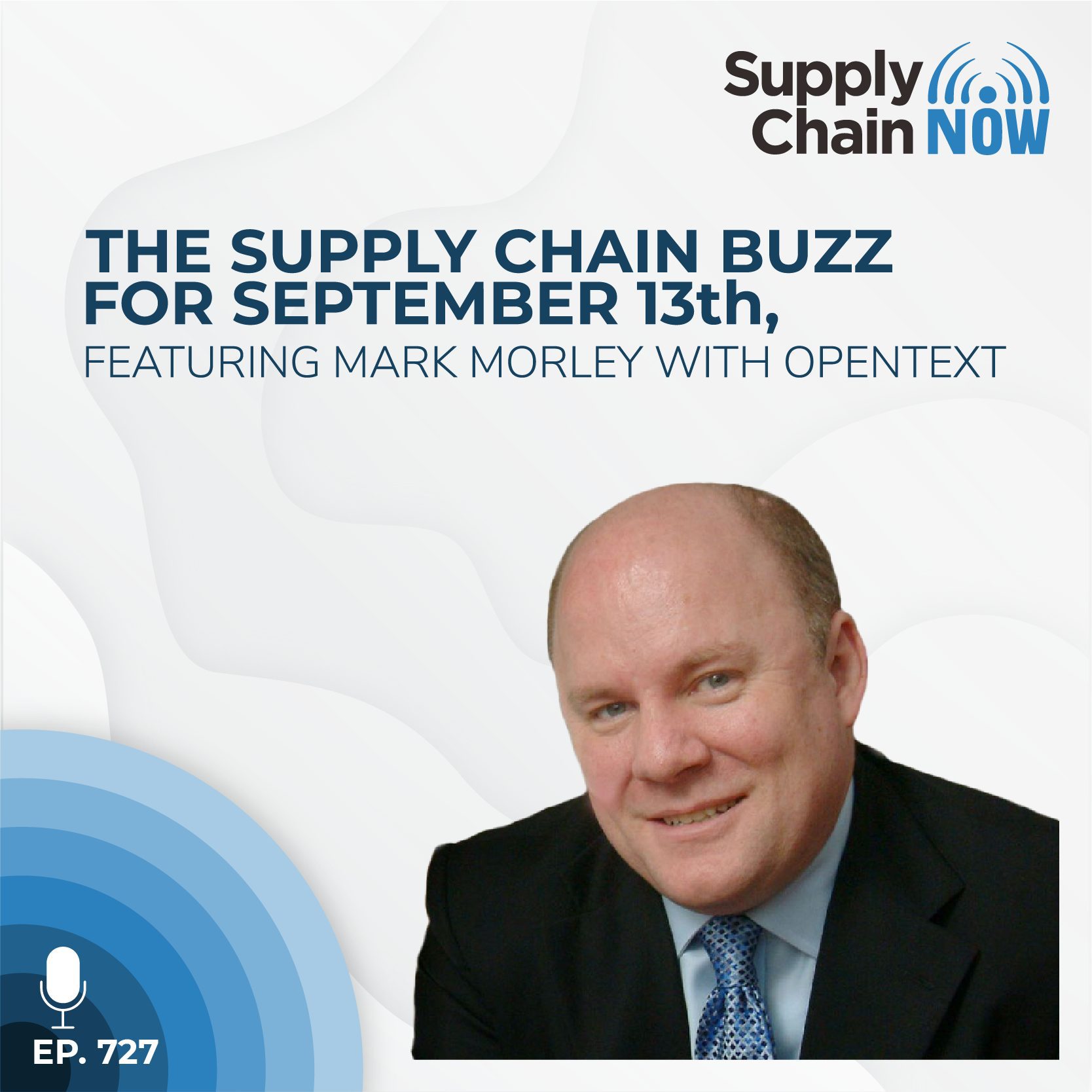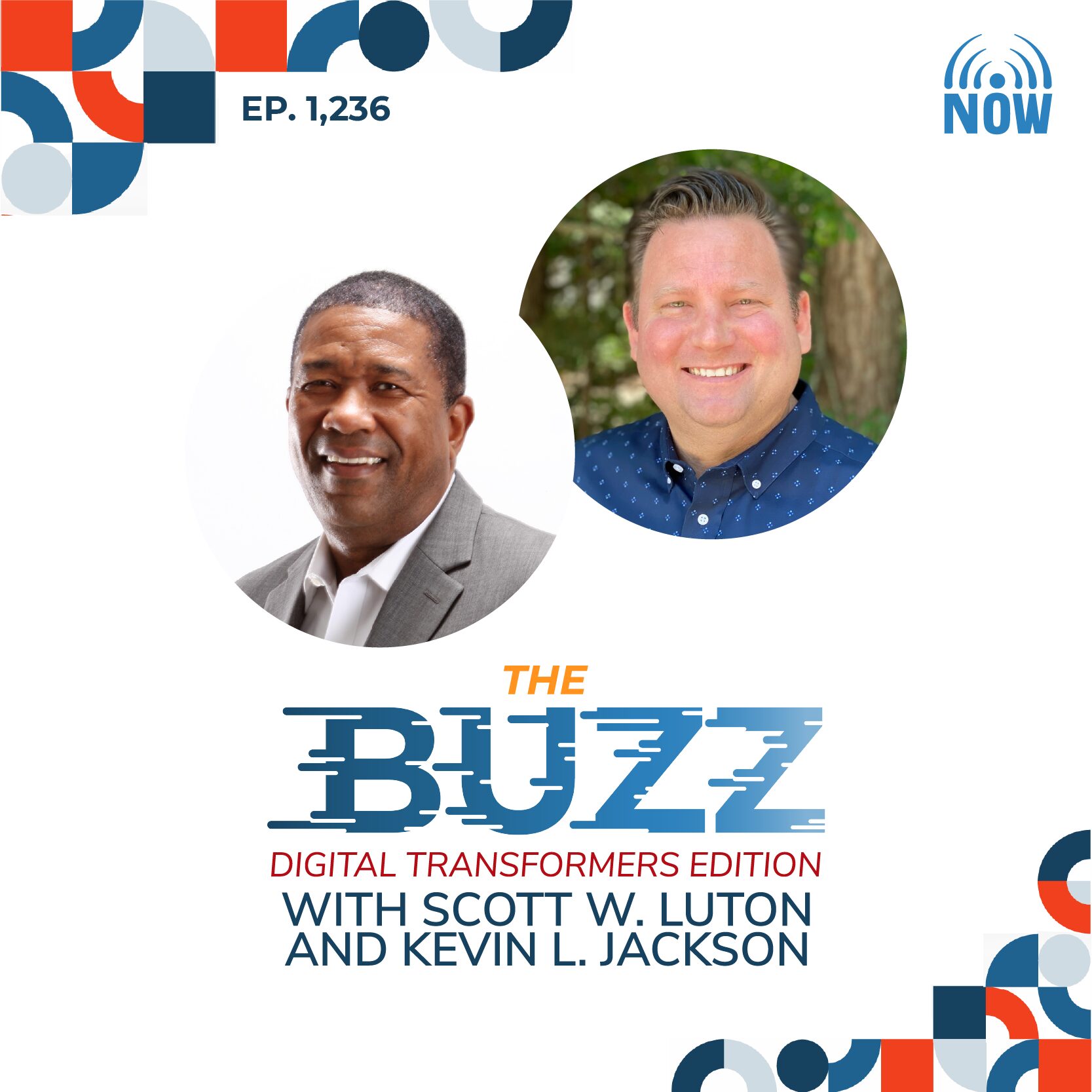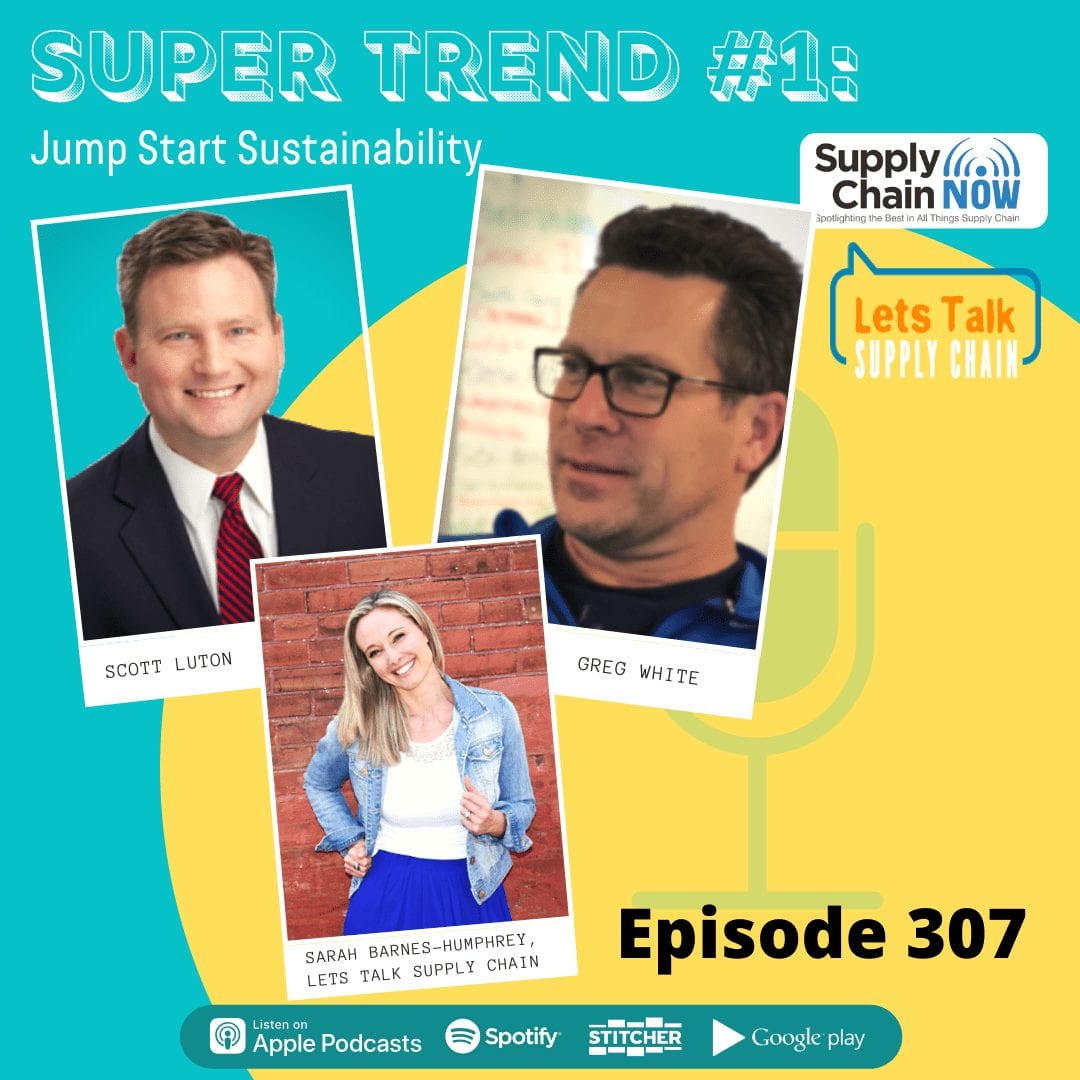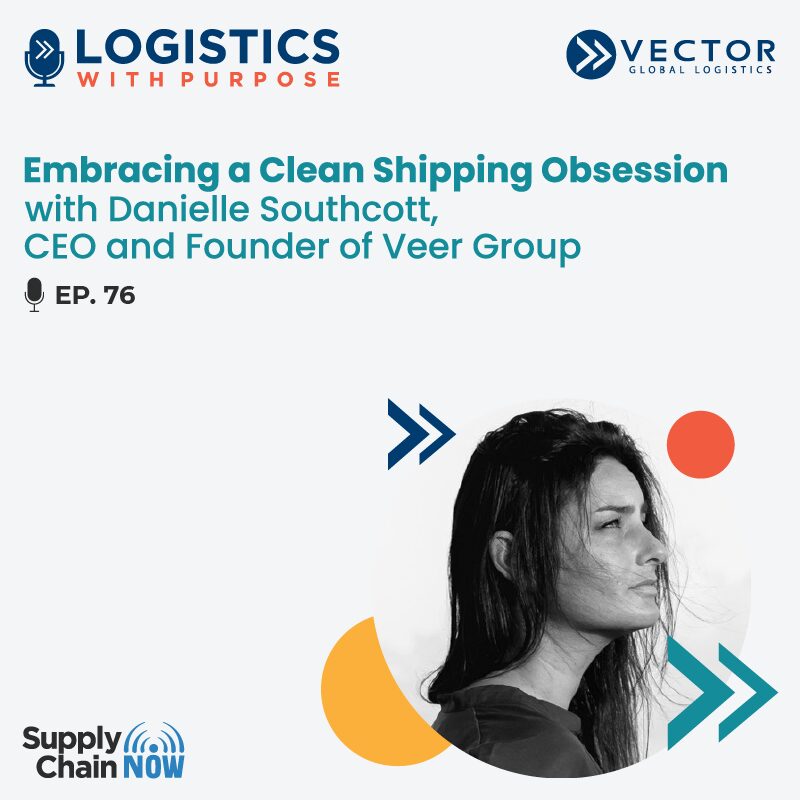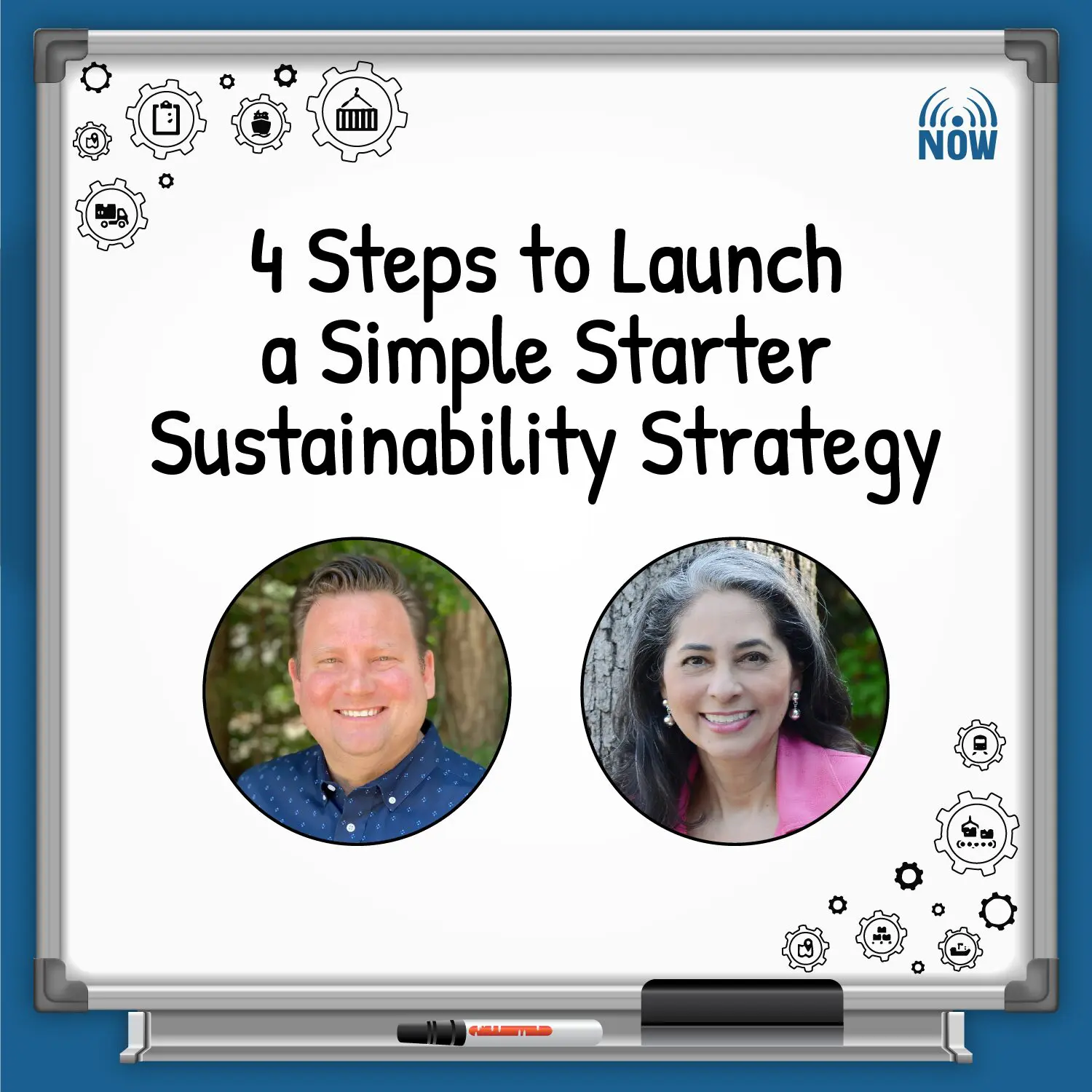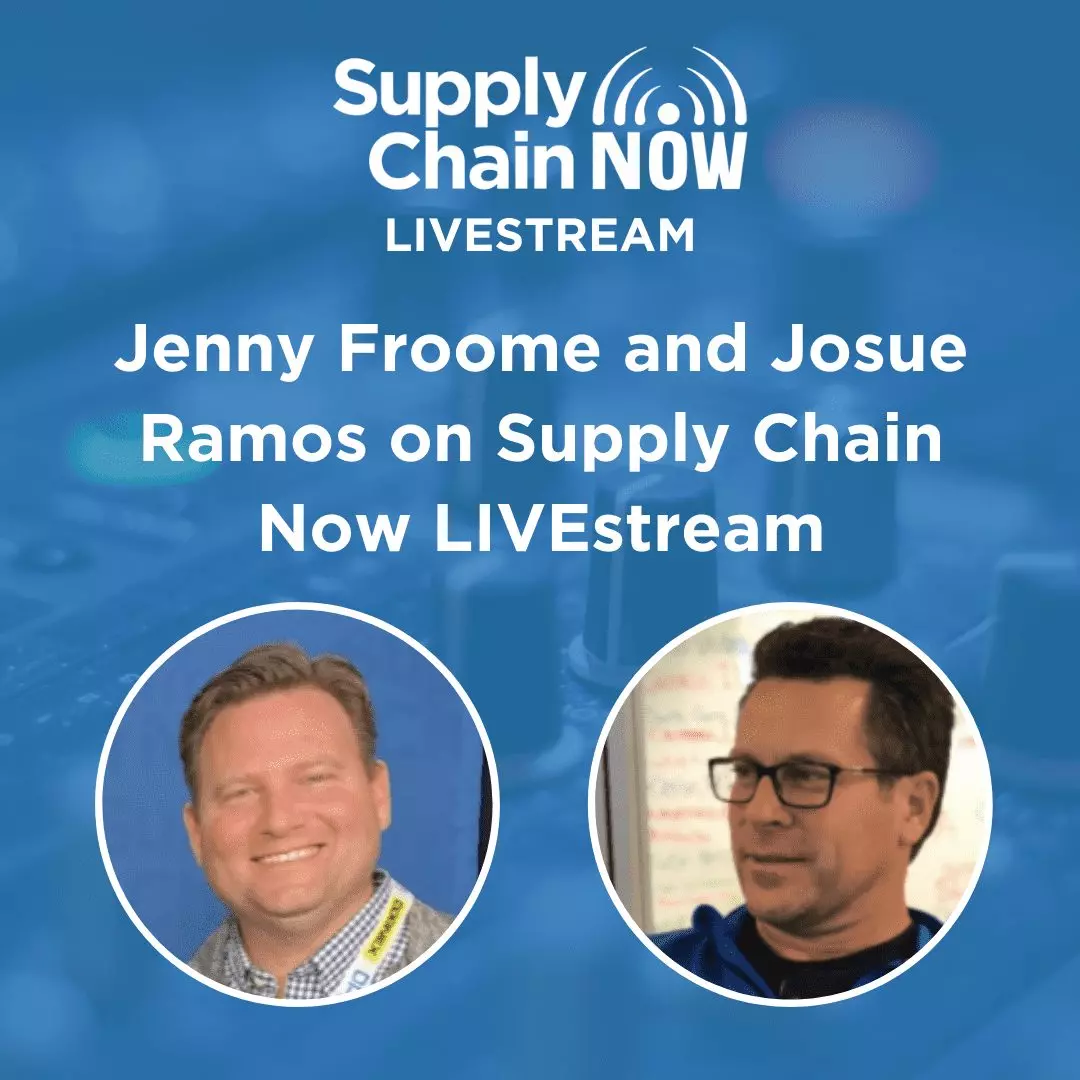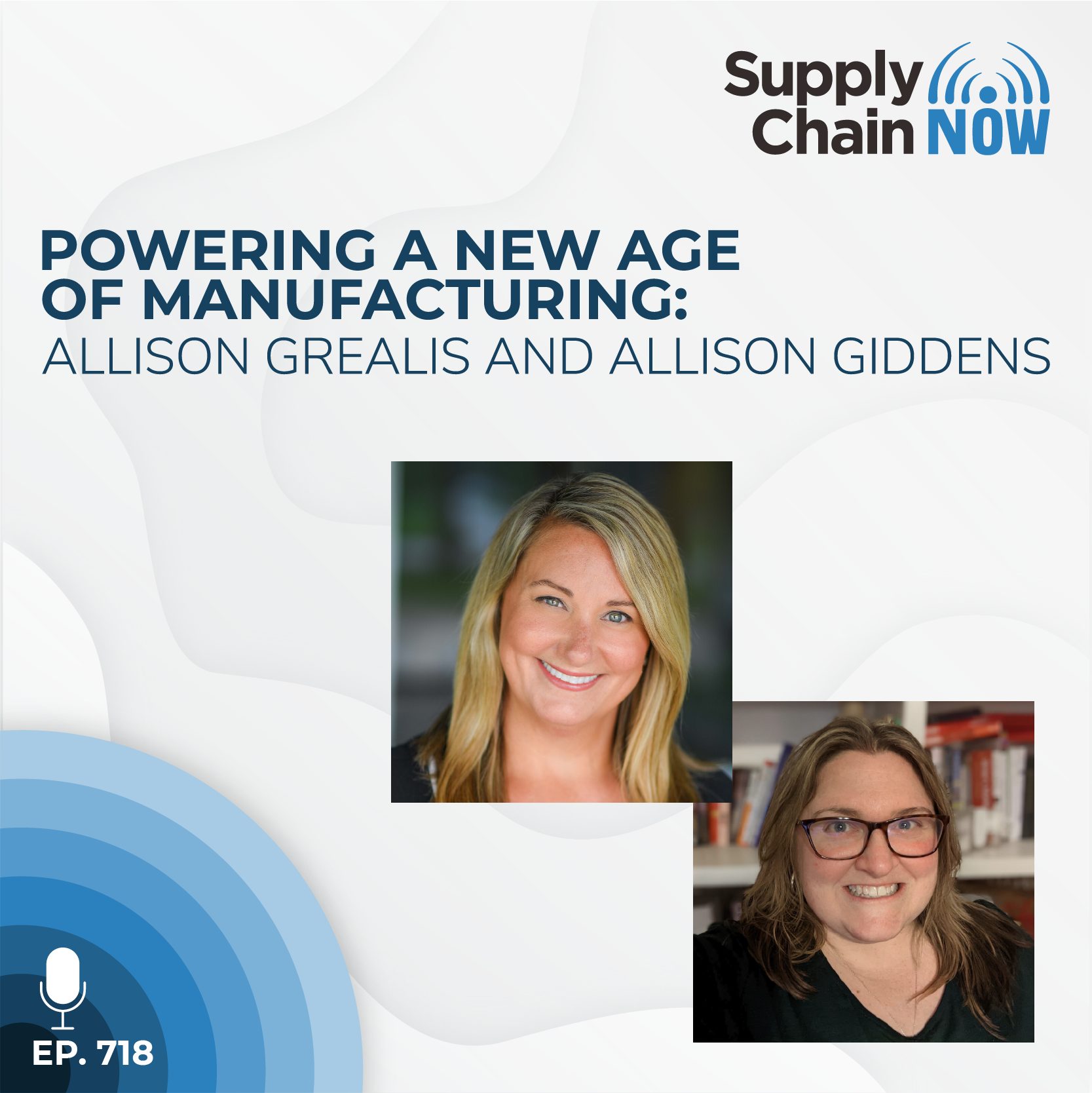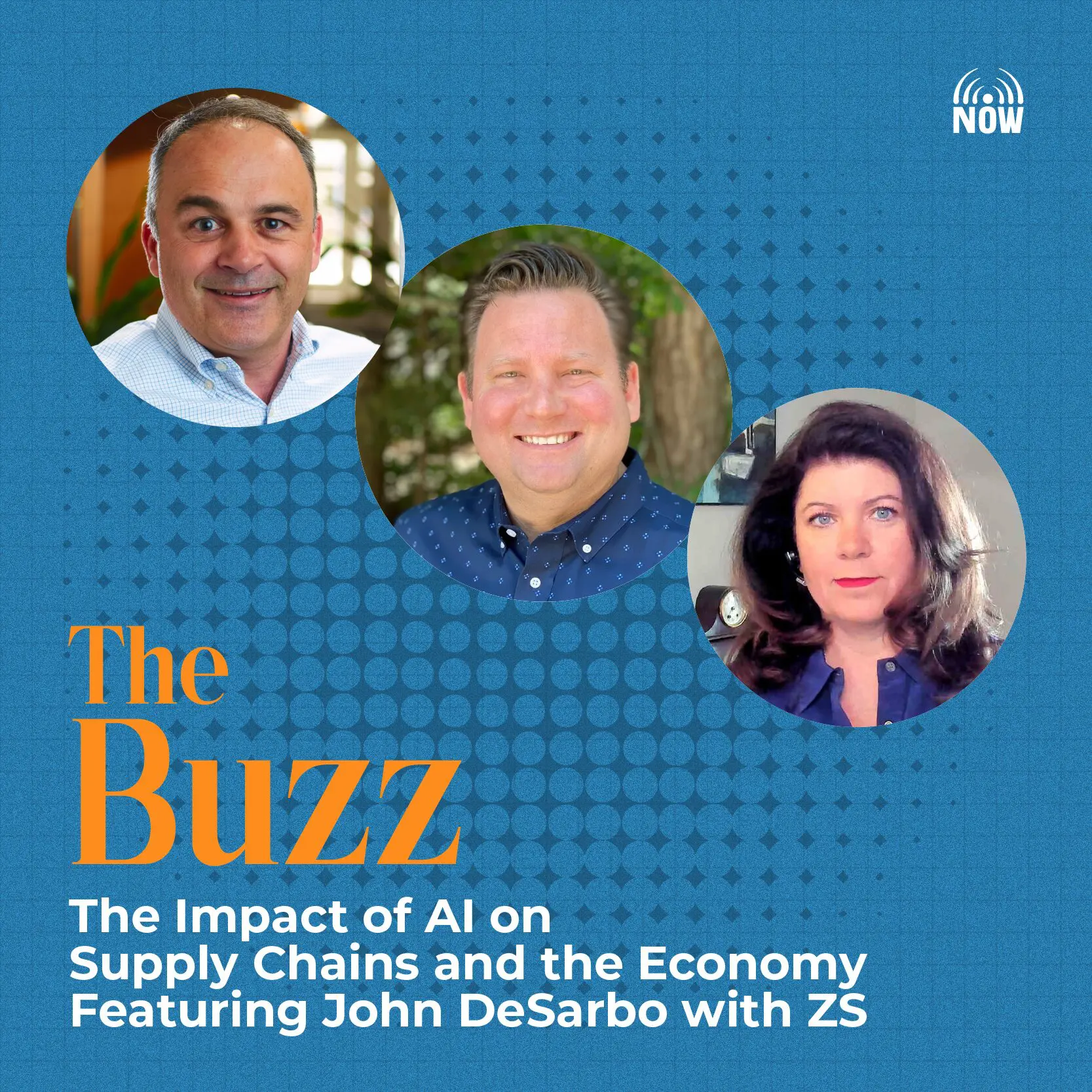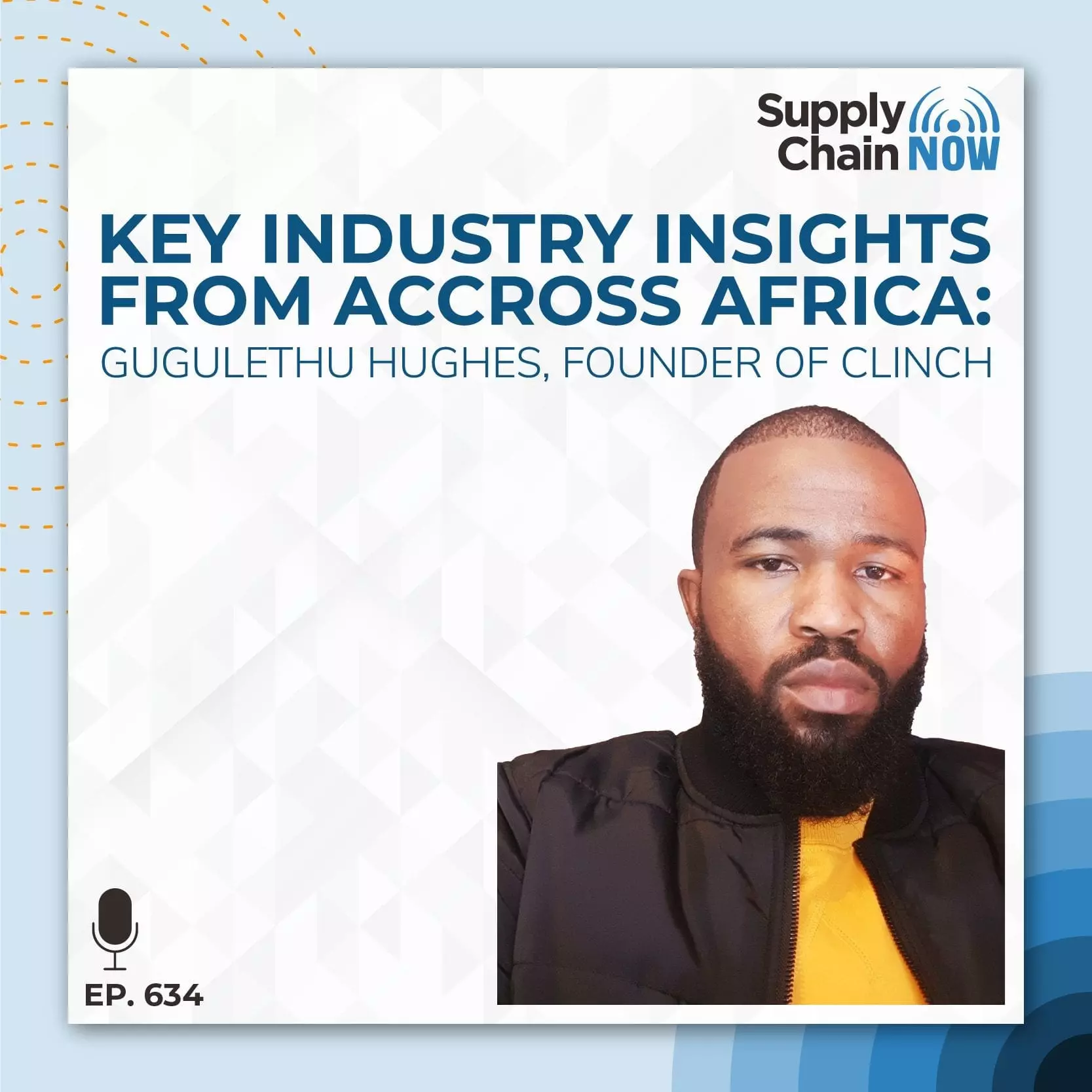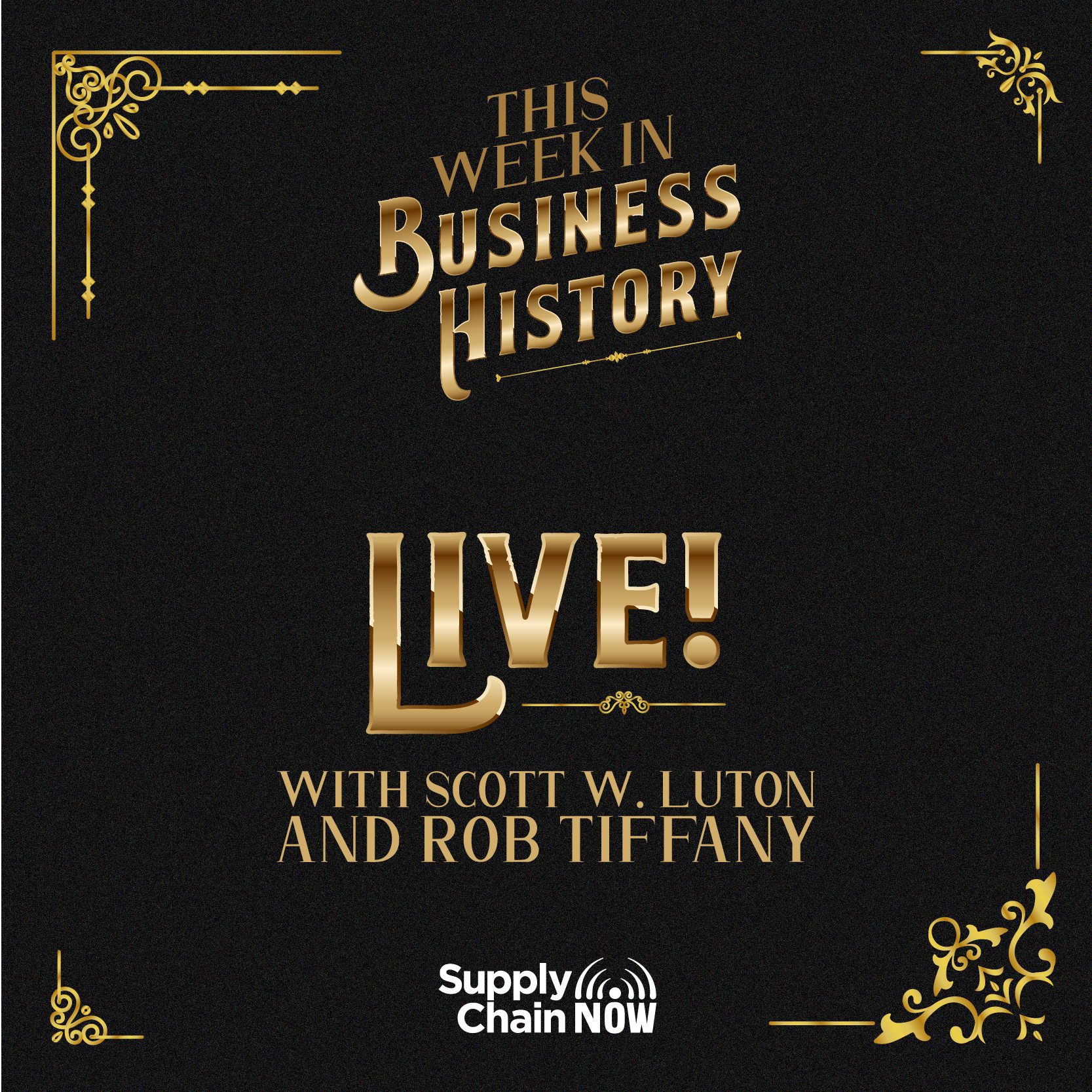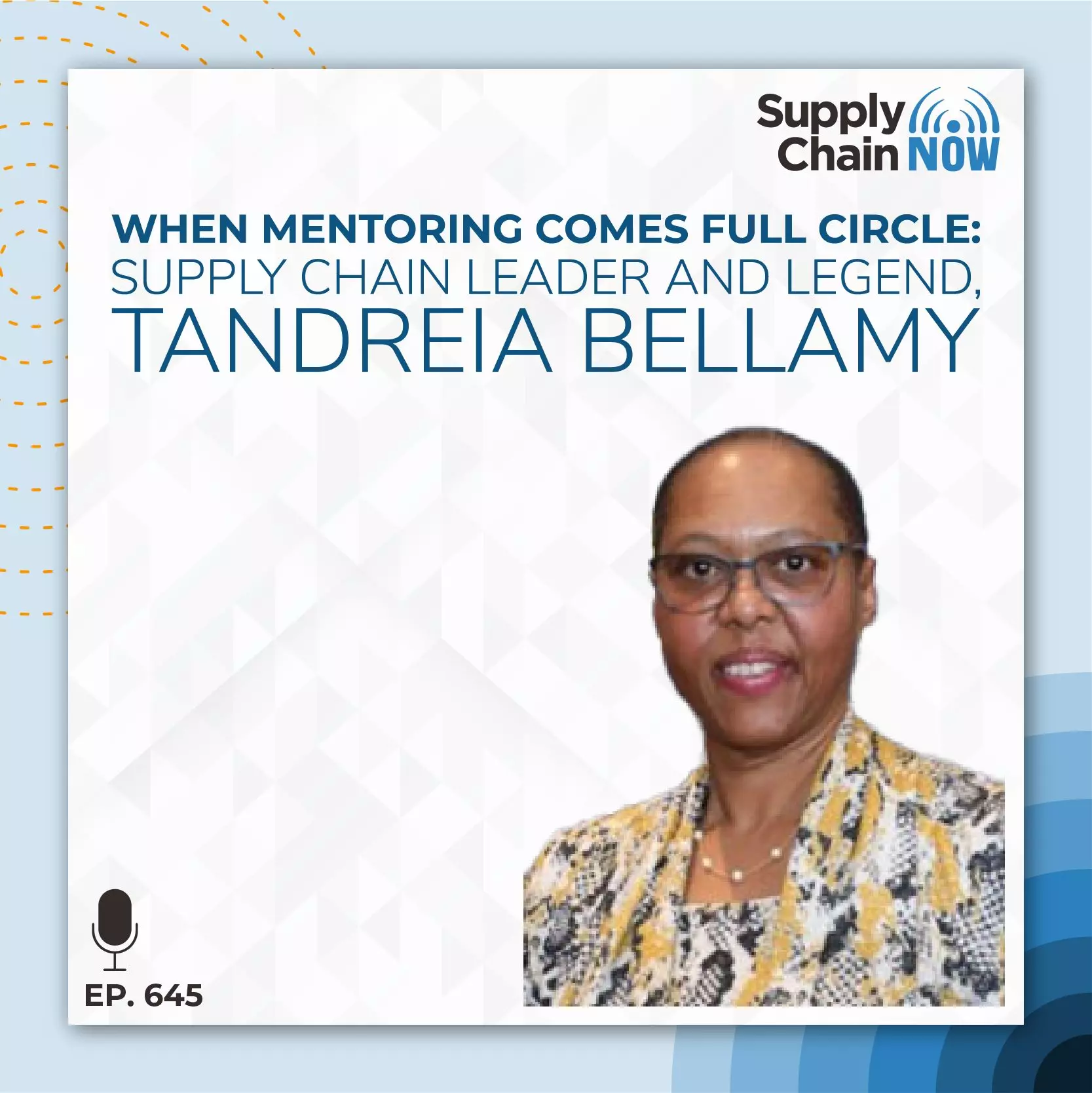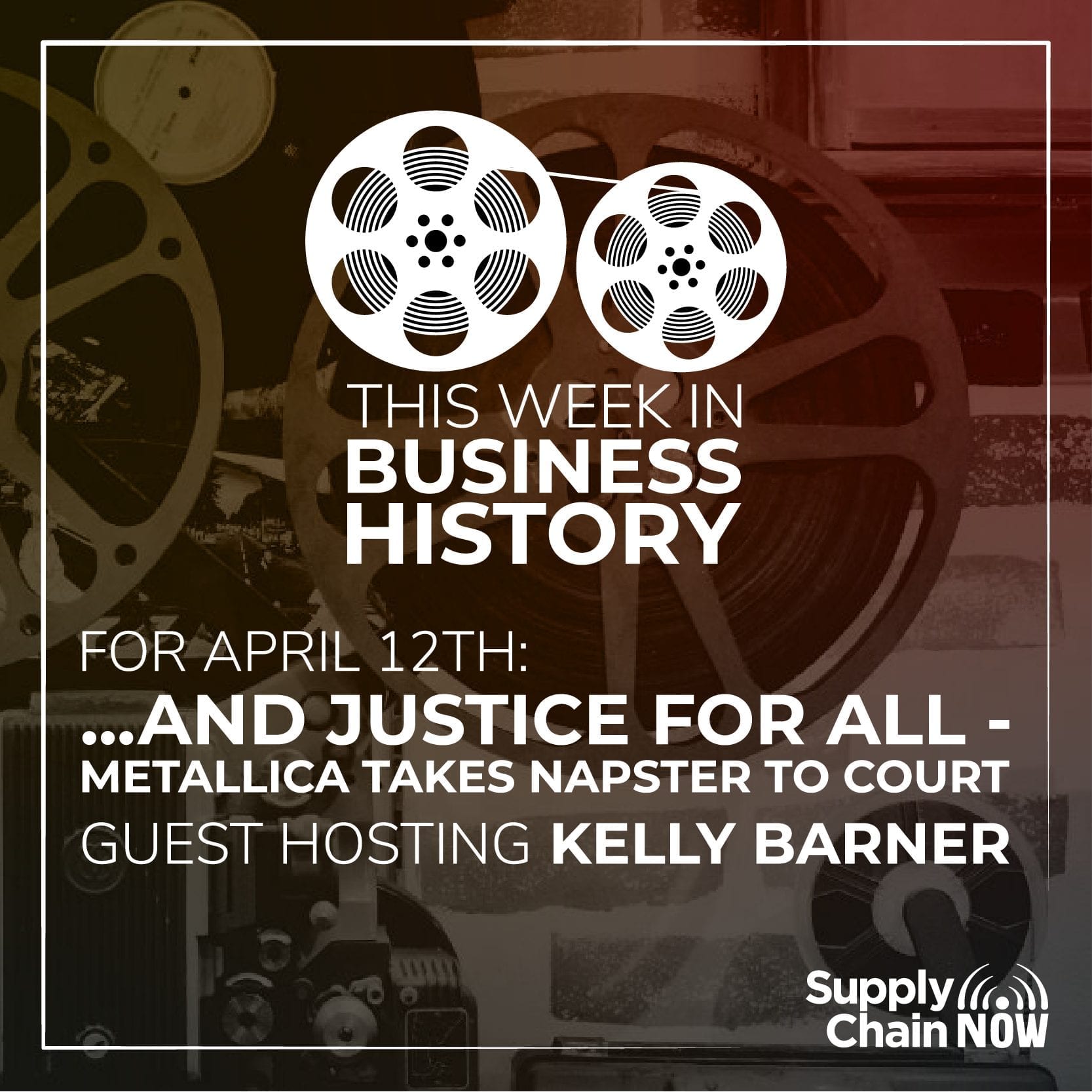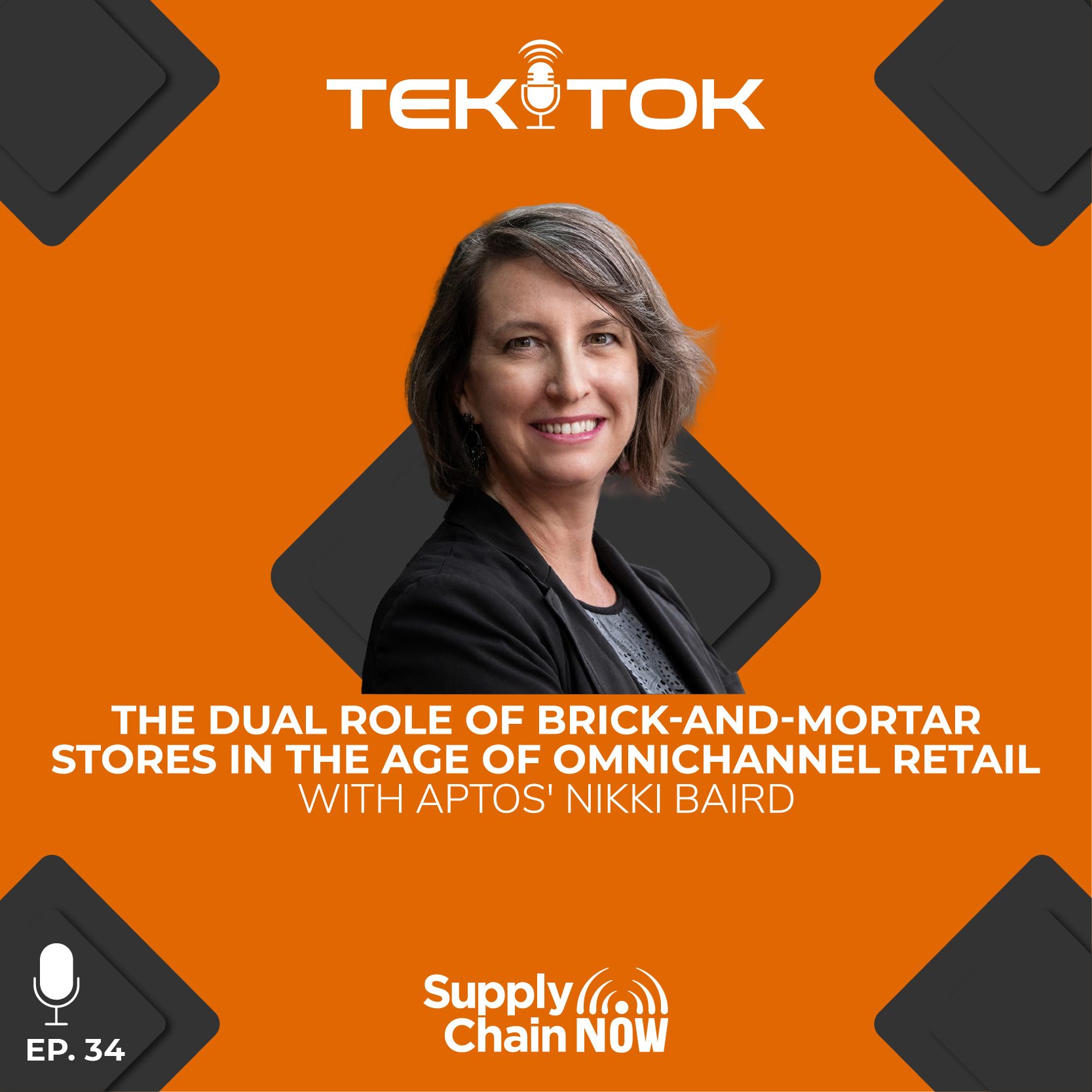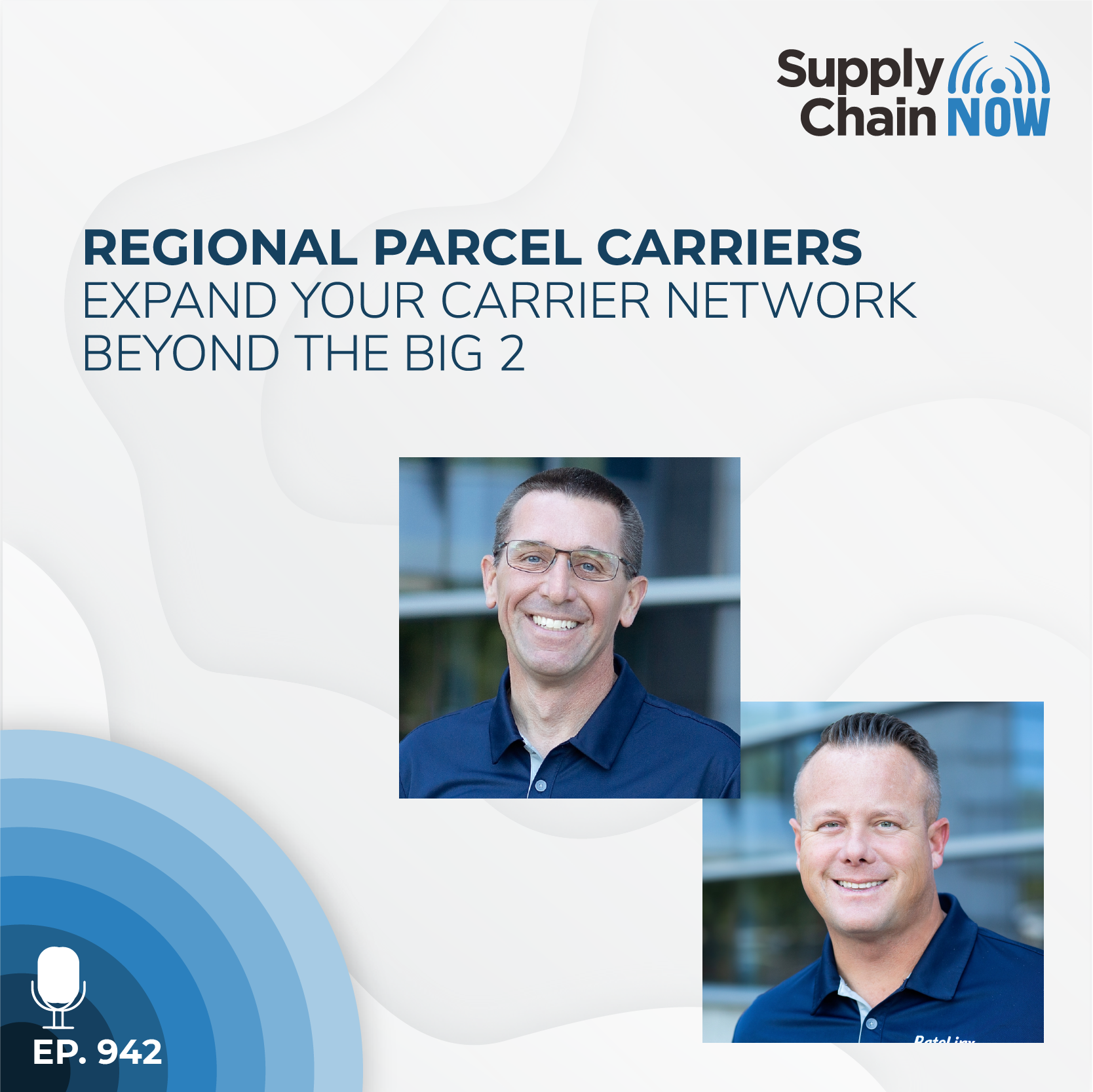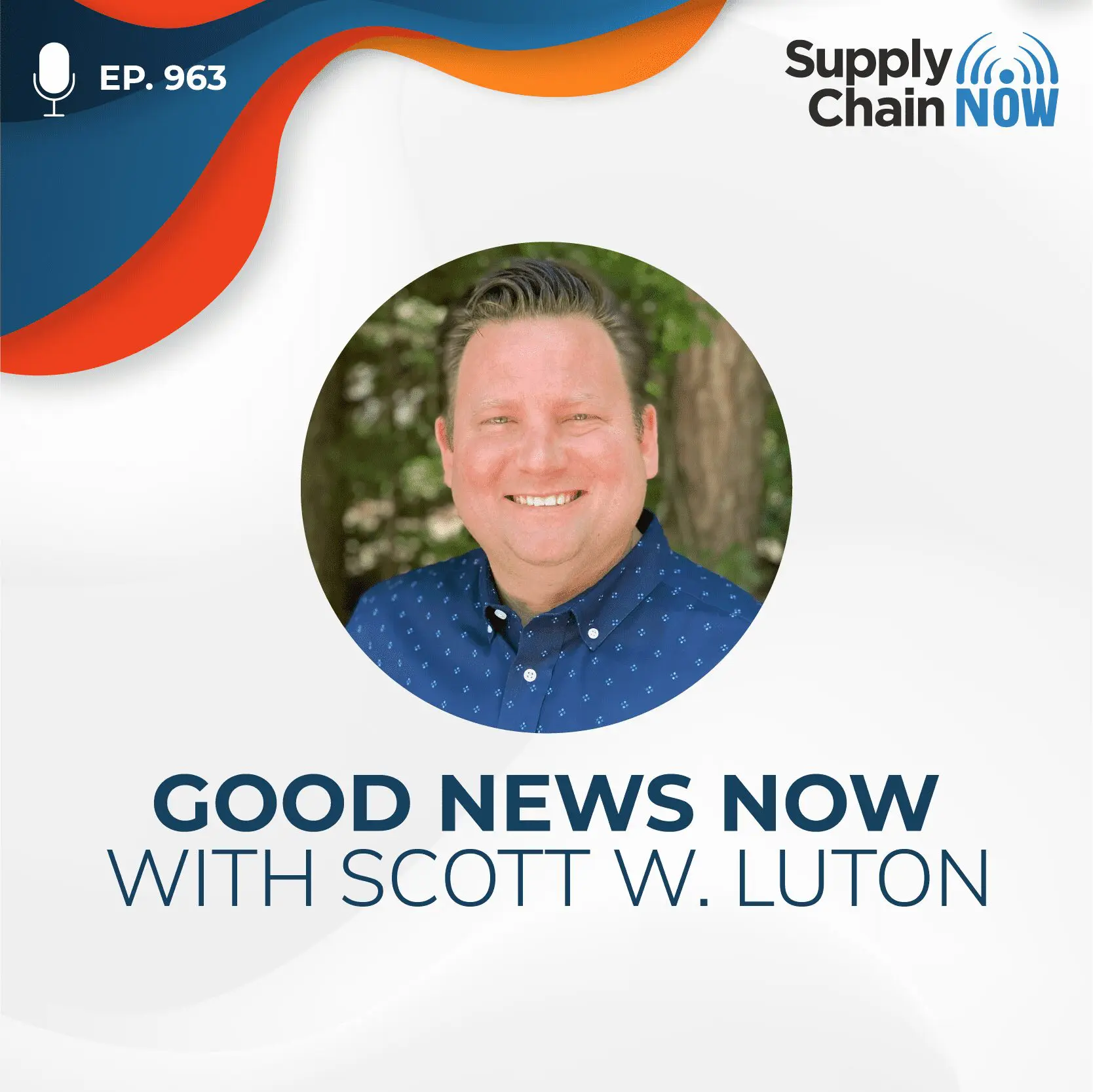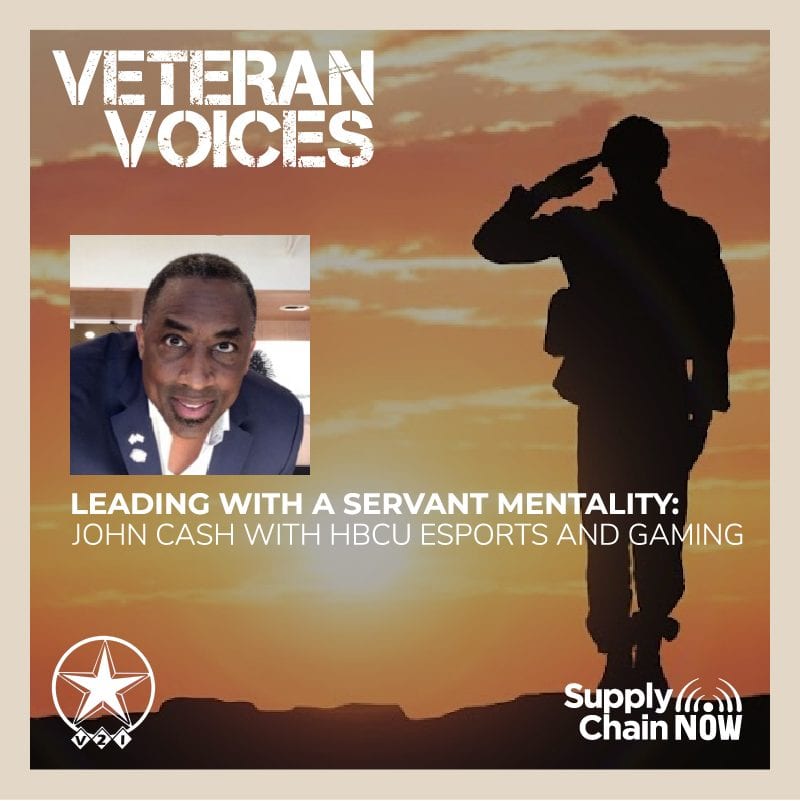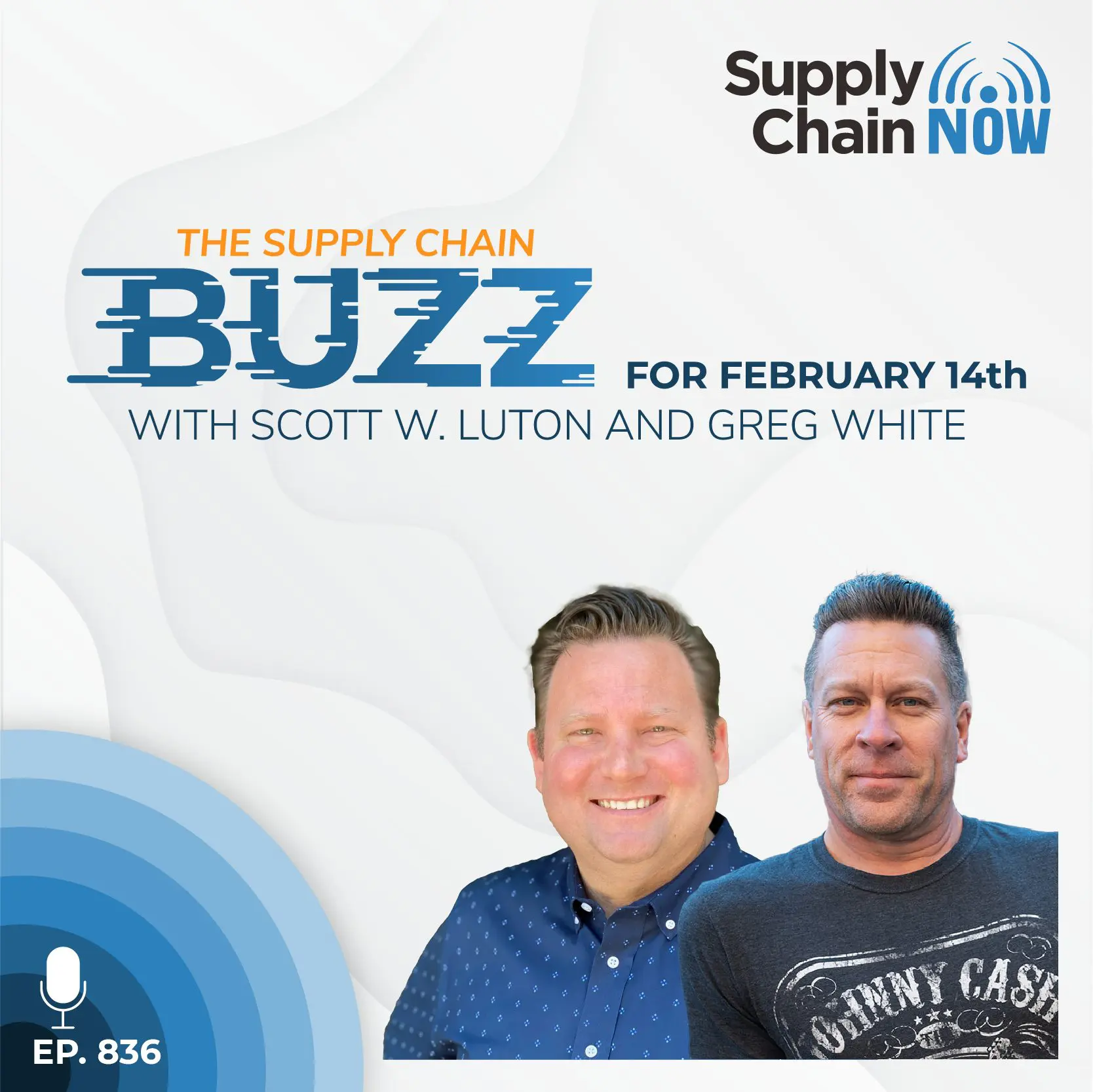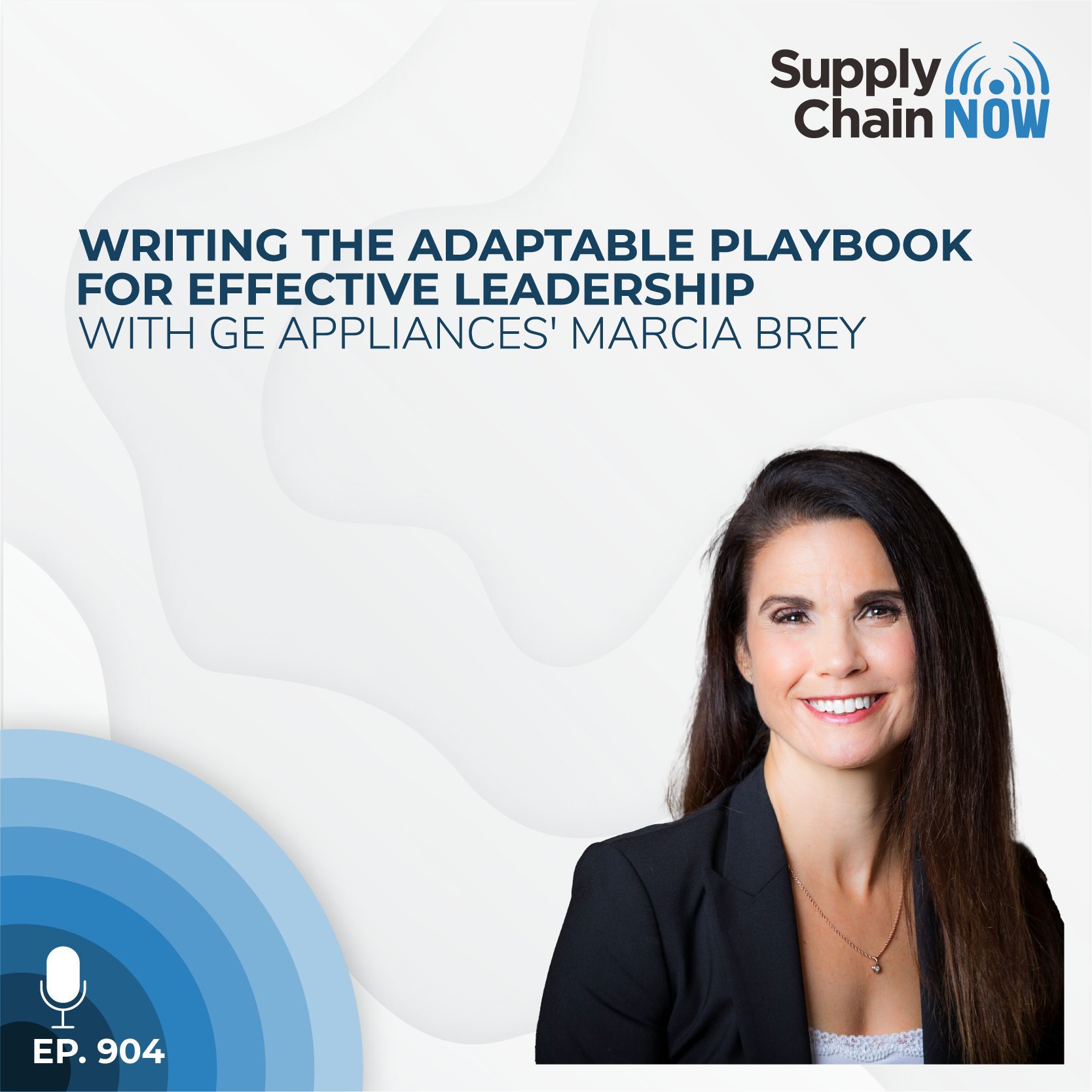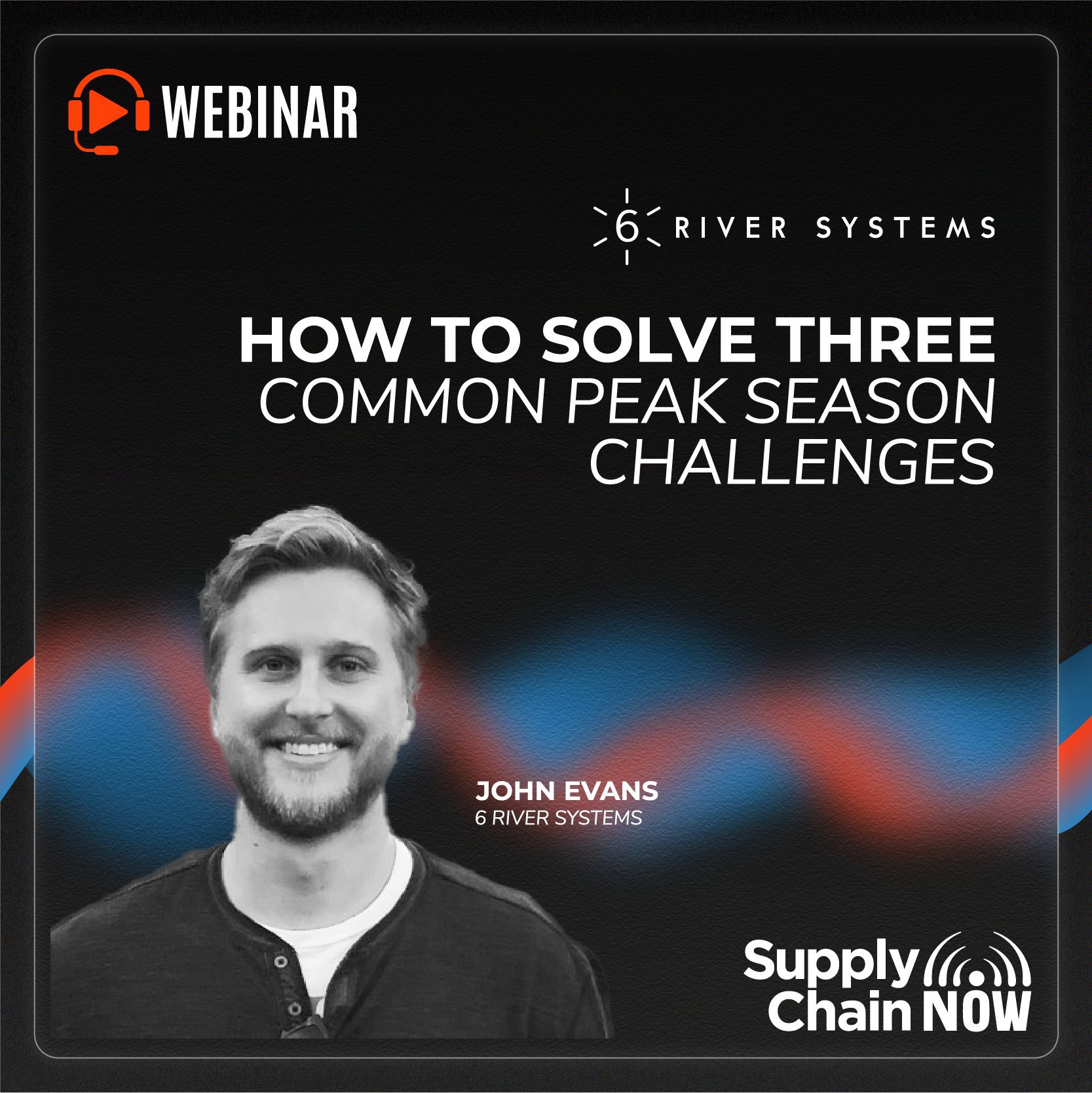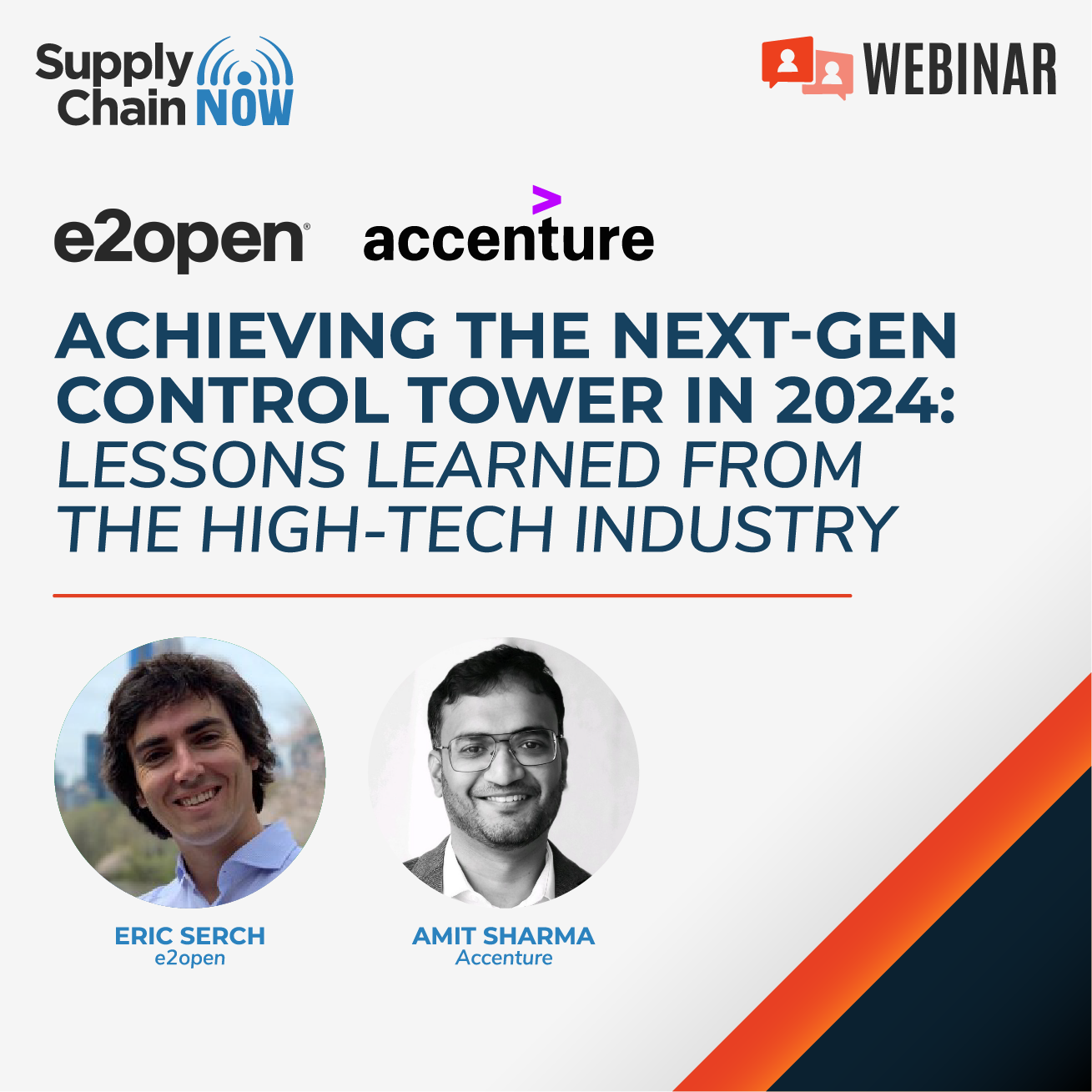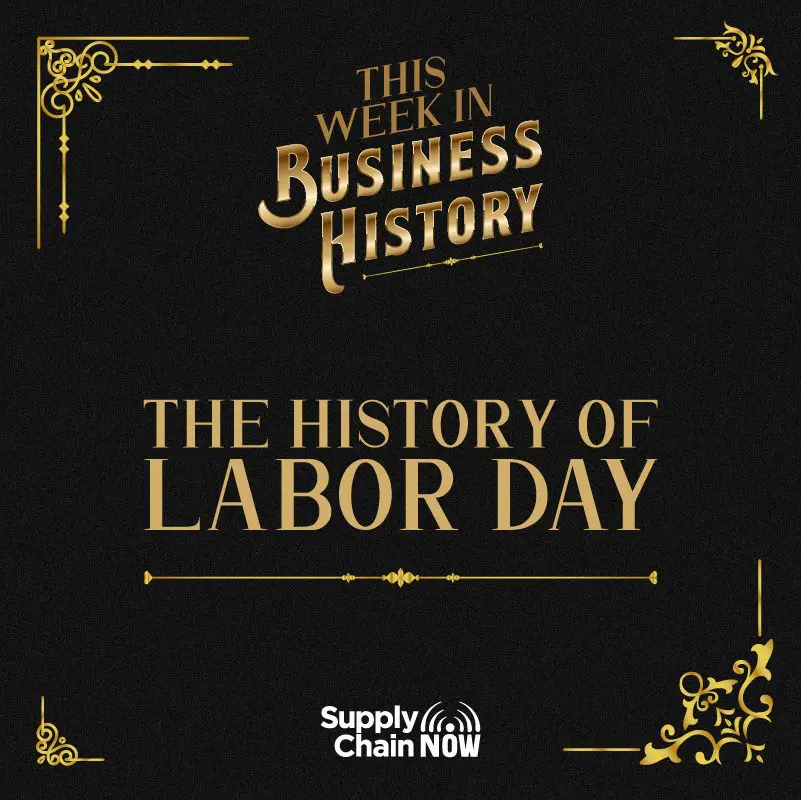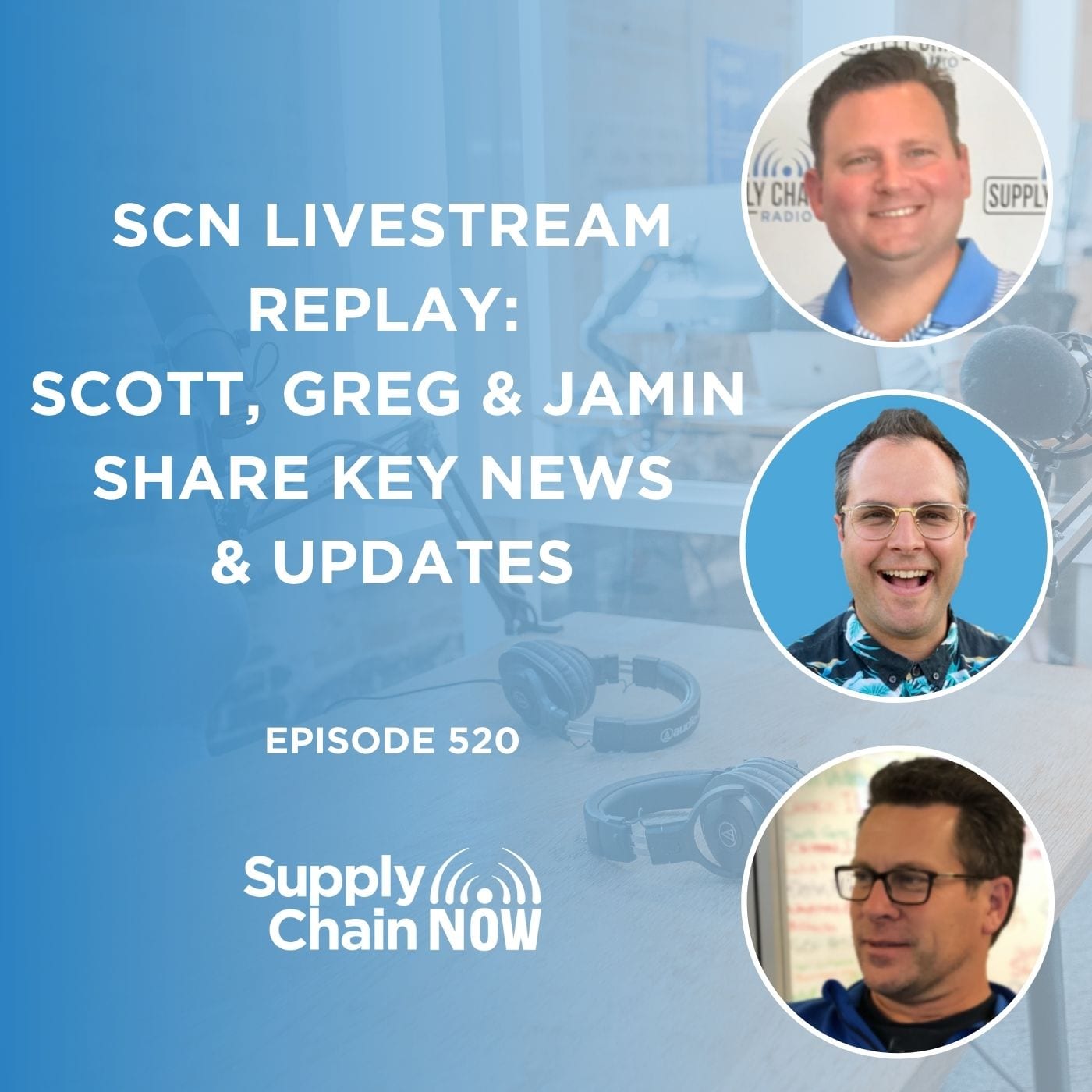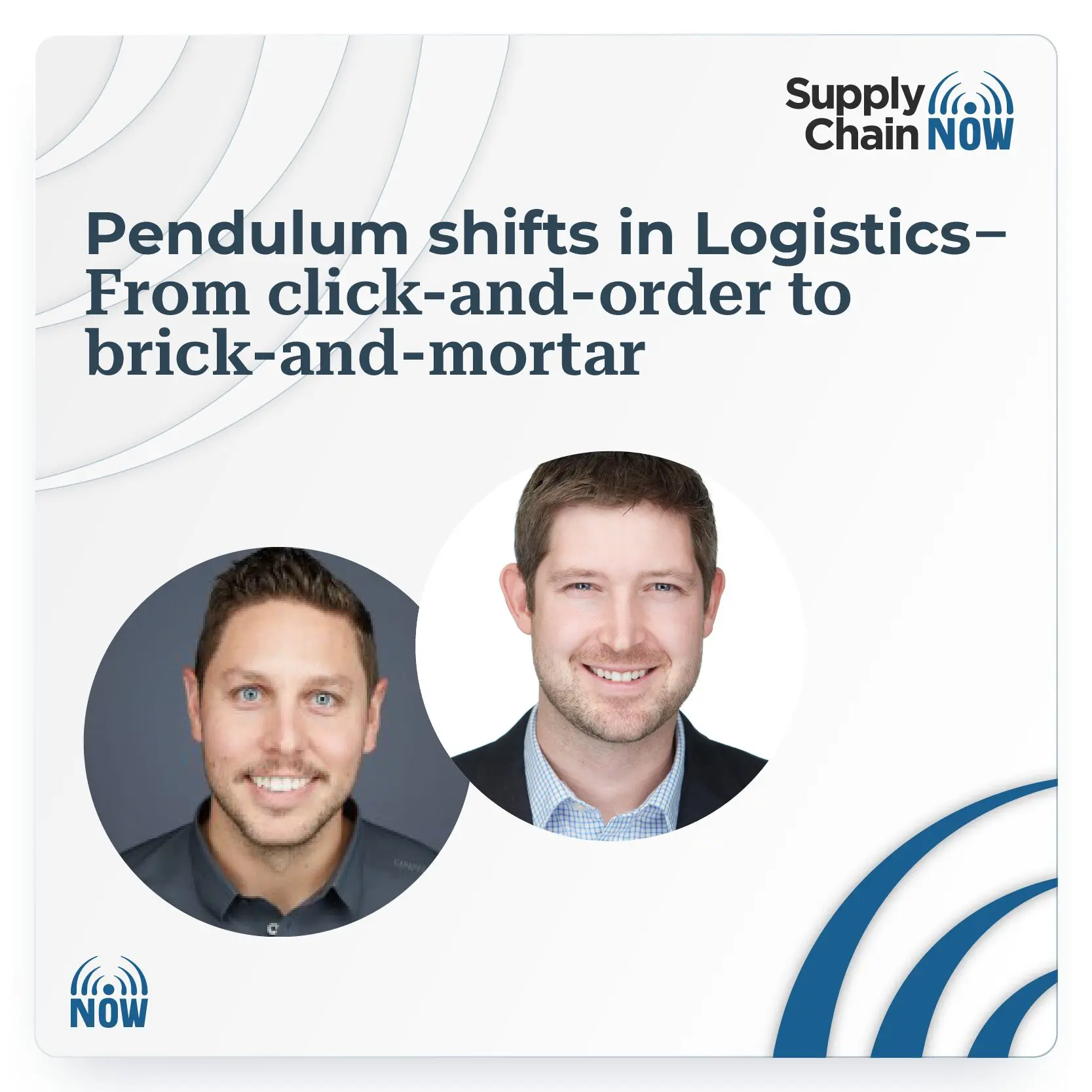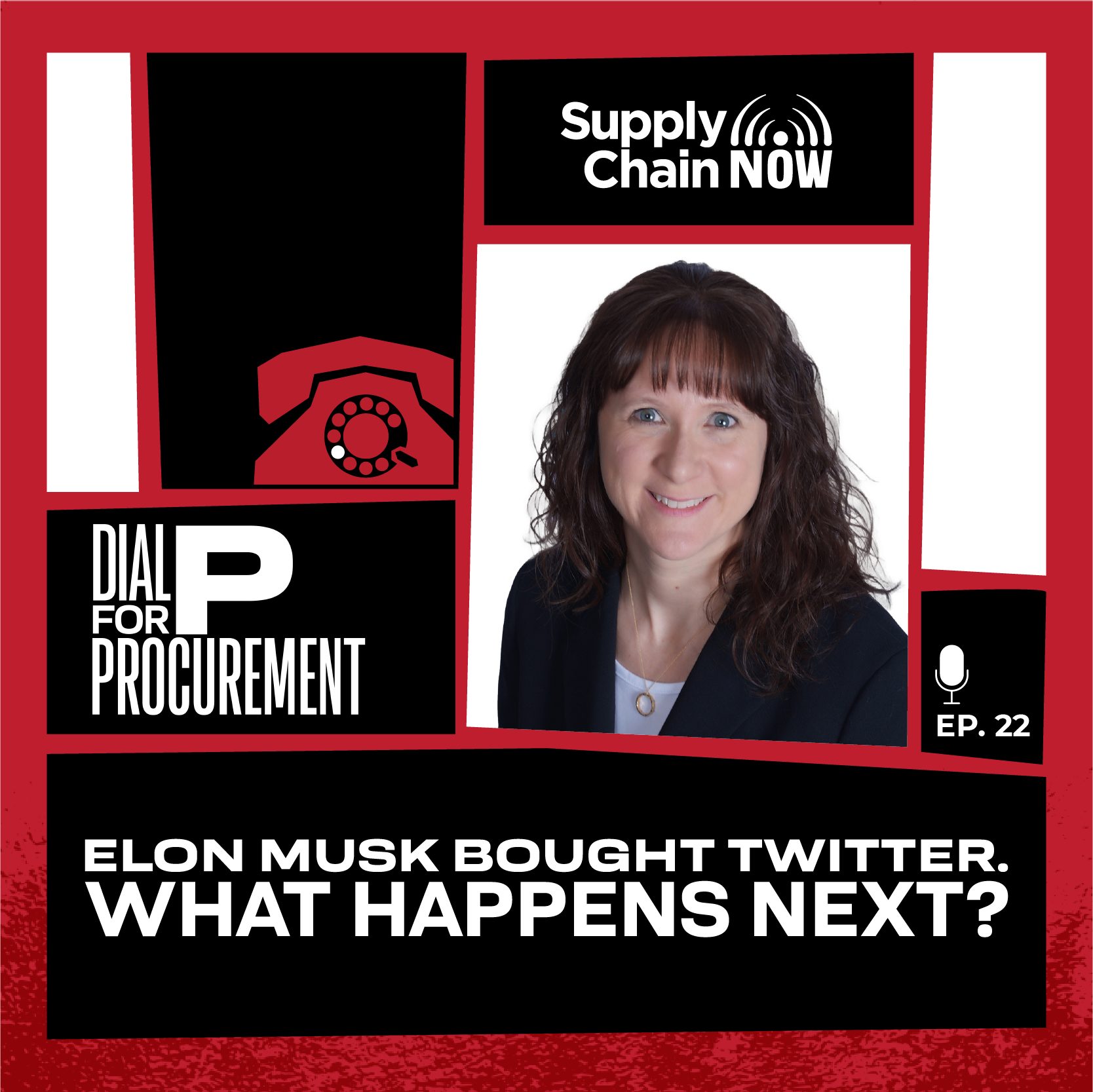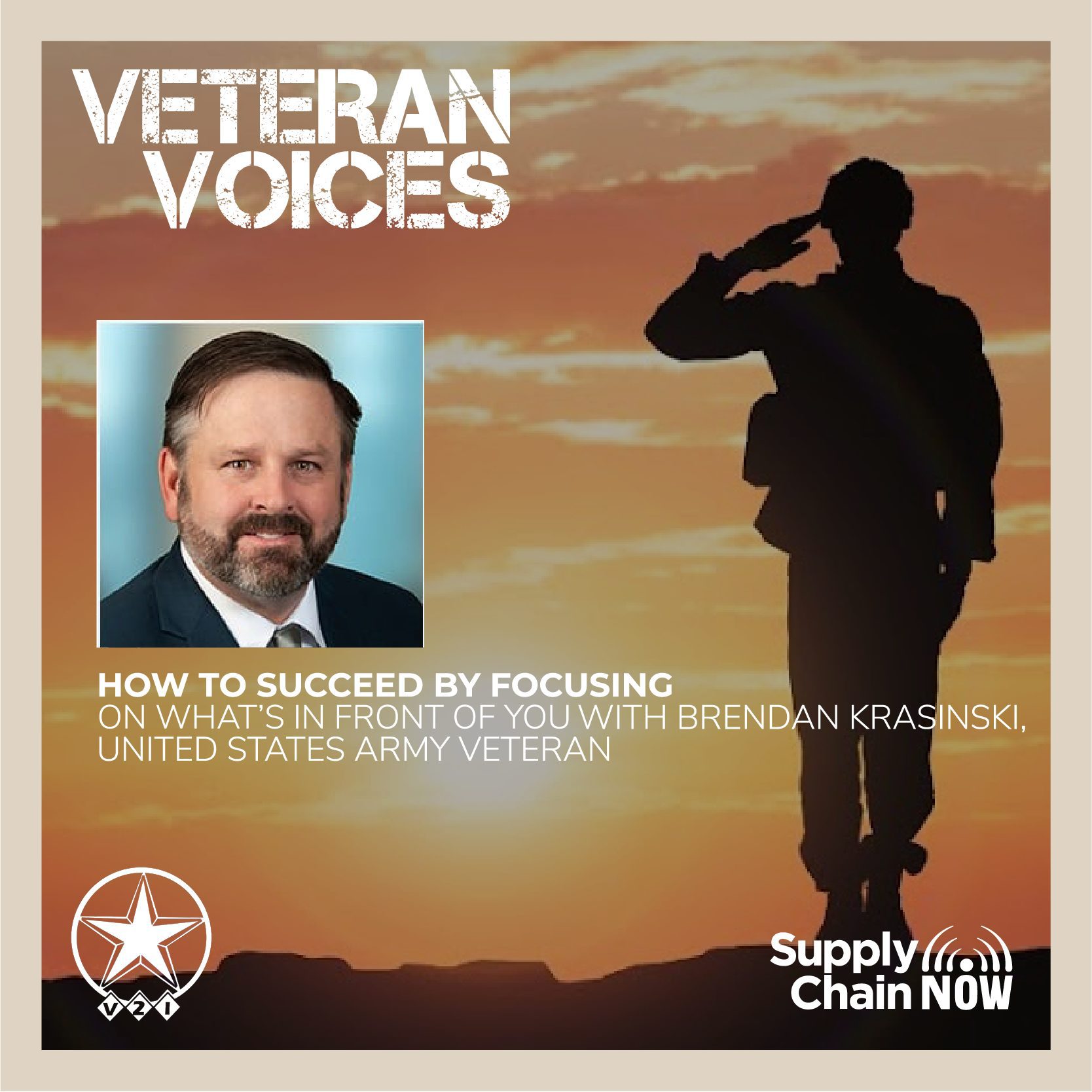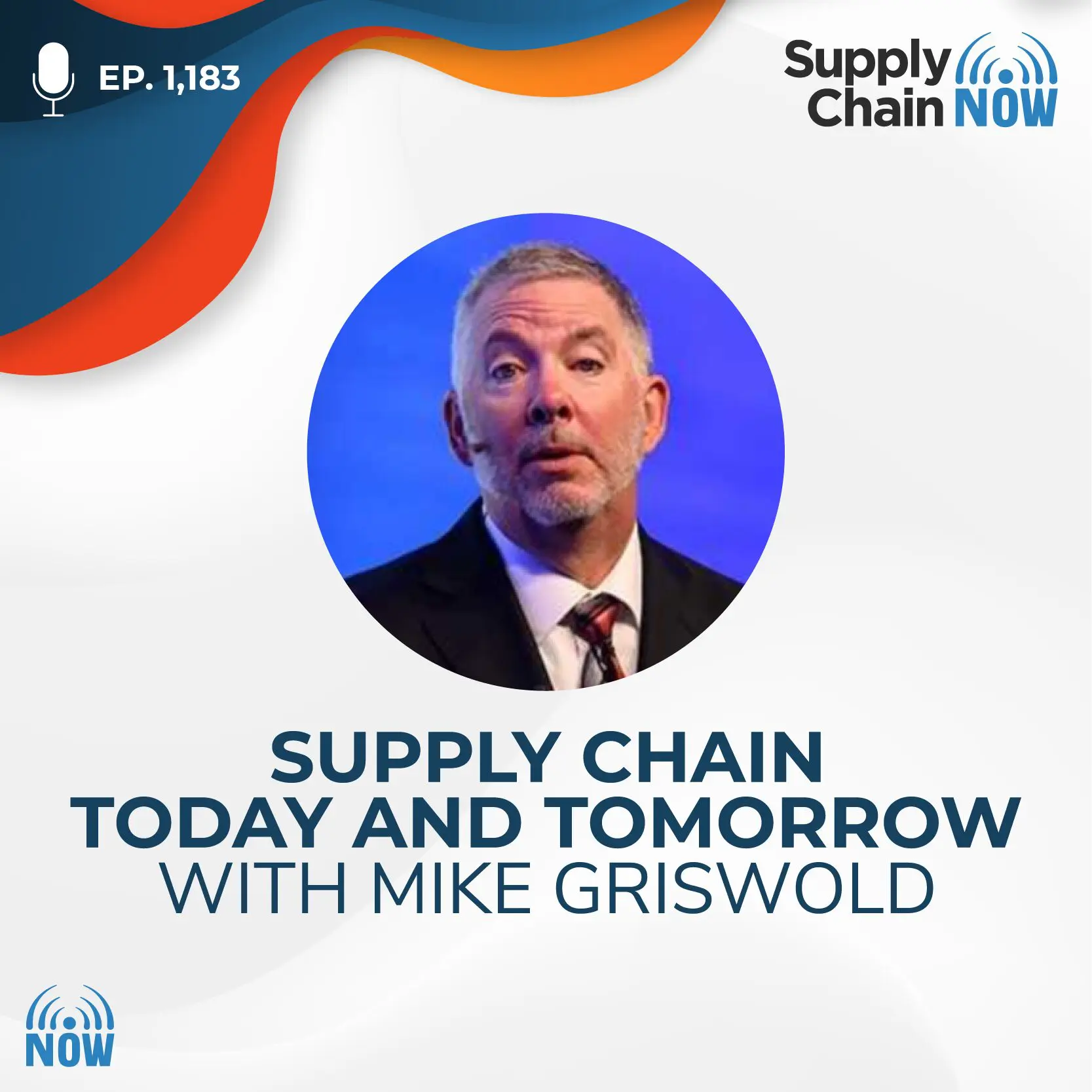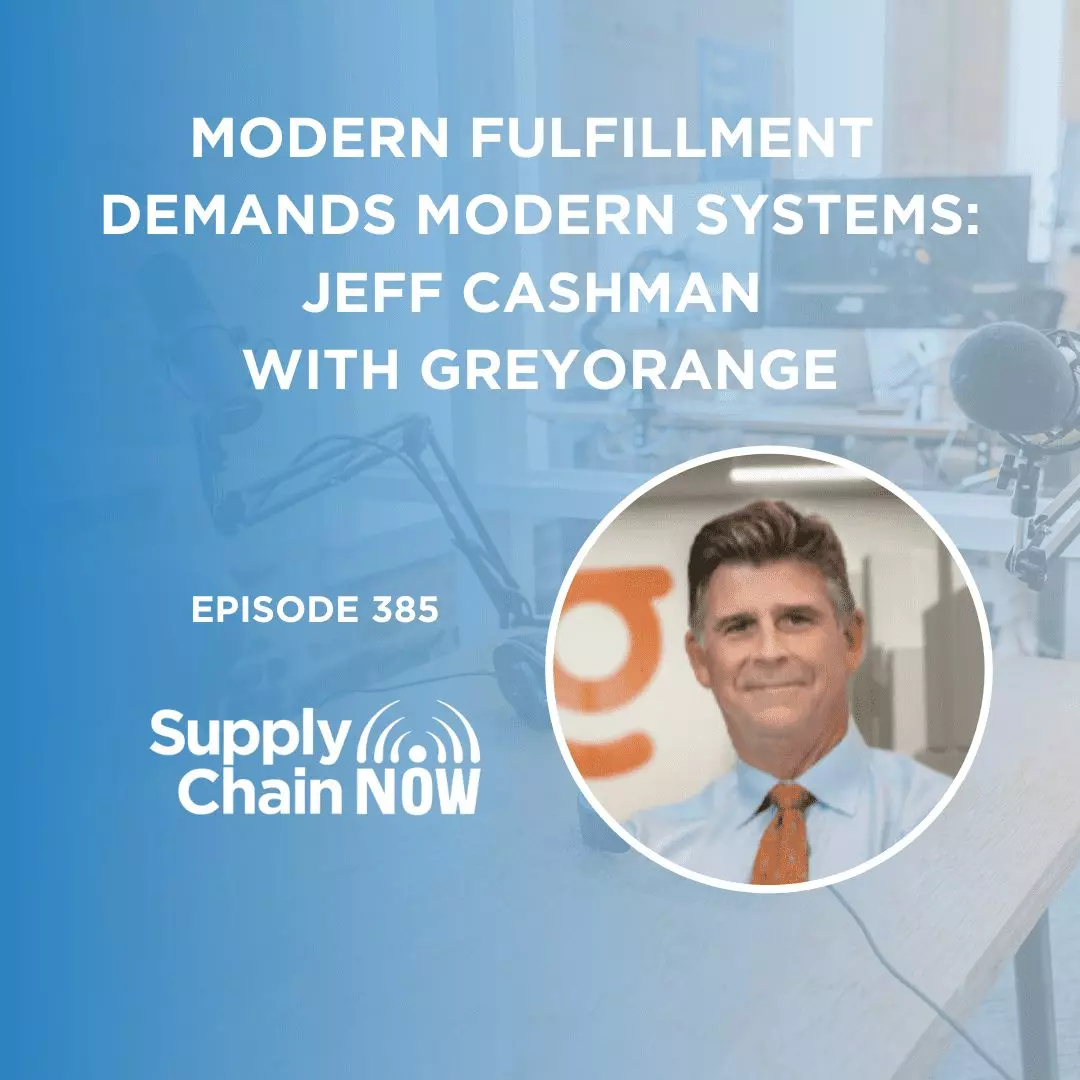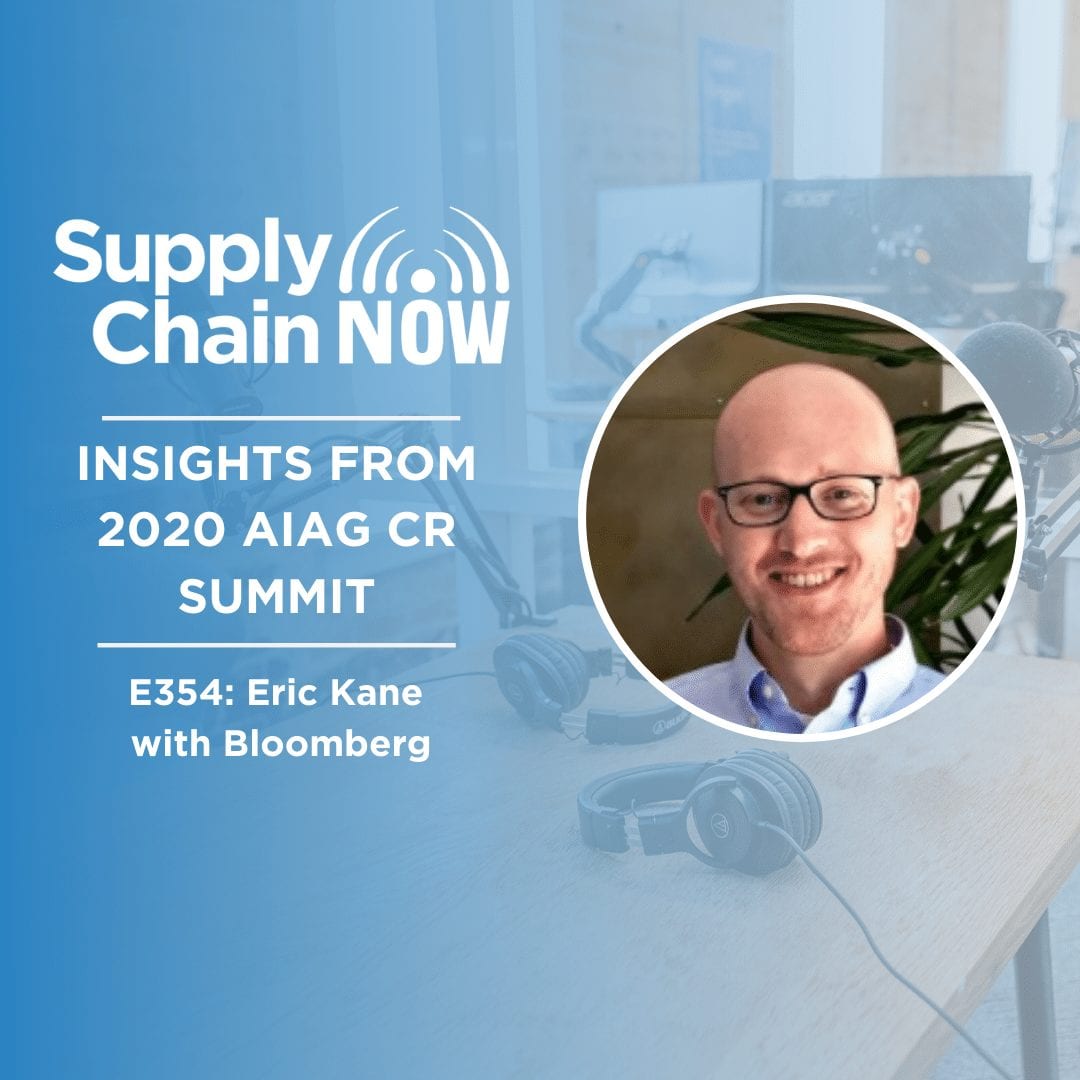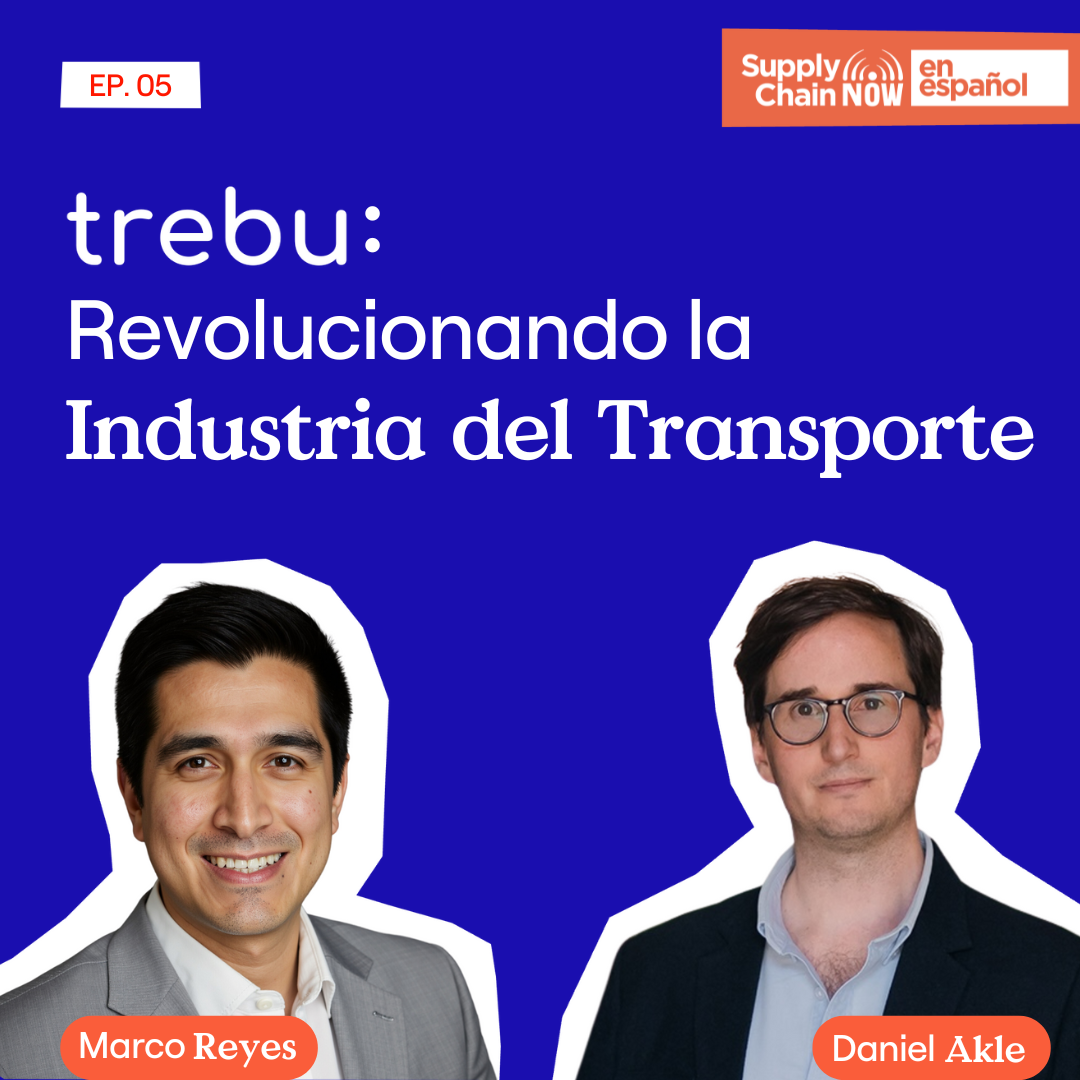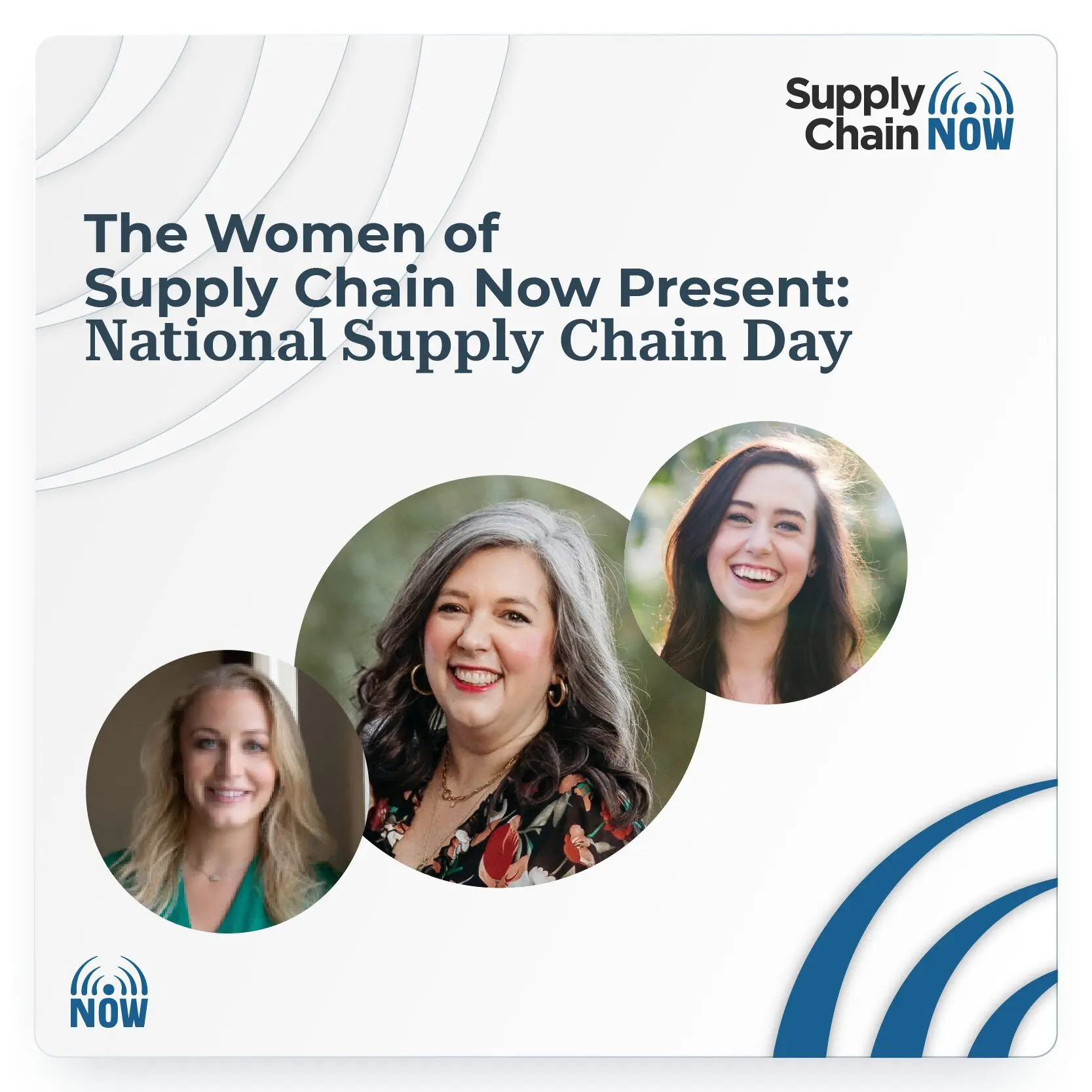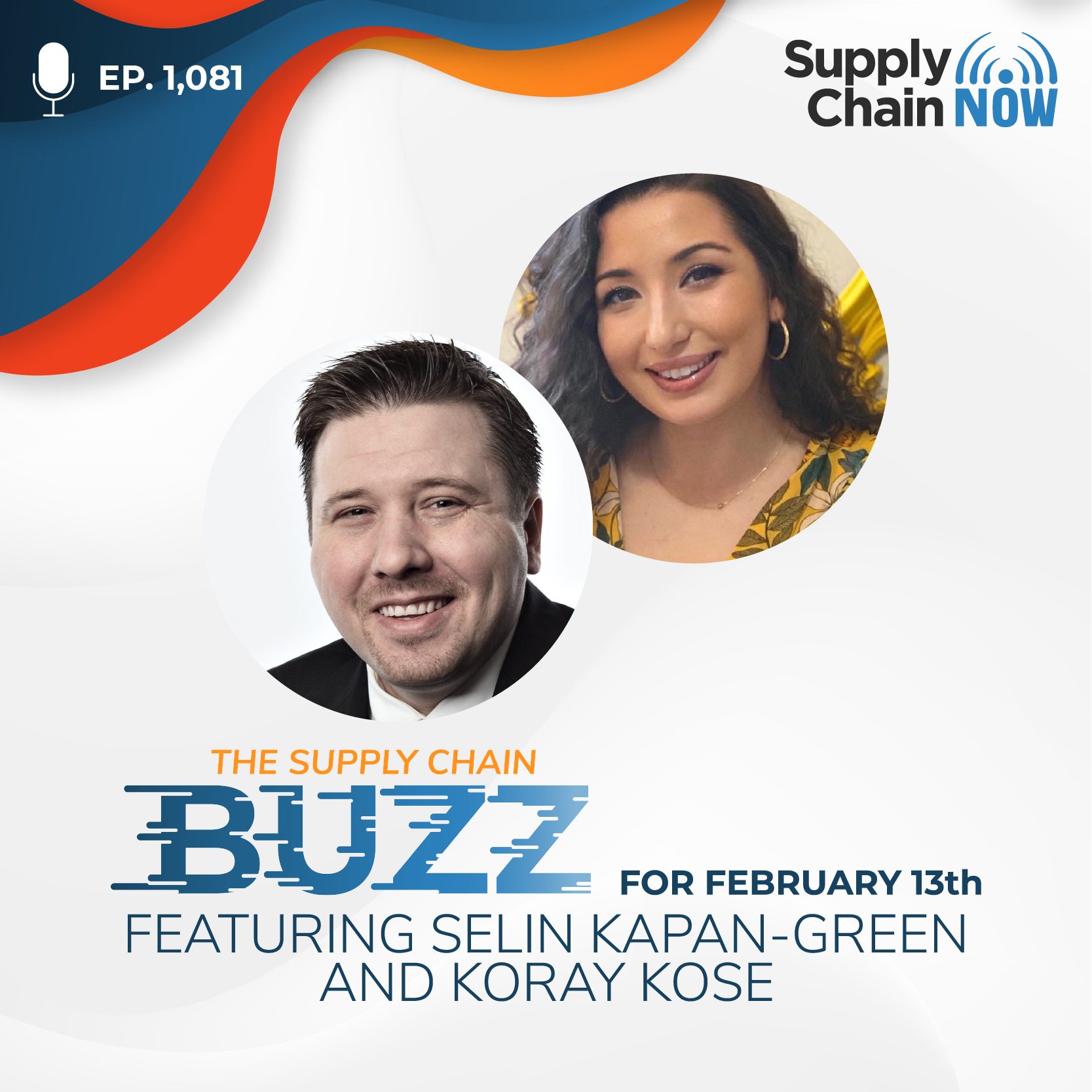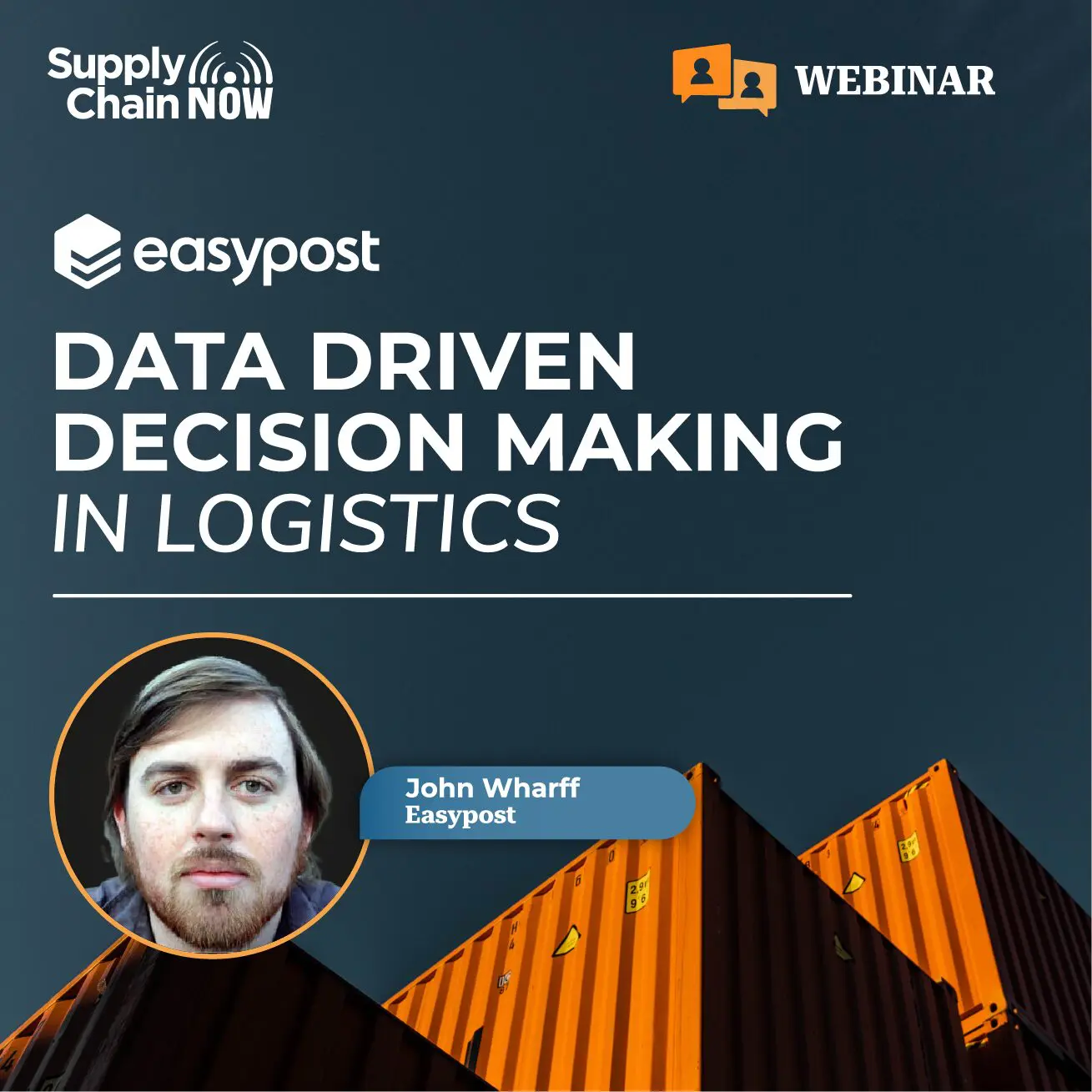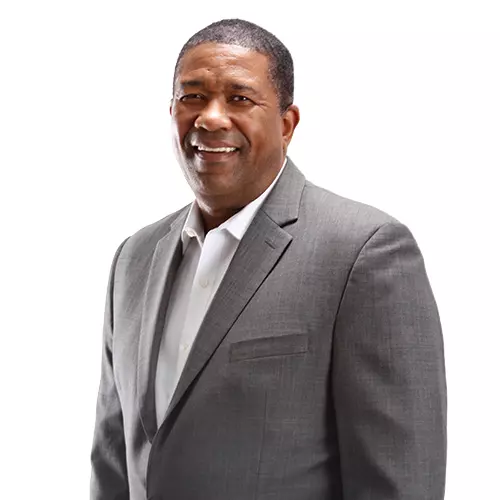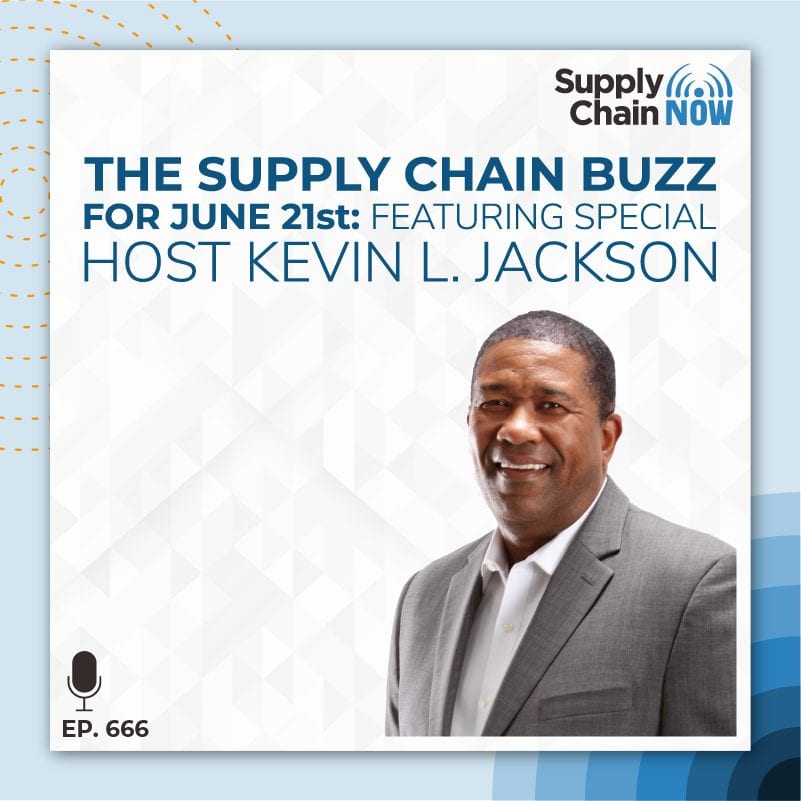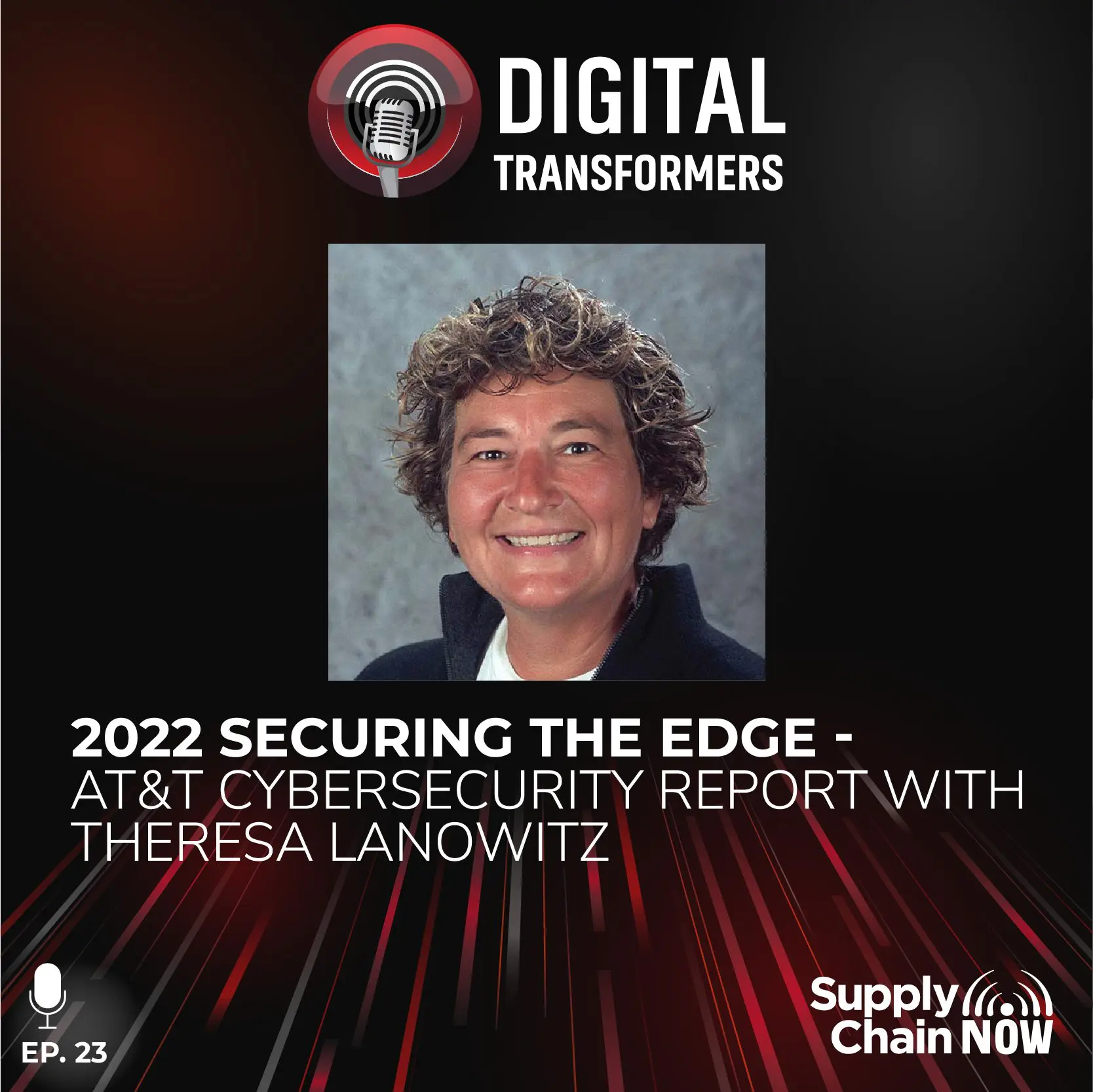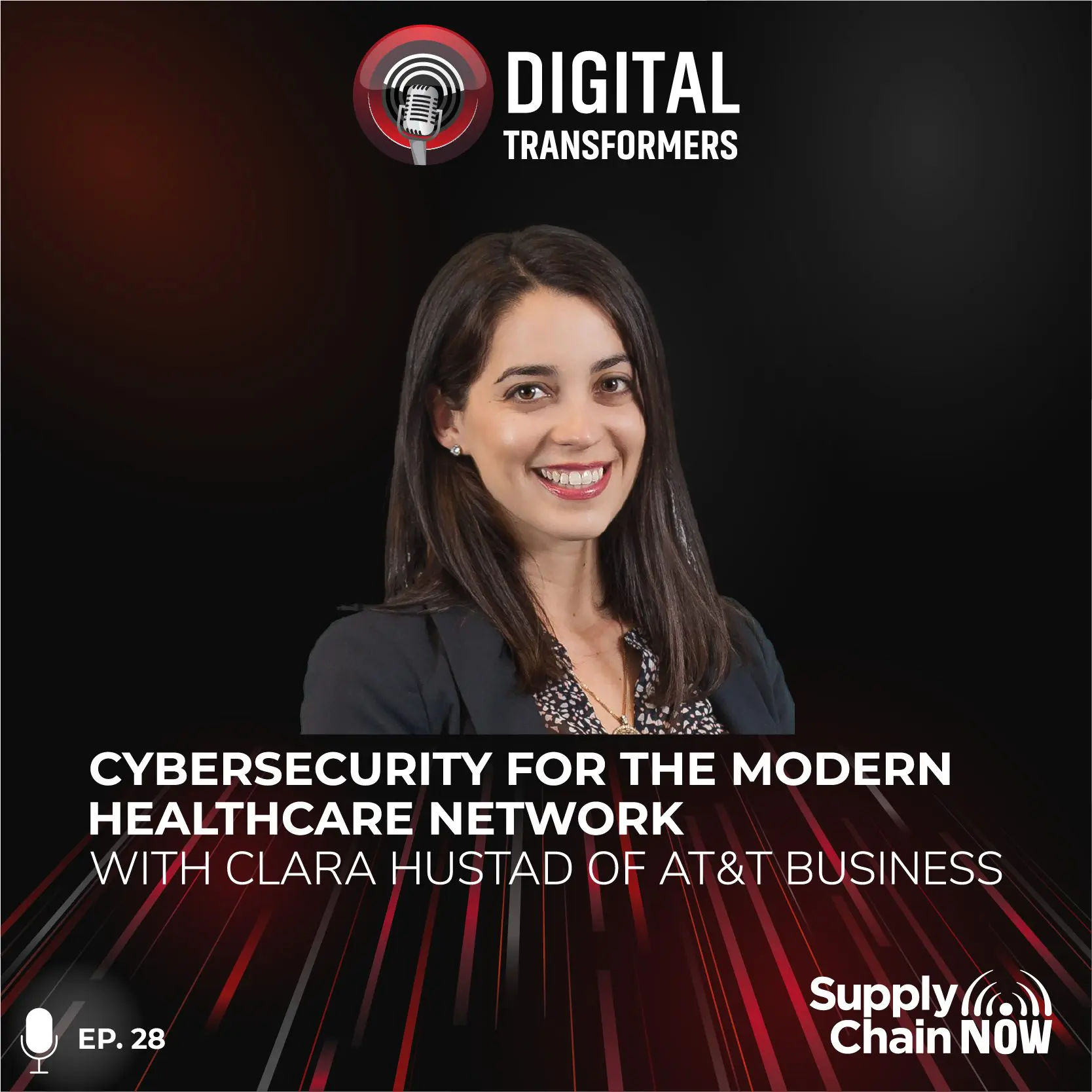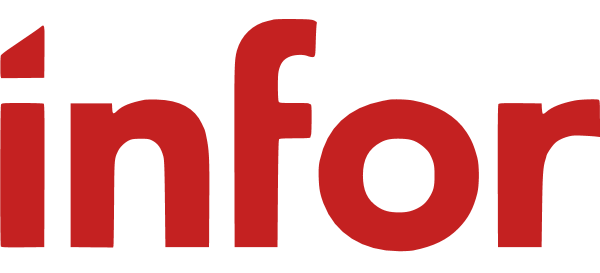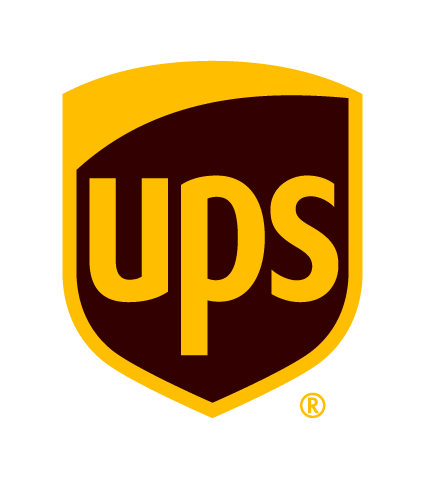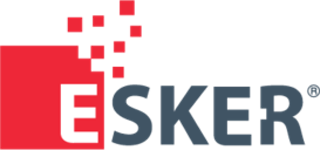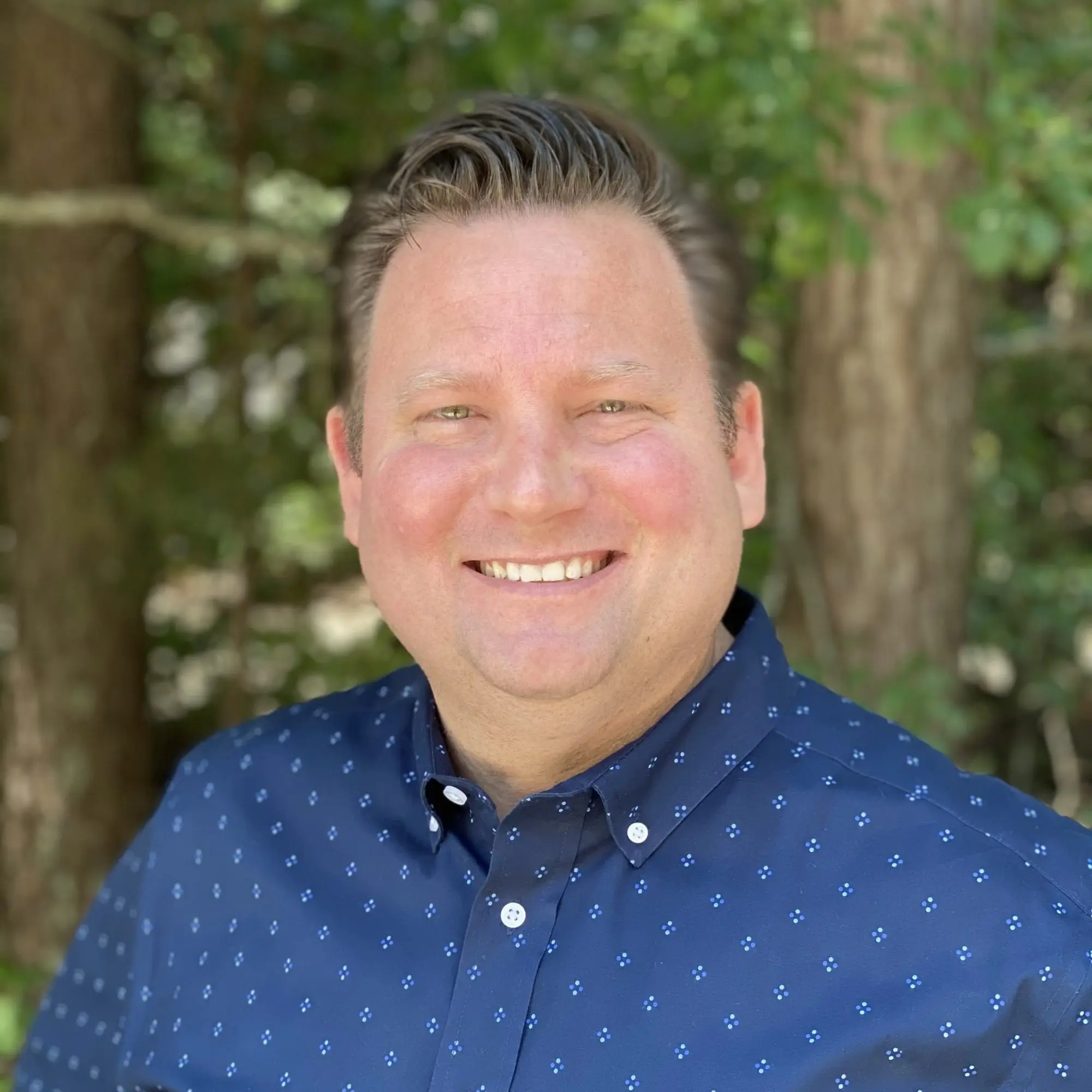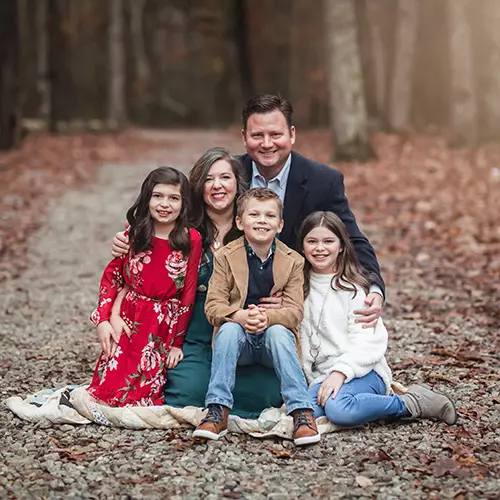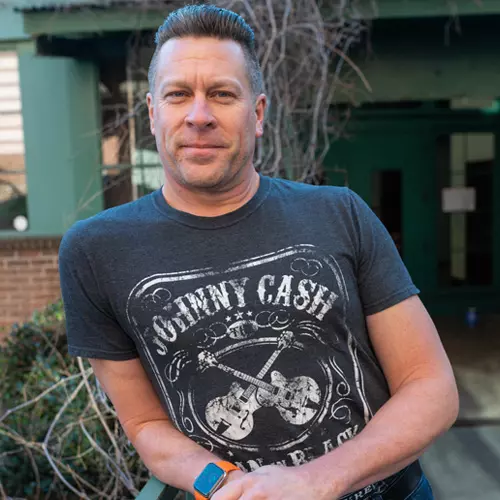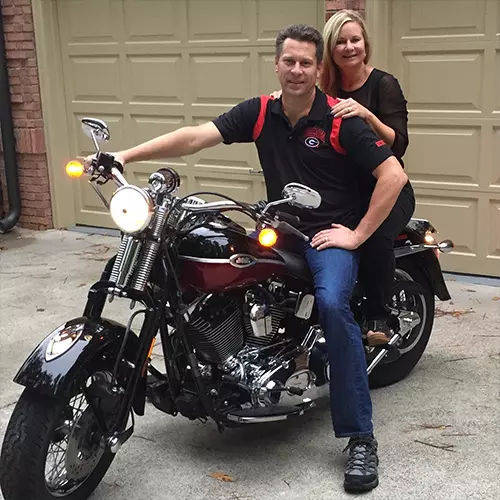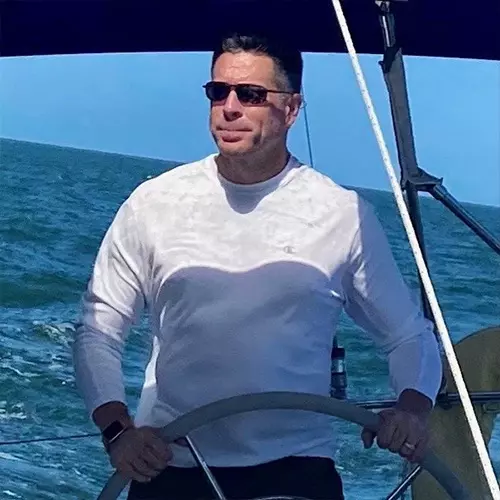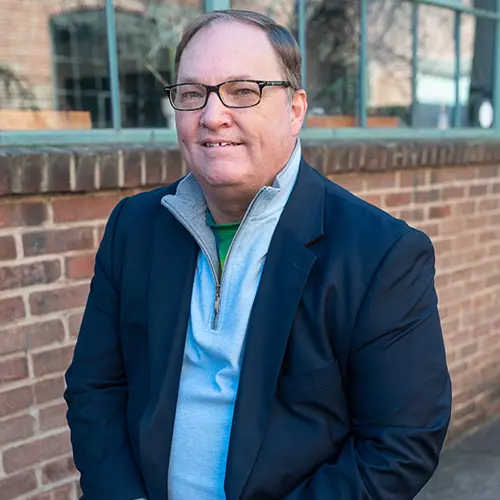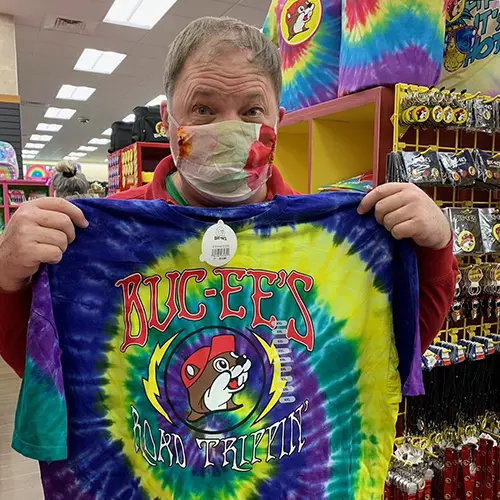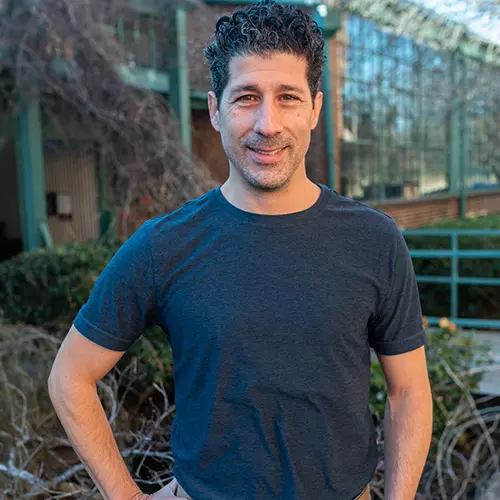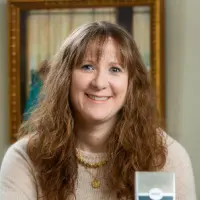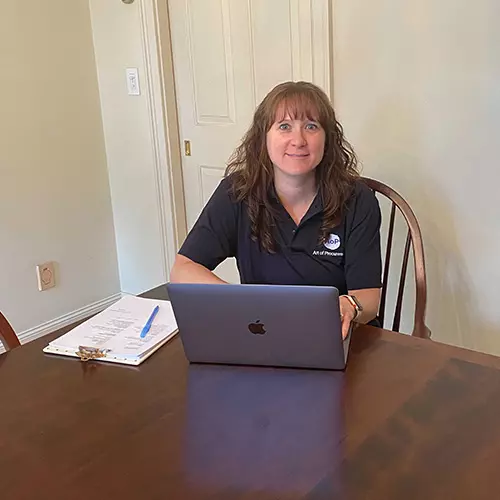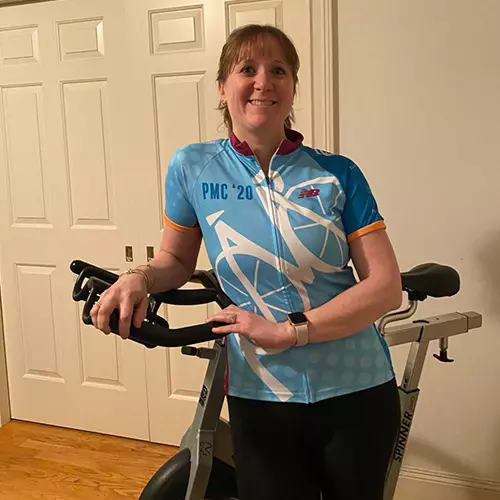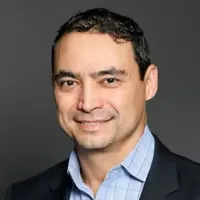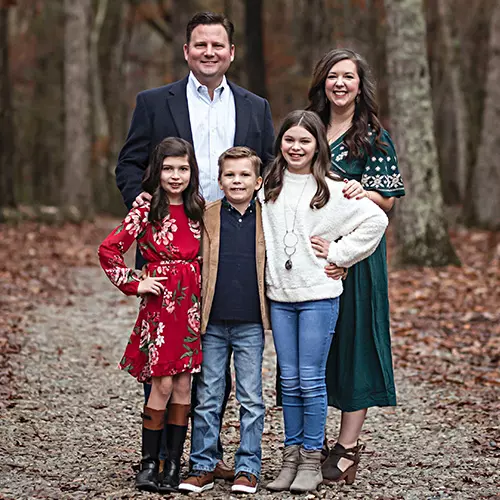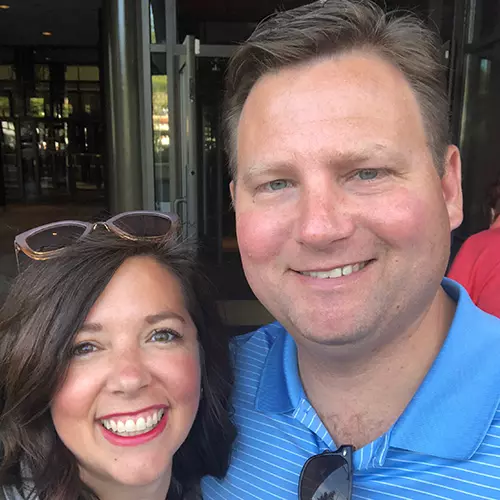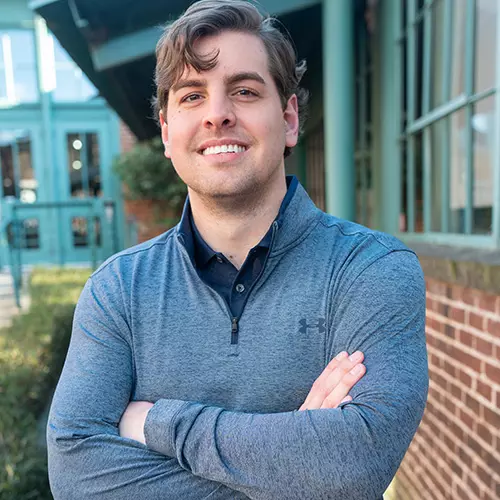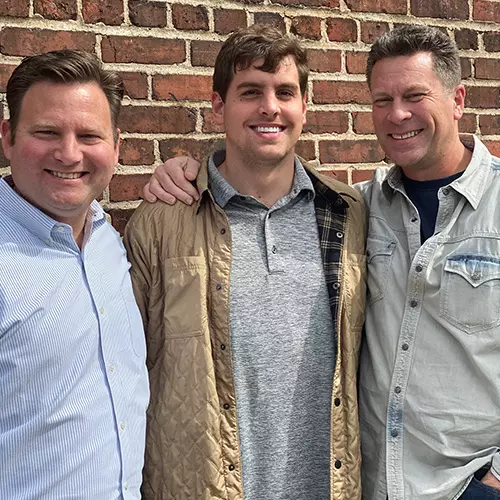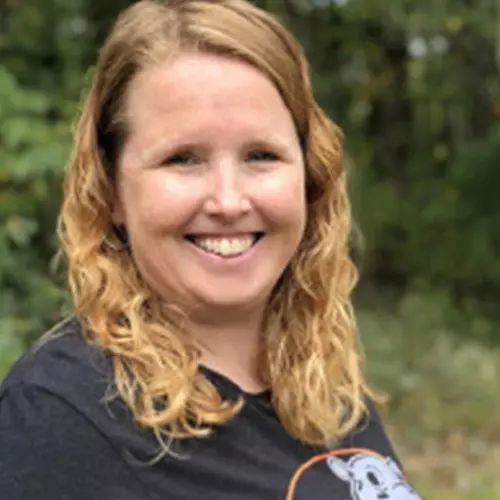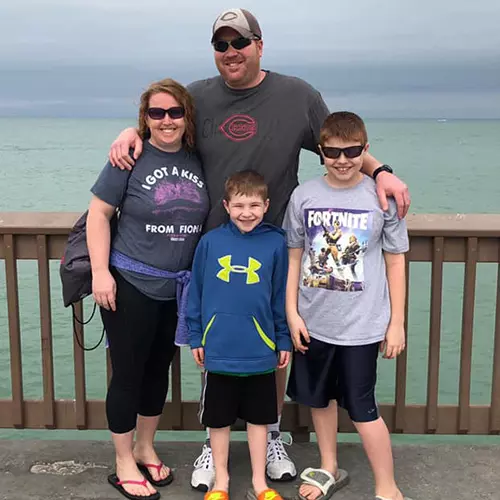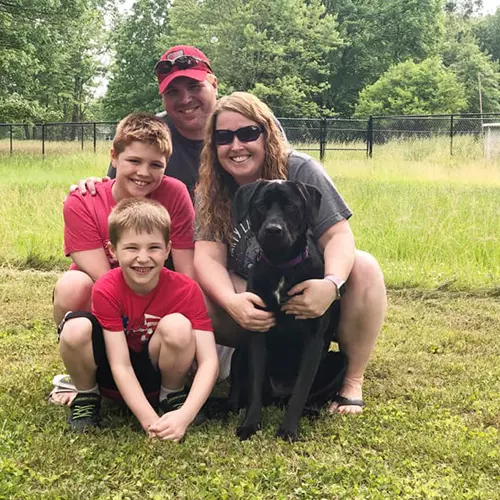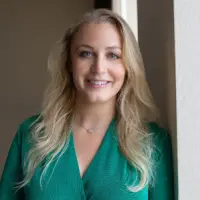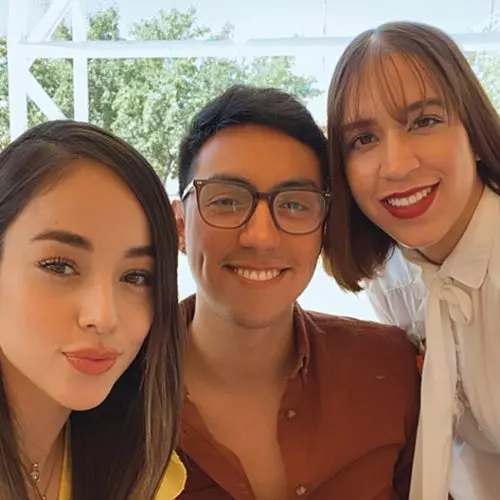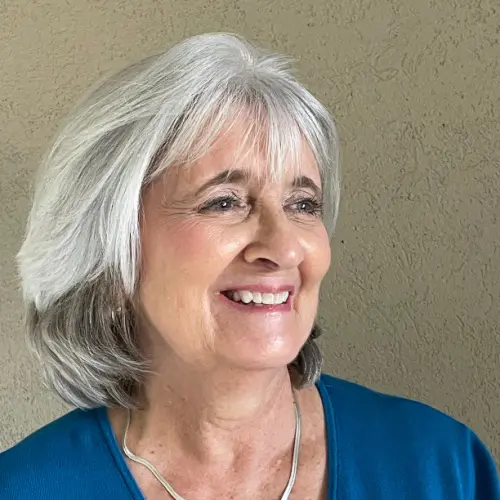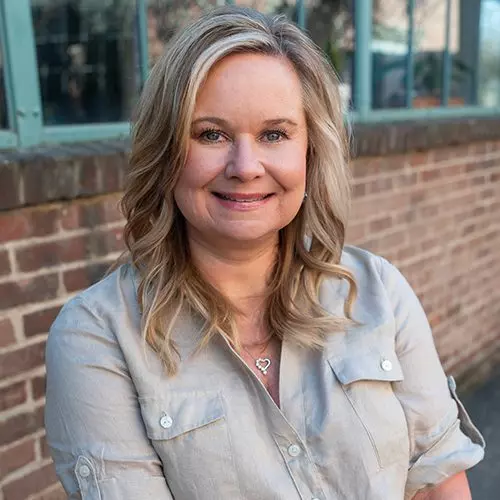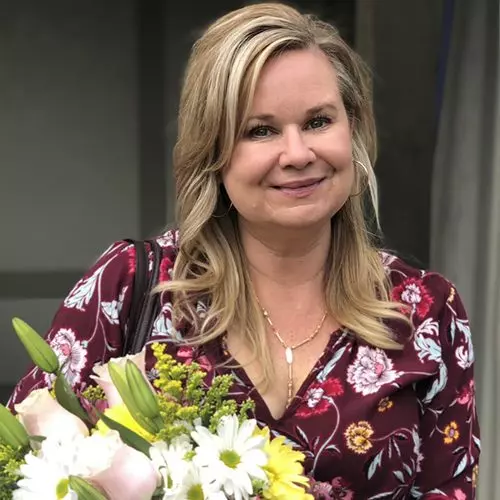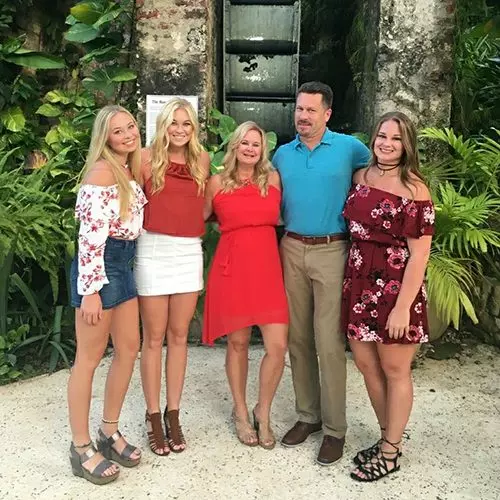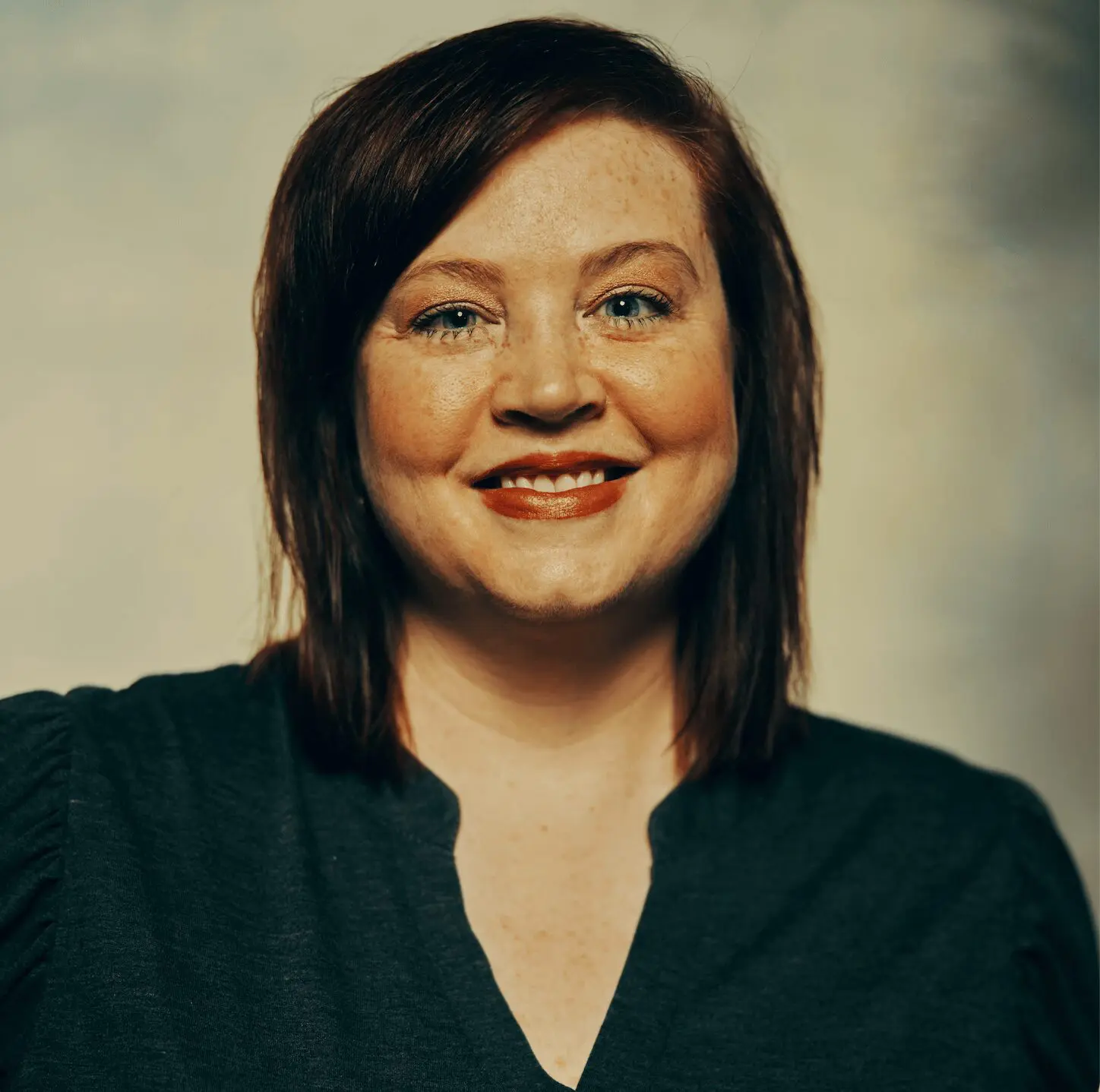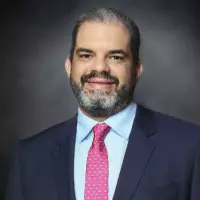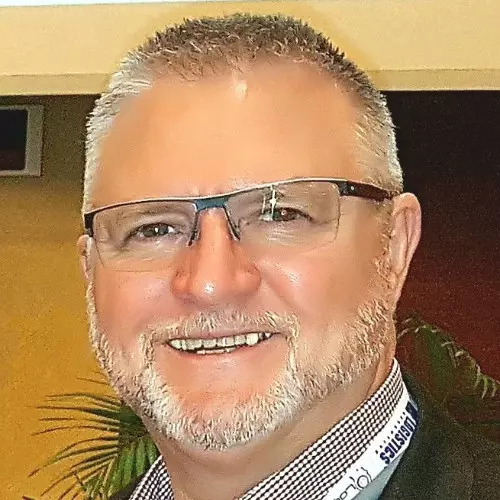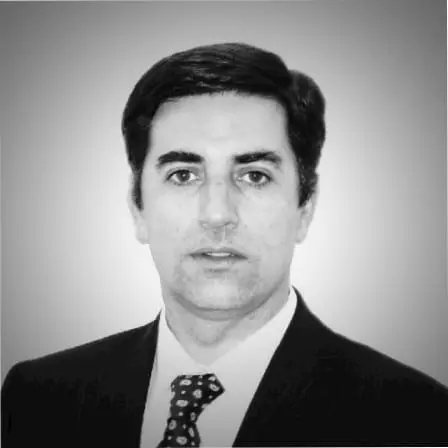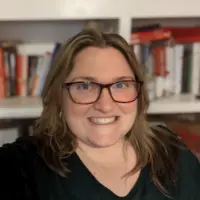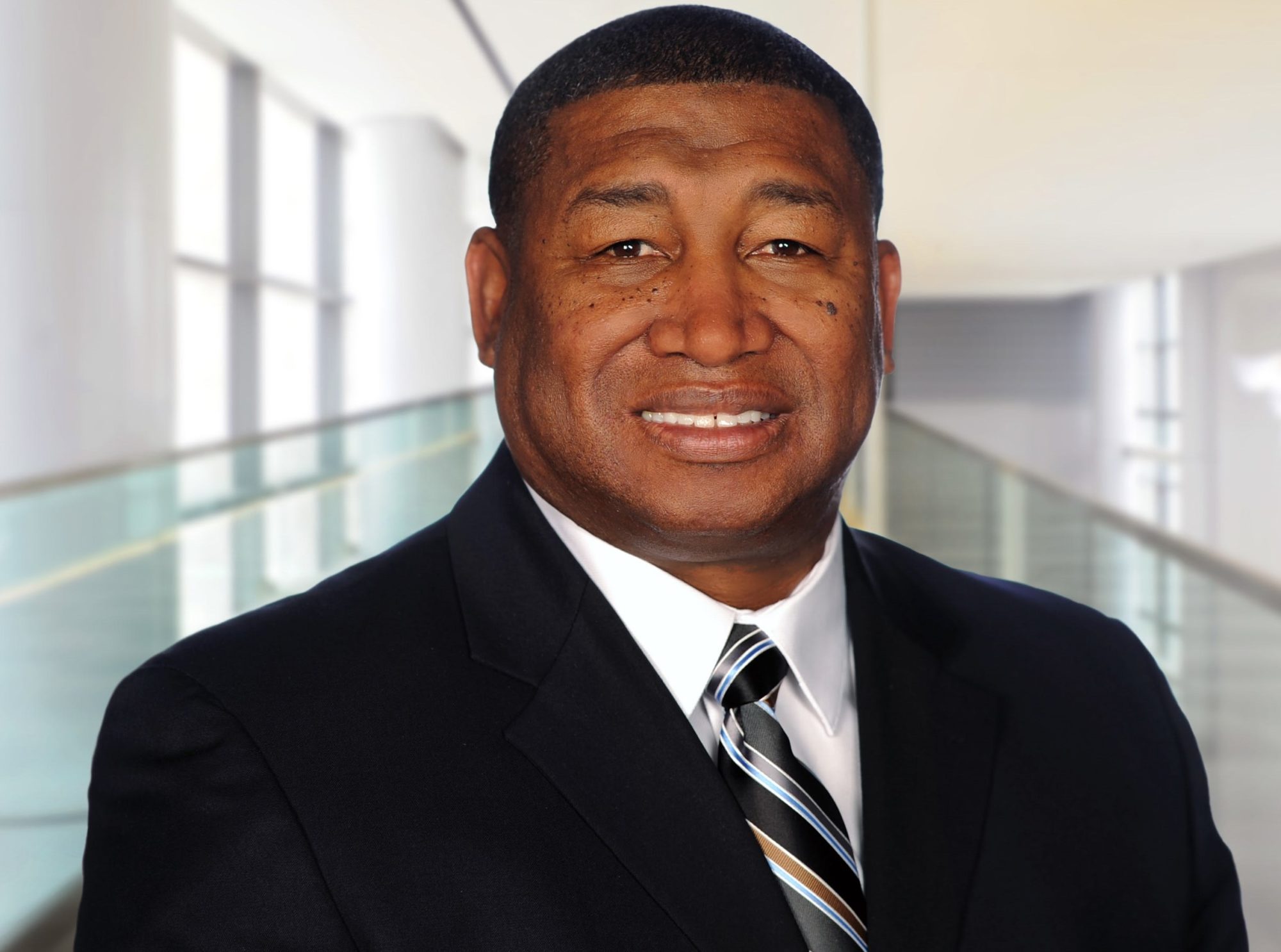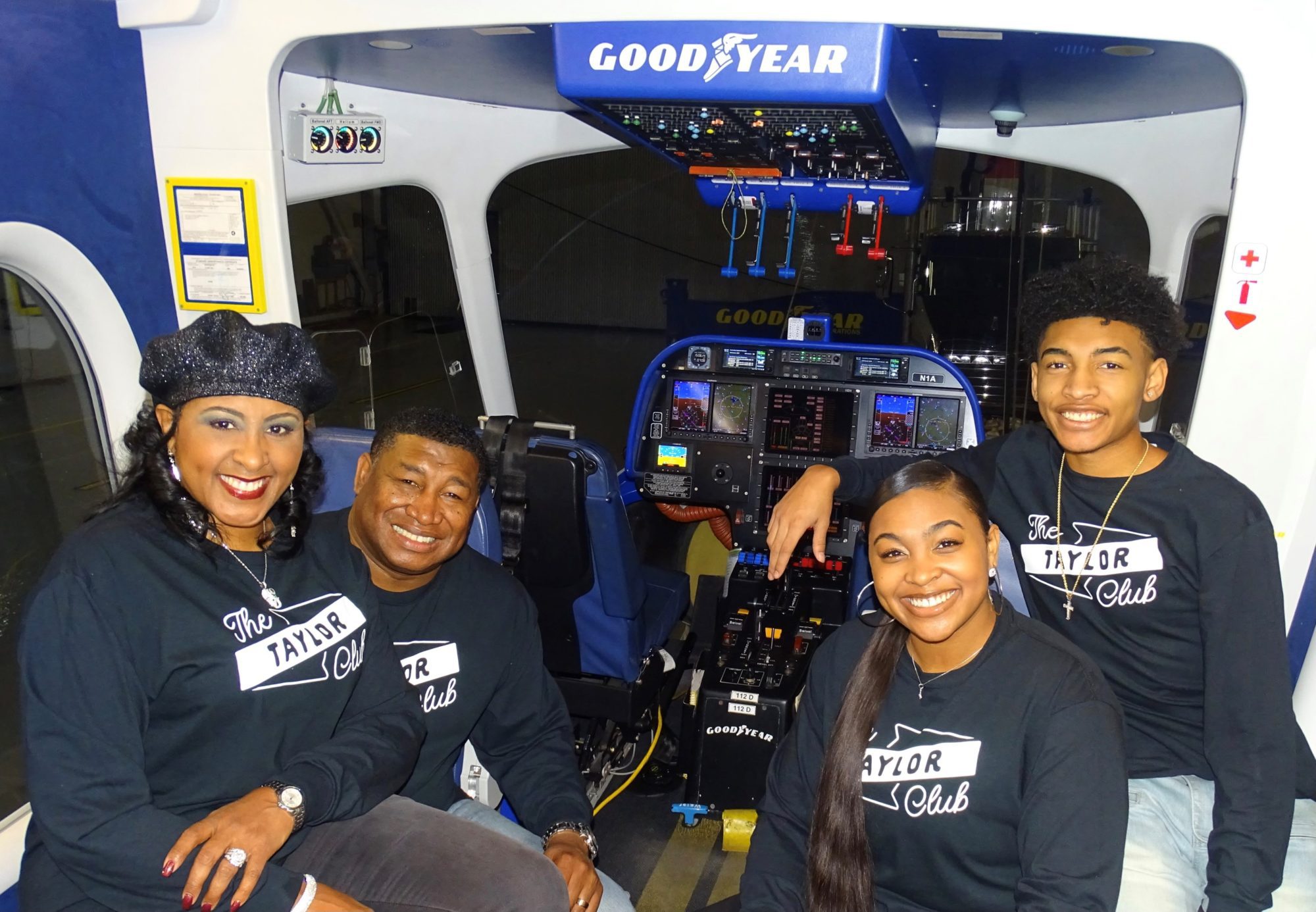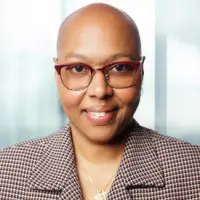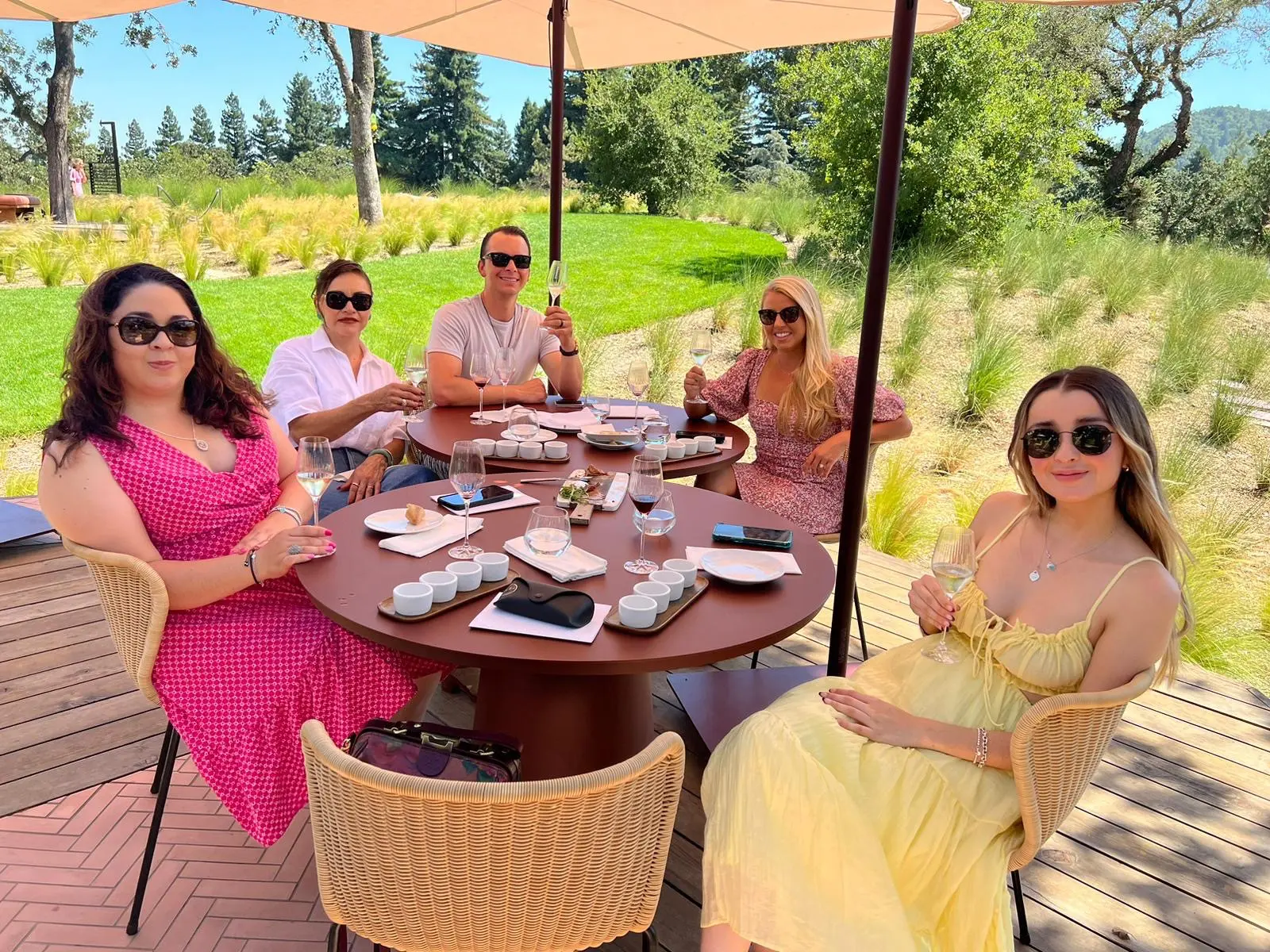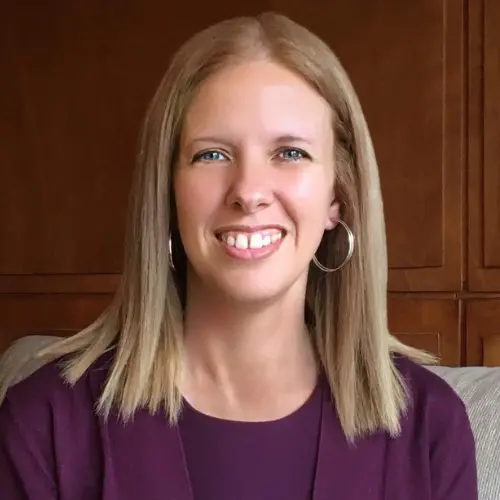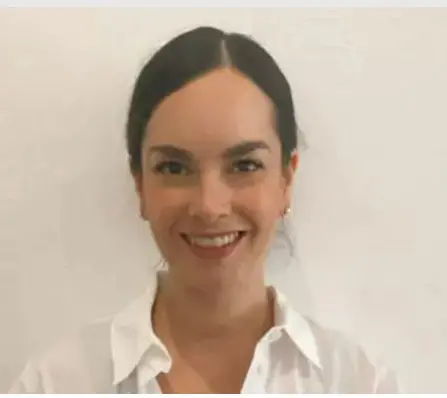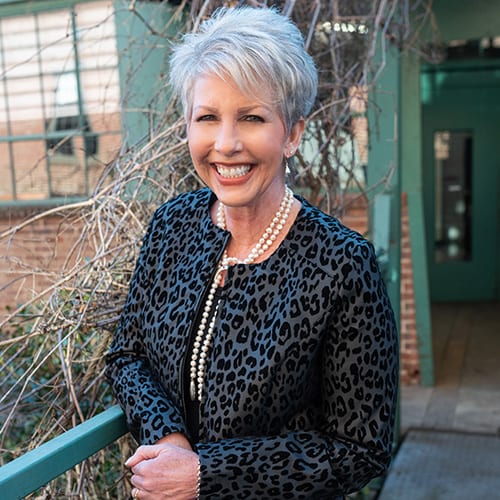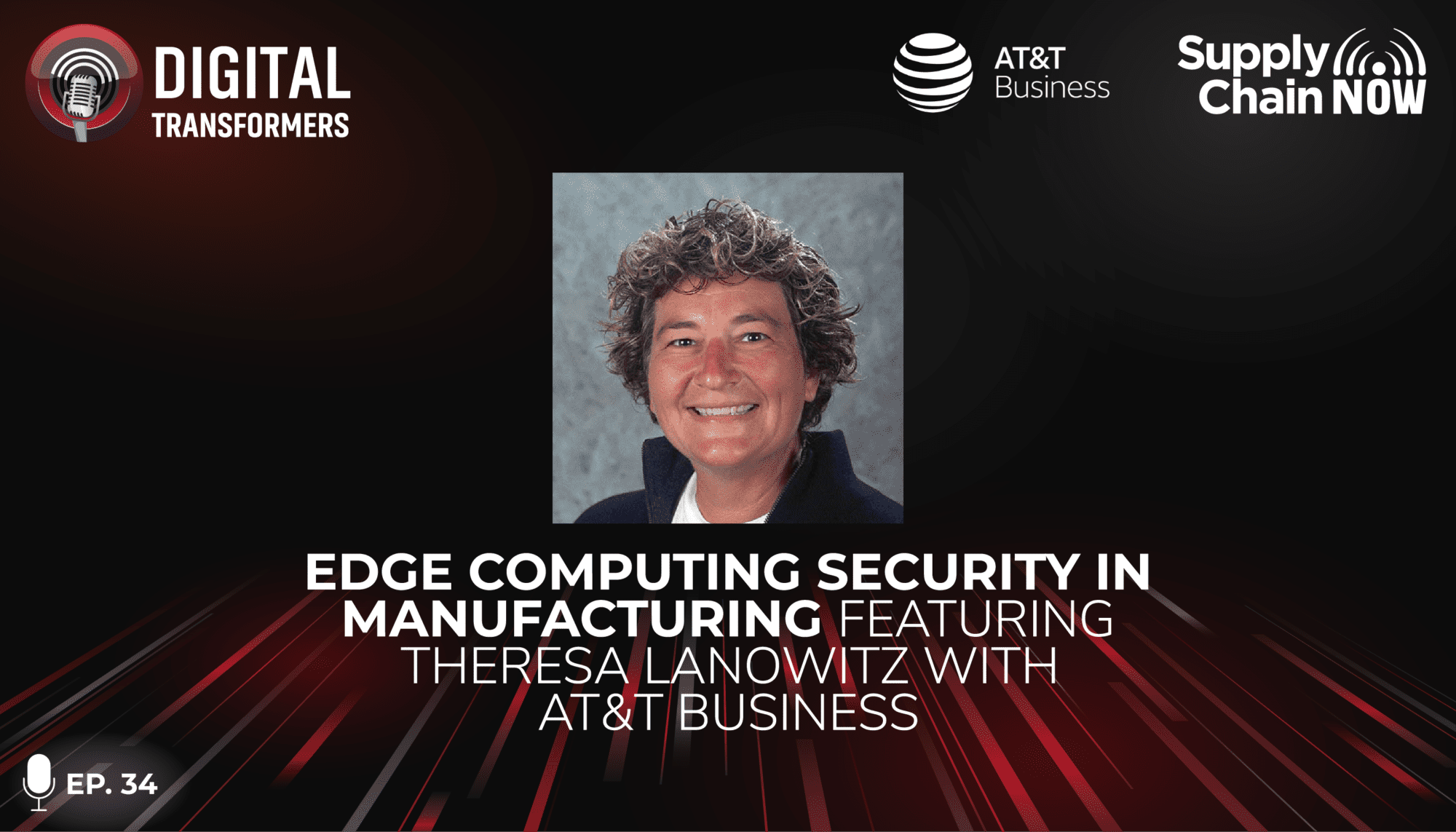
Zero trust is not a product. It's not a product offer. You can't go to your favorite vendor and say, 'I want to buy a zero trust.' It's a philosophy. It's a mindset.
-Theresa Lanowitz
Episode Summary
Who’s leading the way on edge computing? The answer might surprise you (it’s manufacturing). In this episode, AT&T Head of Evangelism Theresa Lanowitz joins Kevin L. Jackson to discuss how the manufacturing industry is embracing edge computing, and what that means for both their operational models and cybersecurity practices moving forward. Tune in to hear Theresa’s thoughts on the traditional friction between IT and OT (and why it has to end), the rise of zero trust and SASE, and more.
Episode Transcript
Intro/Outro (00:01):
Welcome to Digital Transformers, the show that connects you with what you need to build, manage, and operate your digital supply chain. Join your host in a timely discussion on new and future business models with industry leading executives. The show will reveal global customer expectations, real-world deployment challenges, and the value of advanced business technologies like artificial intelligence, blockchain, and robotic process engineering. And now, we bring you Digital Transformers.
Kevin L. Jackson (00:35):
Hello, everyone. This is Kevin L. Jackson and welcome to Digital Transformers on Supply Chain Now. I tell you, we are excited. Why I am excited, because I actually have a repeat guest here on Digital Transformers. Theresa Lanowitz from AT&T Cybersecurity, Head of Evangelism. Welcome back to the show, Theresa.
Theresa Lanowitz (01:04):
Thank you so much, Kevin. I had such a good time talking to you last time that I wanted to come back and talk a little bit more about some of the other information that we have from the AT&T Cybersecurity Insights Report and the Manufacturing Report we created from it. So, it was a great podcast with you last time, so thank you for inviting me back.
Kevin L. Jackson (01:23):
No, no, thank you. I tell you, we had, I think, about 6,000 downloads of your show, so I’m happy to have you back. So, what have you been doing since we last talked?
Theresa Lanowitz (01:39):
So, since the last time we talked, I think we met each other actually in person, which was really a treat. We met each other in person at the RSA conference in June. And RSA was a big, big event. Like we got together in person with 20,000 of our closest friends, and I think everybody was just really happy to be back in person at RSA, and I think that conference was really, really great. Learned a lot, met a lot of really great people. And it’s interesting over the past 18 months, we’ve been working via video, and virtual calls, and such, and it was just great to meet so many people who I’ve been working with very closely for the past 18 months or so, meeting them in person. So, it was a really great show and I’ve been out doing a lot of work with AT&T Cybersecurity on talking about what we discovered in our AT&T Cybersecurity Insights Report, securing the edge, doing a lot of webcasts, still continuing all that virtual work, so I’ve been really, really busy.
Kevin L. Jackson (02:34):
Now, I tell you, that was a well-honed show. I was kind of apprehensive, I guess, is the word, going back to 20,000 people “post-COVID”, although we still have to deal with it, but it was very smooth. And I tell you, it was a real joy to see you IRL there.
Theresa Lanowitz (02:58):
Yeah, IRL, it was a real pleasure to meet you IRL. And it was interesting, because you said 20,000 of our closest friends, a little apprehensive, and I think everybody mentioned, we were all happy to be back in person. But when I was checking out of my hotel on the last day of the conference, the hotel even said, we’re so happy that this conference is back. We’re so happy that you’re back. So, I think everybody was just happy to be back in person, and it was, as you said, just a really great show.
Kevin L. Jackson (03:27):
So, you said that you have been doing a lot of work on the similar cybersecurity reports on other industry verticals. So, a question, how is it different? I mean, are you learning new and different things when you are studying all these different industries? I mean, how is cybersecurity different between these different industry verticals?
Theresa Lanowitz (03:55):
Yeah. So, the work that we’re doing with these industry vertical reports really comes as work that we did on our core AT&T Cybersecurity Insights Report, and that was published in January of 2022. And our focus for that report was securing the edge. So, what we wanted to take a look at is what types of use cases were people really thinking about across different vertical industries, and how mature were they in those use cases in terms of implementing them, or were they just kind of thinking about things? So, a lot of this work in these industry verticals comes from that work that we did, that data that we collected for our core report. And I’ll tell you, the interesting thing is for that core report, we looked at the data in the aggregate. So, saying, of all the people we surveyed, and we’ve surveyed for that report 1,520 people from around the world, of those 1,520, here’s the data on this.
Theresa Lanowitz (04:52):
And it’s been really, really interesting delving into these industry vertical reports so far. Now, we have three. We’ve done one on healthcare. We’ve done one on a US public sector, which is SLED, the state local education in the US public sector, and it’s a state local governments and higher education. And now, we have one on manufacturing. So, it’s just been really interesting seeing how these different vertical markets are really responding to moving to the edge and also how their opinions of cybersecurity differ, where their maturity is in cybersecurity. And to me, it’s been really interesting just seeing that these different vertical markets, some of the vertical markets that you may not really think about are really emerging as leaders with edge computing. Manufacturing certainly is one of them. I mentioned healthcare, the US public sector, retail. So, there are new industry verticals that are really leading the way in edge, and some of them were brought about healthcare. For example, was brought about just by the pandemic, the pandemic caused so many organizations to have to pivot and rethink their business model much more clearly and a little bit differently.
Kevin L. Jackson (06:05):
Well, you’re right about not thinking about manufacturing when you’re talking about these leading edge technologies. I mean, to be fair, edge computing is kind of out there, right? Like retail would jump on edge, because you have to be where your customers are. They’re on their smartphones, so you got to support them on the smartphone. But manufacturing, I mean, they’re often cited as being slow to adopt new technology. The report says that 78% of manufacturing respondents are really planning partially implemented or have fully implemented in edge use case. So, adoption trends, like changing for manufacturing, what’s with this?
Theresa Lanowitz (06:58):
Yeah. I think manufacturing has had its reputation in the past of being this very stayed type of industry. And if you look at the things that have happened over the past decade or so, it really has changed manufacturing. And what we found out in our research is that manufacturing, as you said, 78% of the survey respondents who identified as manufacturing organizations were really in that mature phase or sort of in that partial implementation of an edge use case. And the way we defined these different stages, we said—kind of, we identified them in, I think, about four or five different stages. We said, are you in that ideation phase, where you’re just thinking about moving to the edge? You’re out there, you’re doing some research, maybe you’re reading some white papers, maybe you’re engaging with some service providers consultancies to understand what’s going on.
Theresa Lanowitz (07:49):
And then, we said sort of that mid-range, sort of that second phase after that ideation is really proof of concept. So, alright, we have an idea, we have a business idea that we want to implement on the edge, and then we have this proof of concept. Let’s just see if it will work. Is it something that will bring us business benefit? Are we going to get a good business outcome from it? And then, that mature stage really goes into, we are able to implement at scale either fully or partially. And so, it’s really impressive that manufacturing organizations are that mature and they’re able to implement at scale, fully or partially, these edge use cases. And the other interesting thing is that if we take a look in totality of the research that we’ve discovered in our report, manufacturing was one of the two leading adoption types of use cases along with the retail segment.
Theresa Lanowitz (08:46):
And retail said, we’re looking at edge for loss prevention, and manufacturing said, we’re looking at edge for visual quality inspection on our assembly lines. So, to me, it is just really encouraging to see manufacturing really advance in the transformation and just be far more sophisticated in how things are being built. And all you have to do is take a look around some of the leading manufacturers and you see how those shop floors have changed. It’s no longer this sort of just rolling things off the assembly line in a very manual way. They’re very, very automated. They’re very sophisticated. So, it’s just really encouraging to see that.
Kevin L. Jackson (09:25):
Well, I want to pull on that video-based quality inspection use case a little bit, because when you think about manufacturing, you kind of visualize all of these robots on the assembly line, putting pieces and parts, and then you think about all the people that were replaced by these robots and the jobs that were lost. But the last bastion was having that human at the end, that check on what the robots put together doing that visual quality inspection. But now, it says 59% of respondents say that that’s the most mature use case for manufacturing organizations. So, why is that the case? What’s happening to people?
Theresa Lanowitz (10:21):
Yeah. In manufacturing, much like many of these other verticals that we surveyed, so we surveyed six verticals for this particular core report, the manufacturing was one of them, retail, healthcare, energy and utilities, US public sector, and financial services. So, manufacturing much like these other industry segments really is looking at how can we deliver better business outcomes? How can we better serve our customers? And if you look at something like those visual quality inspections on the assembly line, what that’s doing is it’s really helping to pinpoint that root cause of a defect. So, if you have an assembly line moving around, you have those cameras, you have those sensors, and all of a sudden, something is off, maybe a measurement is off, maybe you have a flawed part that’s going through, those, in real time, and this is the key, it’s in near real time, they can pinpoint those defects and go backwards in that assembly line to really identify that root cause of what that defect is.
Theresa Lanowitz (11:25):
And now, if you take that, and so that’s a very sort of tactical, here’s what we’re doing on the assembly line, but if you look at that and you transfer that then into the business outcome that you’re getting from that is, for a business, that really reduces the potential for recalls. So, if you have some type of defect that is being entered into whatever it is you’re producing, and you don’t know that until maybe a customer gets it, and says, hey, the variance of this measurement might be off a little bit, or this doesn’t work exactly as it was, suddenly, they have to go back and do a recall in many cases, and then they have to figure out how many were impacted by that.
Theresa Lanowitz (12:06):
We see these recalls all the time. And so, by using that visual quality inspection on that assembly line, using those cameras, using those sensors to really say, here’s where the defect has been inserted, you can then stop the assembly line, and say, from this point forward, we have to test, you bring them back, and to me, that is just such an incredible use case for manufacturers. And it really helps them on this path of that true digital transformation, transforming the manufacturing process and delivering better business outcomes. And that’s really what every business wants to do is to deliver better outcomes, to deliver a better experience for your customers.
Kevin L. Jackson (12:46):
Yeah. And you know what I really like about that is that you’re using humans for what humans are good at, right? You don’t use the humans for those repetitive sort of low-value activities of looking at a part of something. The humans are reserved for the important aspects of determining the reasons for mistakes or failures, and coming up with new solutions, and maybe even improving the whole business process. So, you’re sort of upgrading the humans across the entire process.
Theresa Lanowitz (13:26):
Yeah, exactly. And I think if anybody were to tour manufacturing floors and see some of the visual quality inspection practices in person, everybody would be amazed. It is so advanced and it just delivers such a better product to the end customer and just really helps deliver those better business outcomes. So, the manufacturing floor has changed significantly.
Kevin L. Jackson (13:51):
So, within the manufacturing industry vertical, there’s always a lot of talk about IT and OT, or information technology, sometimes, versus operational technology, and there seems to be sort of friction between those two. Could you maybe explain the difference between IT and OT?
Theresa Lanowitz (14:20):
Yeah. And I think you’re right, that friction is there and the friction is really not necessary. It’s something, I think, that maybe it is sort of becoming more of an urban myth now that that friction is there, because there’s a whole lot of convergence that has happened. And again, a pandemic as a macro event really caused things to change. So, if we take a look at the difference between IT and OT, so IT, information technology, is really business-oriented, and OT, operational technology, is really industrial-oriented. And if you think about the way these systems and the way these people who are working on each side interact, so IT is interacting with information. We all use IT systems. IT worries about infrastructure. It worries about operations, governance. And the OT, the operational technology teams, they’re interacting within a network of machines.
Theresa Lanowitz (15:16):
And so, if you work in OT, you more than likely have to use IT for some things. So, IT is all those business things that we have to worry about. So, if you’re working in operational technology, you still have to use IT applications for maybe human resources, maybe entering time cards, doing things in your human resources portals, such as submitting for vacation days, all the different things that you do through human resources. So, submitting for vacation days, updating your 401(k), those sorts of things. So, regardless of where you work, either in IT or OT, you know, everybody’s using IT. And I think what we’ve seen over the past years is that this idea of friction between the IT teams and the OT teams was certainly there, but I think that what we’ve seen is that the IT teams are learning from the OT teams, and the OT teams are learning from the IT teams.
Theresa Lanowitz (16:14):
And I can remember when I was an analyst, probably back in 2004, 2005, I was doing some work as an analyst, some consulting work as an analyst with a firm that was really OT-based. And there were a lot of people at the firm at the time who had come from the IT side of things, and the OT people were very, very resistant to talking to the IT people. They said, well, hey, IT is IT, what do you know about what we’re doing on this operational technology front? And I think fast forward now 15 years or so and we’ve certainly changed. And if you think about it, the OT, the operational technology, their environments, they don’t change as quickly, because the requirements for what they’re doing are not changing as quickly. And on the IT side, the environments change very, very quickly.
Theresa Lanowitz (17:05):
And on the OT side, you want to work with that near real time experience. And so, we were just talking about visual quality inspection on the assembly line, that’s a near real time experience. And if you think about IT, what IT teams really focus on, the network is really—it’s transactional, so it’s really about the processing of data. And if you look at OT, it’s about that collection of data, and what they’re going to do with all of that data, the supervisory control and data acquisition, the acronym SCADA. So, the operational team, able to gather all of that data and perform analysis on it in a near real time fashion. And the other big thing, I think, that is a big, big difference between IT and OT, and this is one of the things that probably causes a lot of friction or has caused friction in the past is that access to those OT, those operational technology devices, they’re usually restricted to pretty small groups within that organization, and they’re highly specialized, and these operational technology teams and those OT devices, they’re usually using some type of custom software.
Theresa Lanowitz (18:23):
And so, they’re not using a standard operating system. So, they may have five or six different devices, and each of those five or six different devices, maybe using their own different type of operating system. So, you don’t have that consistency of the operating system. But I think that we talk so much about the friction between IT and OT, and I think that what we’ve seen with the pandemic really acting is that macro-factor really has said, hey, more collaboration is better, taking best practices from the different parts of the business uses and learning from the different parts of the business is really, really a powerful thing. And especially as we start to move to the edge, so understanding what maybe the IT team is doing in terms of some of the security controls that possibly the OT team can use. So, really understanding kind of best practices coming from each of those. I hope, I say this with a lot of confidence, I hope that the friction, that the mythical friction is gone and really is kind of an urban myth at this point, so that would be my hope.
Kevin L. Jackson (19:34):
So, the merging of these disciplines, although you are still talking about information technology, it seems to really, uh, affect the approach when it comes to security. I mean, the securing general purpose computers and applications, as opposed to securing specific, or specialty, or even homegrown operating systems and applications, just a completely different viewpoint. So, how does it affect the overall security of an organization?
Theresa Lanowitz (20:15):
Yeah. So, looking at the overall security of an organization, as you mentioned, it’s the idea of securing these devices, these IoT devices in many cases. And we know that with the advent of new networks, with more democratization of computing, we’re seeing more and more IoT devices out there in the market. And so, if you think about those IoT devices, that’s where this idea of controls in the edge versus controls on the edge. So, controls on the edge are really more for this idea of the ingress and egress points, so your typical sort of IT functions that you might have. So, things like intrusion detection systems, special purpose controls that you have inside of your IT organizations, firewalls, that sort of thing. And then, you go to controls in the edge, and suddenly, you’re in the edge, and you have to focus on those controls that are inside of those individual devices.
Theresa Lanowitz (21:15):
And that’s where this idea of zero trust really comes into play. So, that idea of zero trust saying, hey, we’re not going to trust anybody, even though they may be coming from a recognized domain name, we have to really verify that somebody is who they say they are. And now, we get to this idea of these devices, because we are seeing this proliferation of IoT devices that will be joining our network over the coming years, may already have joined our networks, so those devices, those IoT devices do not have a person attention. They’re not running traditional, gooey types of applications. They’re running these headless types of applications. They’re collecting data. They’re all about a lot of that scattered data and so on. So, those, you have to worry about the controls in the edge, and those devices really working with that zero trust mindset, and that zero trust philosophy, strategy, and architecture.
Kevin L. Jackson (22:10):
So, that was a very critical differentiation with respect to the edge controls, either in the edge or on the edge. And you mentioned this zero trust strategy, so how does like pursuit of a zero trust strategy help prioritize investment between these two options of on the edge versus in the edge?
Theresa Lanowitz (22:41):
Yeah. And zero trust is a big talking point. Everybody’s talking a lot about zero trust now. And one of the things that we learned in our research in 2021, when we did our Cybersecurity Insights Report in 2021, is we learned that 94% of our survey participants said they are embarking on a zero-trust journey, figuring out how to really implement zero trust. They have accepted solutions, processes, procedures to enable zero trust. And so, the thing with zero trust is it doesn’t matter where you are, whether you are focused on those controls on the edge or maybe for traditional IT functions, or you’re focused on controls in the edge for more traditional OT types of functions, zero trust is really important and will help you on that journey. So, zero trust is one of those things, and it’s important to say that zero trust is not a product. It’s not a product offer. You can’t go to your favorite vendor, and say, I want to buy a zero trust.
Kevin L. Jackson (23:44):
I want not one of those, right?
Theresa Lanowitz (23:45):
Yeah, exactly. So, it’s a philosophy, it’s a mindset. And the big thing with zero trust is it brings together the classic, and this might be cliche, but it brings together that classic people process and technology. And zero trust is not something that you can say, okay, we’re going to implement zero trust over here, but we’re not going to focus on over here. It brings together the whole organization. And that’s one of the things, I think, that is so exciting about moving to the edge. We have compute becoming more and more democratized. We’re moving to the edge. We’re using networks, lower latency, higher bandwidth, more secure networks than ever before with IG, for example, but zero trust is very important, because we’re saying, we’re going to identify what we want to certainly what we think is going to be attacked, but we also want to identify what we’re going to protect and how we’re going to protect it, how we’re going to protect those applications, those end points, that data. And that data certainly has to be protected, that data has to be trusted, and that data has to be usable, that’s coming from that. So, zero trust is very important as we move to the edge. And we wrote a lot about zero trust in the 2022 report, as well as in the 2021 report, and I know that on our AT&T website, our AT&T cybersecurity website, we have white papers that focus on talking about a zero trust transformation.
Kevin L. Jackson (25:13):
So, this is yet another area where IT and OT are sort of merging and need to work together, but doesn’t that sort of bring up the budget battle also, because resources are driven by the purse string, right? So, as you’re planning your budget for edge computing in manufacturing, how does all this sort of work together?
Theresa Lanowitz (25:43):
Yeah. So, one of the things that we discovered from this research, and this is in the aggregate, is the sweet spot of where across the board, all the people who took the survey, where they’re spending money for security, for their edge projects, the sweet spot is somewhere between 11 and 21%. So, now, we take this to manufacturing, and 50% of manufacturing respondents, and the number of manufacturing respondents we had was right 258. So, the end for manufacturing is 258. So, 50% of those manufacturing respondents said we’re spending somewhere between 11 and 21% of our overall edge budget on security. So, if you take a look at this, this is really, I think, very encouraging, because what it starts to show is that these silos that have been inside of organizations for decades in many cases are now starting to be eradicated on the IT side.
Theresa Lanowitz (26:41):
And we talked about that potential friction between IT and OT, so those silos between IT and OT are being eradicated, because what people are saying is we understand that security is important. We’re not going to wait for some event, some security event to happen to start spending money on it. We’re going to be proactive with it right up front. And this is an interesting point that we found as well. In our 2021 research, we found that the line of business said, we are moving to the edge, we’re moving to adopt 5G networks, because of the business differentiation that they can deliver to us. So, again, there are business outcomes, the better experience for customers, and so on. So, the line of business is largely driving that, but what we also found out, and to me, this was really encouraging, the line of business said, yeah, we’re moving because it’s a business differentiation, but we are only moving if we’re in lockstep with the security team.
Theresa Lanowitz (27:45):
So, suddenly, the line of business and the security team are talking, they’re communicating, they’re collaborating, they’re working together, which is just wonderful. And as we move to more democratized compute, like we are at the edge, my prediction is we’re going to see more and more of those silos eradicate. So, we’ll see the IT team talking to the OT team, talking to the line of business, talking to the development team, and as you move to the edge, everything changes, the type of network that we’re going to use changes. The use case changes, the way we interact with data changes, and the applications change as well. So, that whole life cycle, that whole ecosystem is changing. So, it’s a pretty exciting time.
Kevin L. Jackson (28:28):
Yeah, it sounds like. And I mean, since the security and the business leaders are really aligning, that’s probably what’s driving this increase in budget for security. But with that said, looking at your data here, like only 29% of manufacturers really look at patching their applications as an important control. Why is software security not really appreciated? Is that the word?
Theresa Lanowitz (29:09):
I wouldn’t say that manufacturers are saying security is not appreciated, because manufacturers, the manufacturing organizations are certainly saying security is appreciated. And what they also told us is they said, you know what, we realize that as we move to the edge, this is something new, we realize that there is a perceived risk. So, we think that yes, an attack is likely, and we know it’s going to impact our business, and we’re doing everything we can back to that idea of they’re spending somewhere between 11 and 21% upfront on security of their overall edge budget. But if you think about this idea of patching, security’s so much more than patching. And I have to say, I was really surprised when we got these numbers back regarding patching and the effectiveness of patching as we moved to the edge, I was surprised that people were so honest about patching.
Theresa Lanowitz (29:59):
I think that patching certainly has a place, certainly is something you should have in your repertoire of what you’re doing. But if you think about moving to the edge, this goes back to one of the key points of OTs, operational technology, it’s really industrial-focused. It interacts with a network of machines, and that network of machines may not be easily patched and they change infrequently. So, you may have a camera somewhere that maybe it’s out of date, maybe it’s no longer produced, so the company is no longer going to be updating that firmware or updating anything about it, but you’re still using it. So, this idea of patching, and in general, patching is it’s very manual, so we want to move to things that are more automated in fashion, and we want to move to things that are more proactive in fashion versus reactive.
Theresa Lanowitz (30:55):
And we want to move beyond just that manual activity. So, I think that manufacturers moving to the edge, they have been so—they were so clear in the fact that here are our top use cases. One of the top use cases in all the studies is saying, you know what, here’s what we’re doing, our top use cases, visual quality inspection, we’re also doing things like smart warehouses, all these other types of interesting things that manufacturers are doing, and they’re saying, you know what, we understand the impact to our business would be so severe if there was some type of cyber event, so we’re going to do everything we can to be as up to date as possible, as smart as possible about how we’re implementing security. So, I think those manufacturing organizations are really taking a look at security, and saying, yeah, it’s something that’s really, really important for us, which is, again, just so encouraging across the board.
Kevin L. Jackson (31:56):
Well, the focus on security is very encouraging, but it also sounds like it’s in house, right? It’s that, I mean, where these applications, these systems, these networks that we’re building are bespoke, where they’re this way, because it is what gives us our competitive edge in the industry. So, the security is all in house, so does that mean that managed security services that are provided, by definition, by organizations outside are not suitable for manufacturing?
Theresa Lanowitz (32:41):
Yeah, you bring up a really good point, and I would say that manufacturing organizations are not saying, hey, we’re going to do this all on our own. One of the things we know, compute is becoming more democratized, it’s becoming more complex. So, manufacturing organizations, just like any other organization is saying, you know what, we want to innovate, we want to be able to deliver those better business outcomes, so we’re going to ask for help. One of the things we found in our 2021 research is that 95% of the organizations we surveyed said, as we start to move to the edge, we are going to seek the help of a telco of a consultancy, of a global systems integrator, of a vendor, they’re going to seek help. And what we found out this year in our 2022 research is that 65% of our respondents across the board said, we are working with a third-party to help us implement these edge use cases and these new edge networks.
Theresa Lanowitz (33:38):
So, organizations are asking for help and I think that’s really smart. And what we’re also seeing is this movement of SASE, the secure access service edge, right? And again, the pandemic really accelerated this idea of SASE with the biggest use case of work from home. We’re not all sitting in the office, so we’re all sitting at home on our laptops and all that data was being back-hauled into the data center. And so, SASE, secure access service edge said, you know what, let’s focus on doing this in the cloud. And manufacturers as well, 50% of manufacturing organizations say that, yes, we are combining our network functions and our cyber security controls in the cloud. So, that makes it pretty easy for managed security services. So, managed security services for manufacturing, that’s definitely something that manufacturers are taking advantage of and will continue to take advantage of. That’s a big, big opportunity out there for organizations to ask for help, to be able to say, you know what, I need to safeguard my digital assets, my beta, my application, my endpoint.
Theresa Lanowitz (34:45):
I need to make sure that in the event that there is some sort of cyberattack, that I am experiencing some sort of cyber risk that I can act with confidence, work with my managed security services vendor that I’m working with. And also, the other thing that people really want to do is they want to be able to drive that operational efficiency into the cybersecurity budget that they have. So, they’re spending more, they’re investing more in cybersecurity right upfront, and that’s a really positive thing. And then, being able to drive that operational efficiency into that budget is really critical as well. And that’s what managed security services can only do.
Kevin L. Jackson (35:23):
So, managed security services are live and well when it comes to edge computing. I tell you, Theresa, I could talk with you forever with all of this. You are such a wealth of knowledge. So, thank you for your time, and your perspective, and insights today. But unfortunately, we sort of come to the end about time. So, how can the audience get a copy of this most recent at the edge report or manufacturing, or even reach out directly to you for questions?
Theresa Lanowitz (36:01):
Yeah. So, getting a copy of the report, go to att.com/business, click on the Cybersecurity link, and the report is right there at the bottom of the page. And on the manufacturing report, the healthcare report, and the SLED report, those reports are not dated. To get the overall, the larger AT&T cybersecurity Insights Report, again, visit att.com/business, click on Cybersecurity, and you’ll see the download page for the larger core report. So, thank you so much. And what I want to—I’d like to wrap up and say that we are in such a transformative time and such an interesting time for compute, and that what manufacturing organizations specifically can do is really continue to focus on that collaboration. Don’t let that urban legend of that friction between IT and OT kind of ruin your collaboration that you are doing, so collaborate.
Kevin L. Jackson (37:00):
Ruin your plans, right.
Theresa Lanowitz (37:02):
Yeah. Know your data, because the edge is all about the data, know what’s going on with your data, understand your supply chain, and we didn’t even get a chance to talk about supply chain, and I know that’s one of your really big topics you like to focus on, but really understanding that supply chain, having confidence in your supply chain, understanding what each of your suppliers are doing for security, and so on. And then, this idea of shared responsibility, and we talked a little bit about that. So, understanding where your responsibility of connecting your data, your applications, your endpoint, connecting that to the network, connecting those to your favorite public cloud provider, understanding where your responsibility starts, and either the network provider or the public cloud provider, where their responsibility ends. And then, don’t be afraid to ask for help. This is new. This is evolving. Don’t be afraid to ask for help. I think those are some of the best sort of key takeaways and advice that I could offer up.
Kevin L. Jackson (37:56):
I tell you, you did—I’m going to go for one more, because you mentioned supply chain, and there’s this big push to have more visibility in supply chain, both from partners and from customers. How does that translate into manufacturing edge security?
Theresa Lanowitz (38:24):
Yeah. And supply chain is such an interesting thing. It’s now in our everyday lexicon, and part of the zeitgeist, the moment that we’re living in, and we know that the supply chain is only as strong as its weakest supplier. And when I’ve been talking with manufacturing organizations, what they’re saying is they’re going to set up sort of a catalog of suppliers to really look at what that supplier can provide to them in terms of what they need for fulfilling that supply chain in terms of products, and so on. But what they’re also looking at is the confidence level that they have in the security of that provider. So, what is that provider doing to make sure that they’re handling cybersecurity controls correctly in their environment, that they’re handling cybersecurity controls effectively as they send that piece through that supply chain. So, that idea of ranking or putting together a catalog of confidence for supply chain providers, supply chain vendors is something that I think we’re going to see a lot of in the coming year or so.
Kevin L. Jackson (39:31):
So, it sounds like zero trust and visibility across the network really are synergistic, they’re supporting each and they both need to be part of your forward strategy. So, thank you very much, Theresa. In closing, I would like to invite everyone to check out a wide variety of industry thought leadership at supplychaindown.com. All those links that Theresa had mentioned are available in the show notes for this program. And you can find Digital Transformers and Supply Chain Now wherever you get your podcast, so be sure to subscribe. So, on behalf of the entire team here at Supply Chain Now, this is Kevin L. Jackson wishing all of our listeners a bright and transformational future. We’ll see you next time on Digital Transformers.
Intro/Outro (40:36):
Thank you for supporting Digital Transformers and for being a part of our global Supply Chain Now community. Please check out all of our programming at supplychainnow.com. Make sure you subscribe to Digital Transformers anywhere you listen to or view the show, and follow us on Facebook, LinkedIn, Twitter, and Instagram. See you next time on Digital Transformers.
Featured Guests

Theresa Lanowitz is a proven global influencer and speaks on trends and emerging technology poised to help today’s enterprise organizations flourish. Theresa is currently the head of cybersecurity evangelism at AT&T Business. Prior to joining AT&T, Theresa was an industry analyst with boutique analyst firm voke and Gartner. While at Gartner, Theresa spearheaded the application quality ecosystem, championed application security technology, and created the successful Application Development conference. As a product manager at Borland International Software, Theresa launched the iconic Java integrated development environment, JBuilder. While at Sun Microsystems, Theresa led strategic marketing for the Jini project – a precursor to IoT (Internet of Things). Theresa’s professional career began with McDonnell Douglas where she was a software developer on the C-17 military transport plane and held a US Department of Defense Top Secret security clearance. Theresa holds a Bachelor of Science in Computer Science from the University of Pittsburgh, Pittsburgh, PA. Connect with Theresa on LinkedIn.
